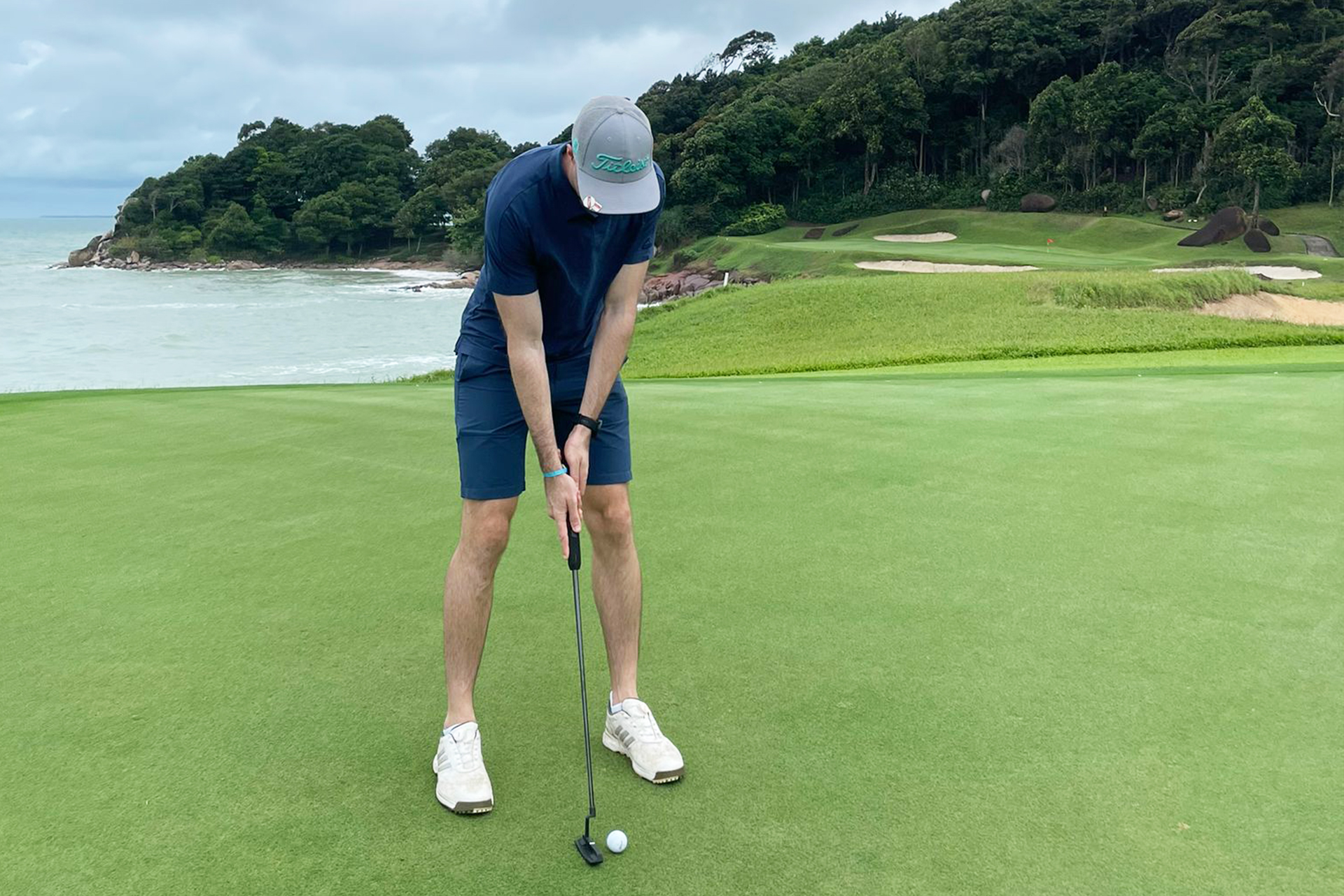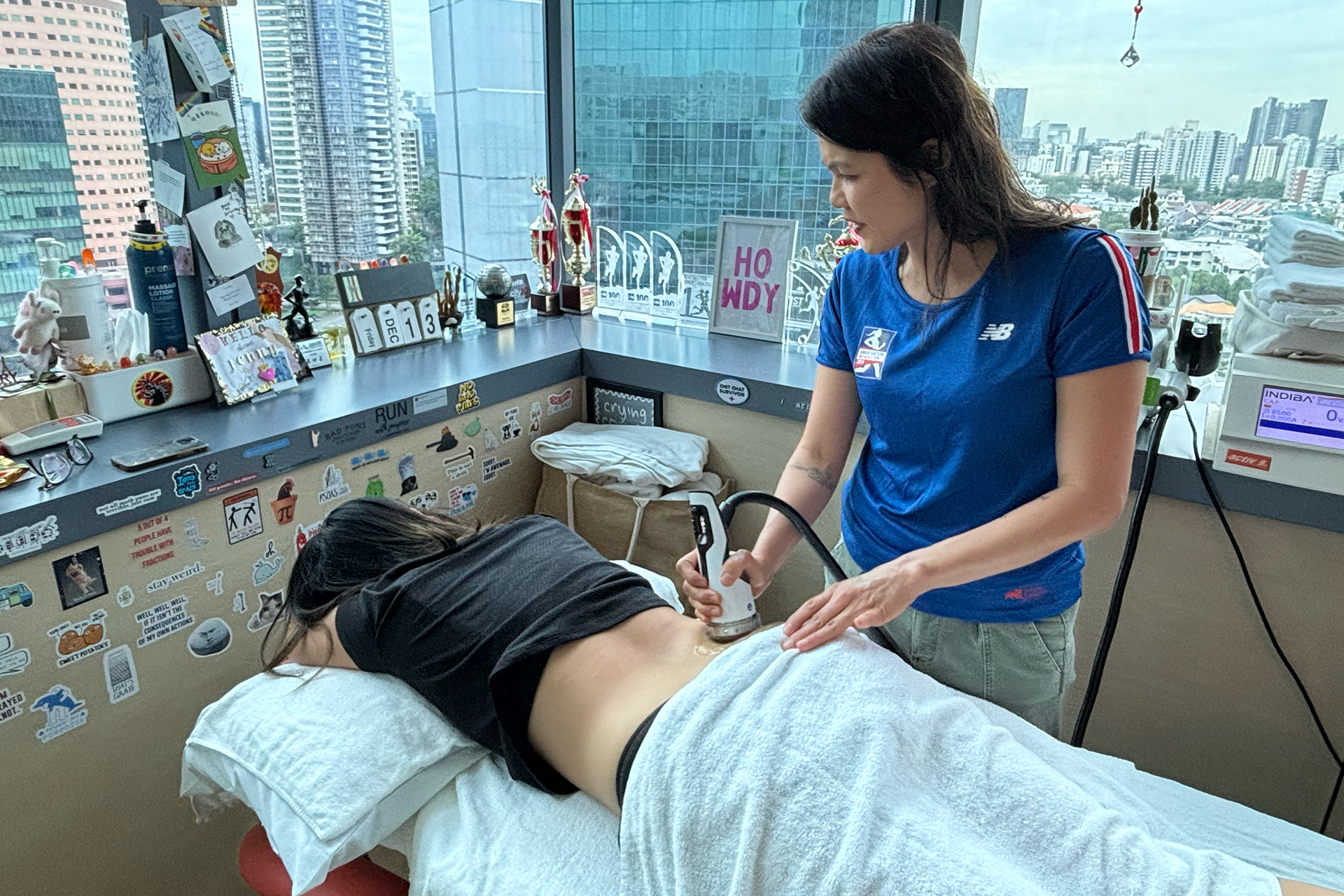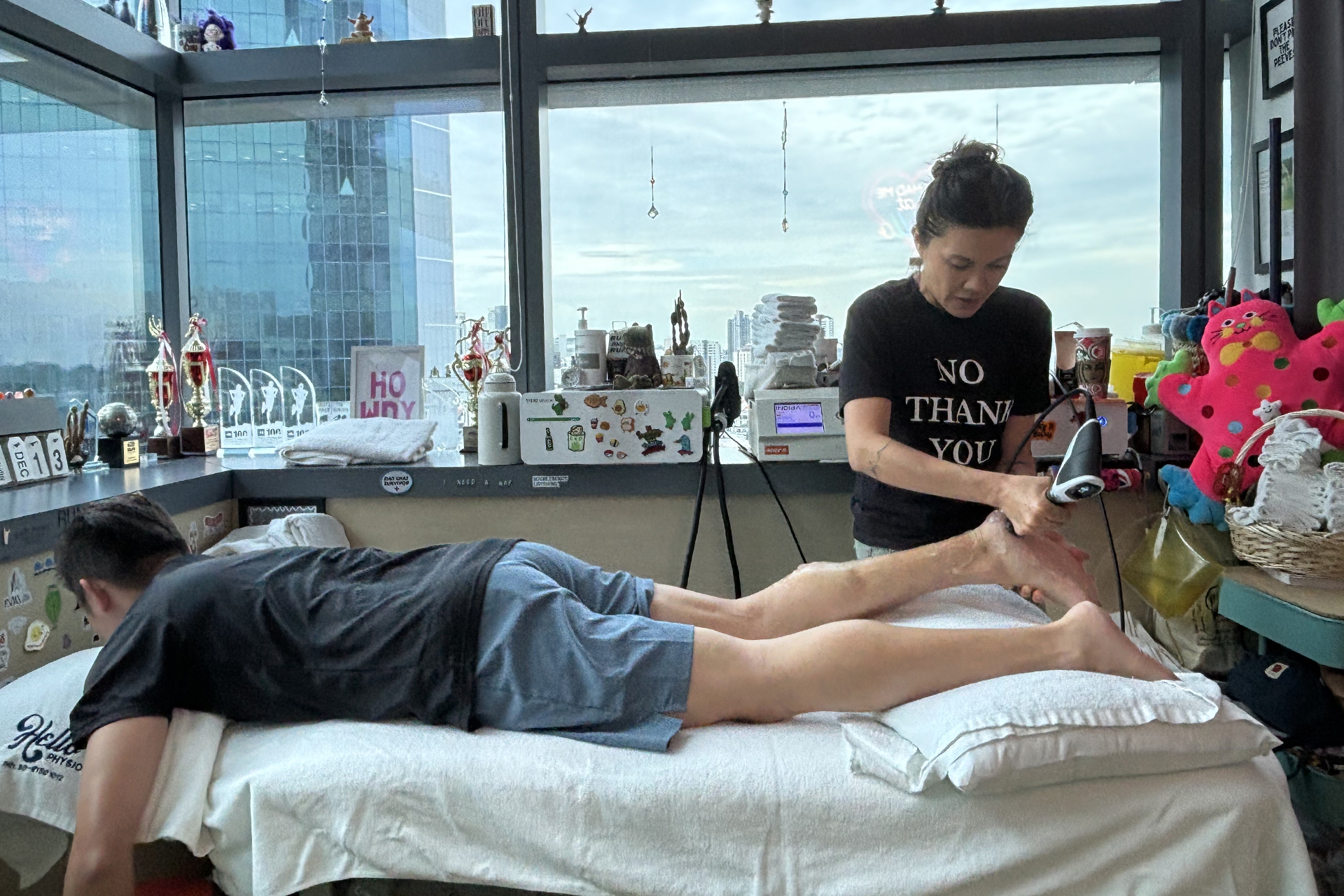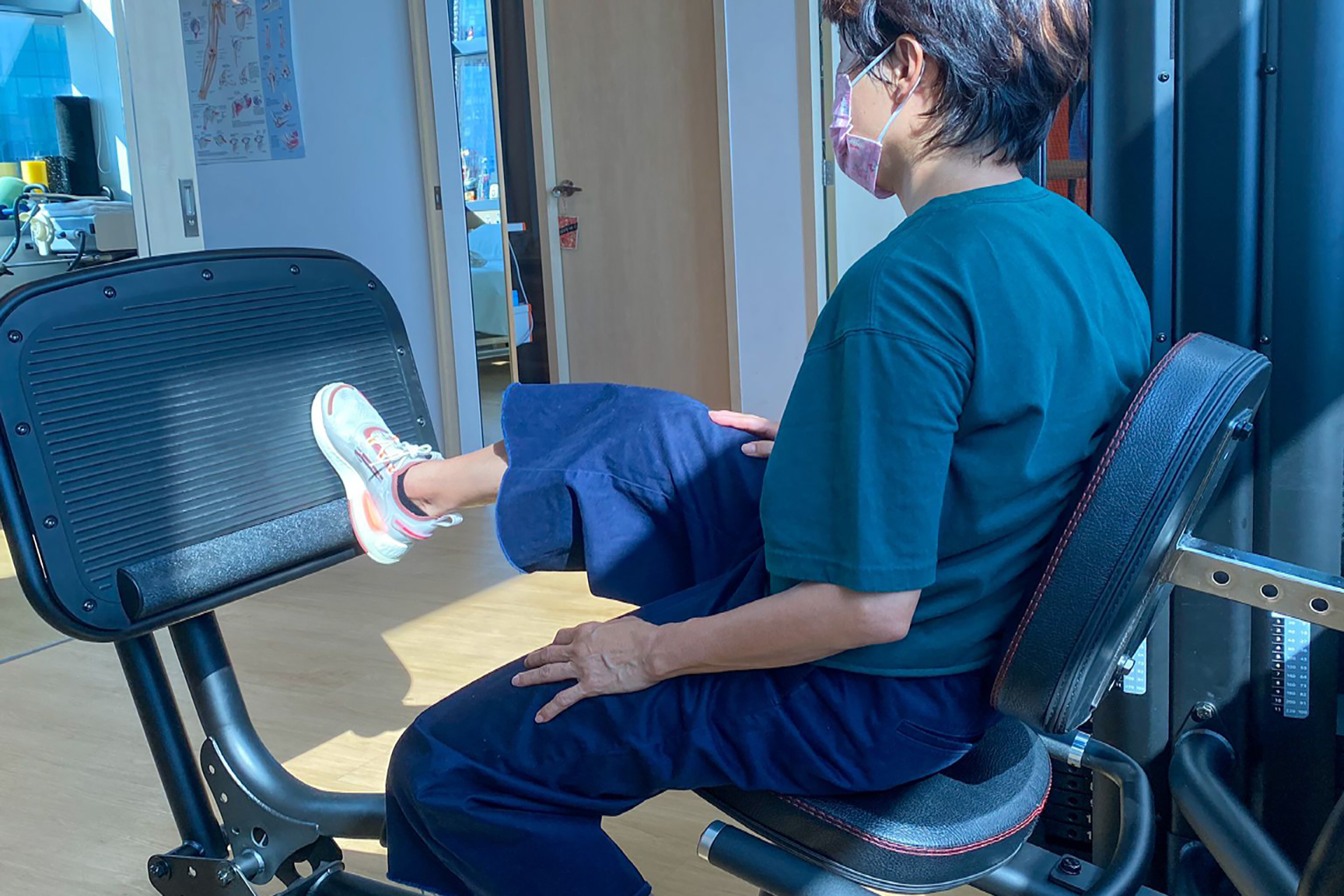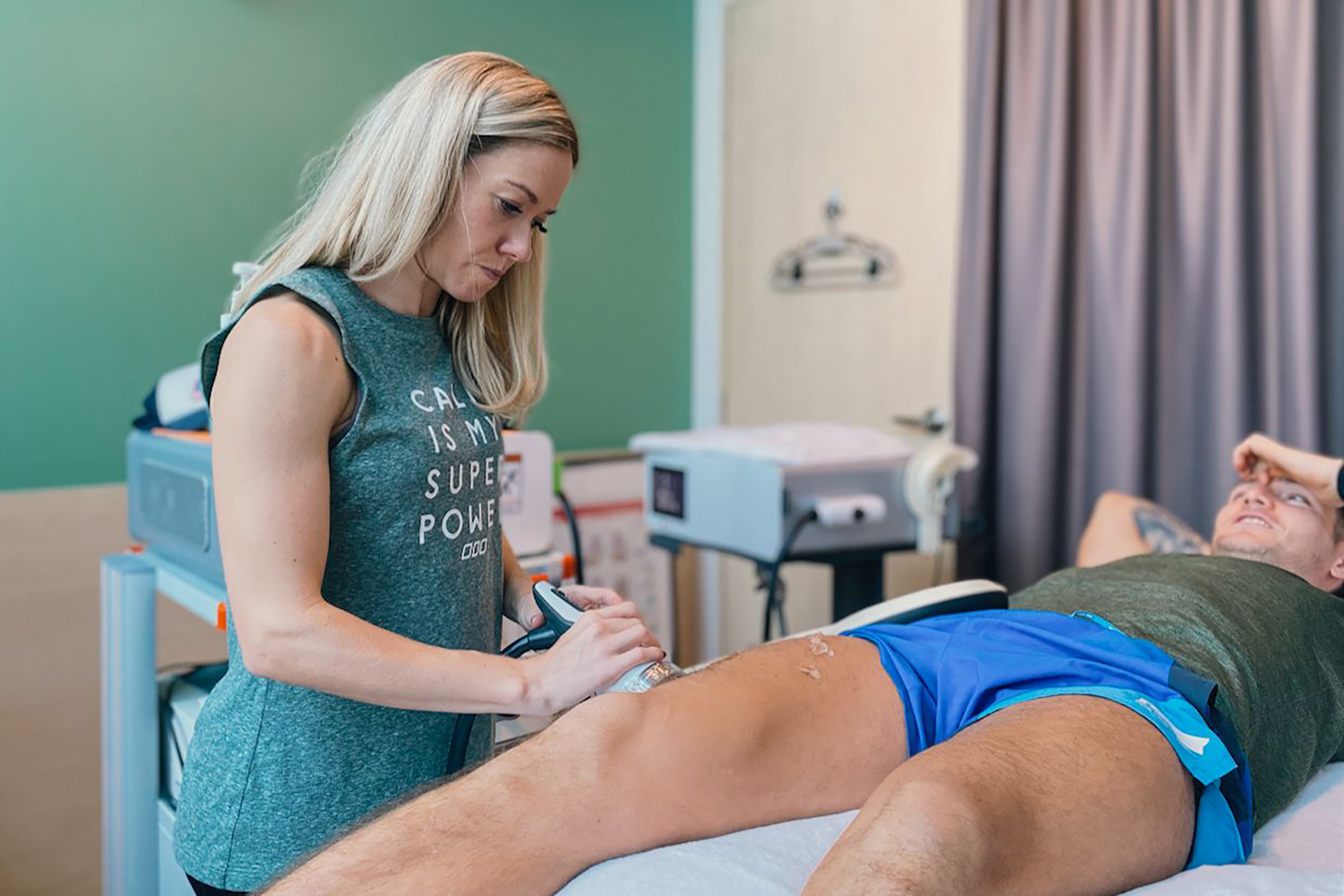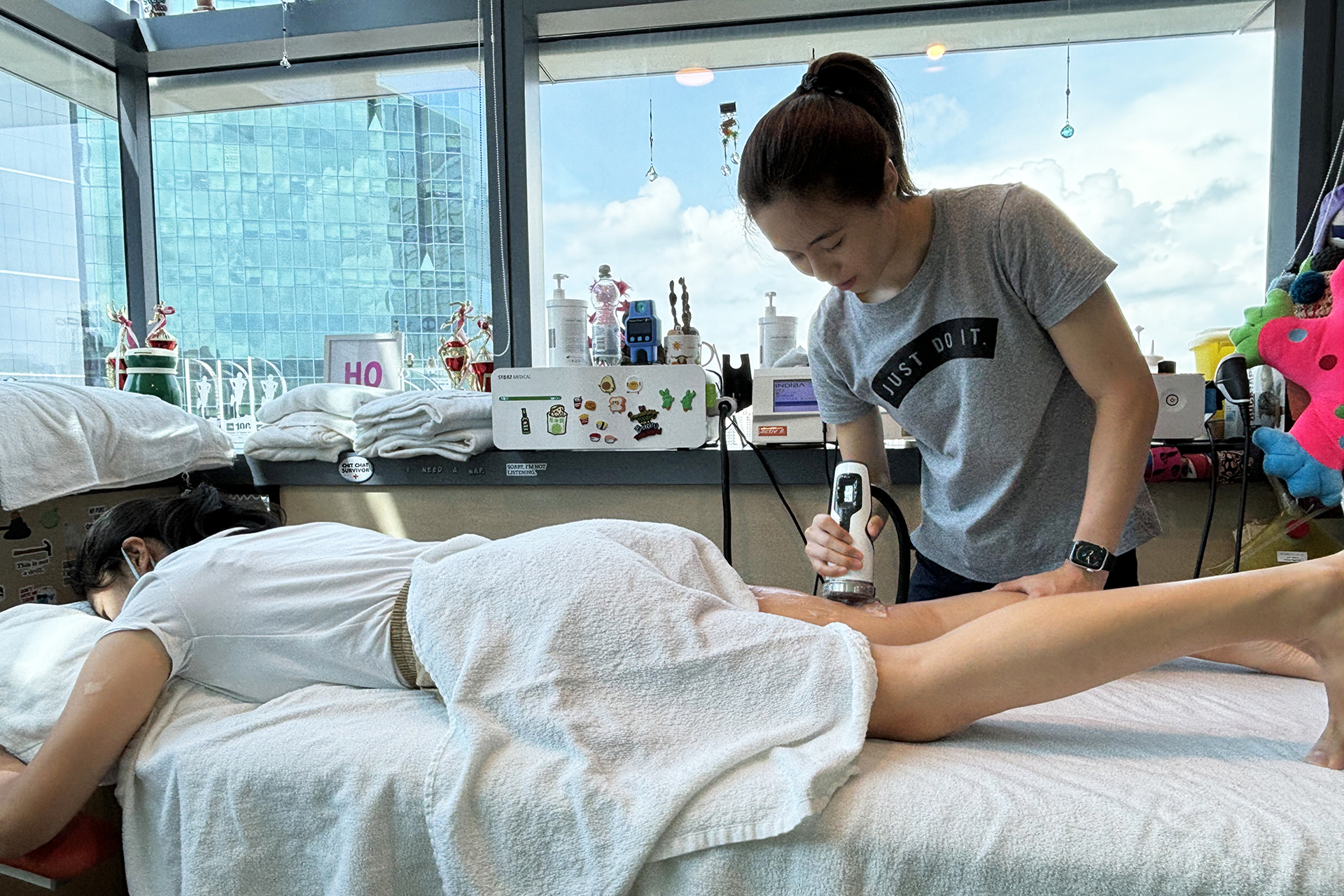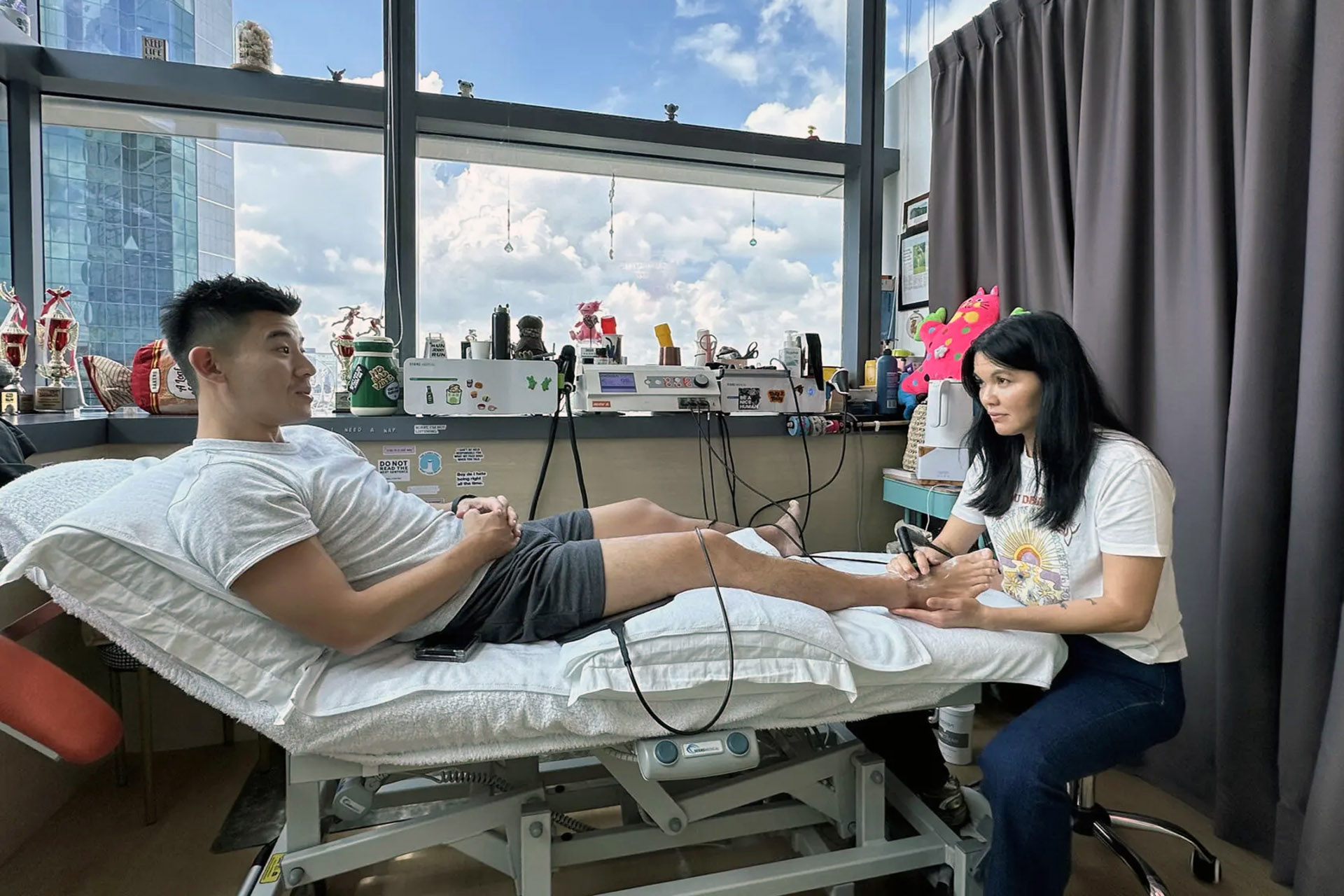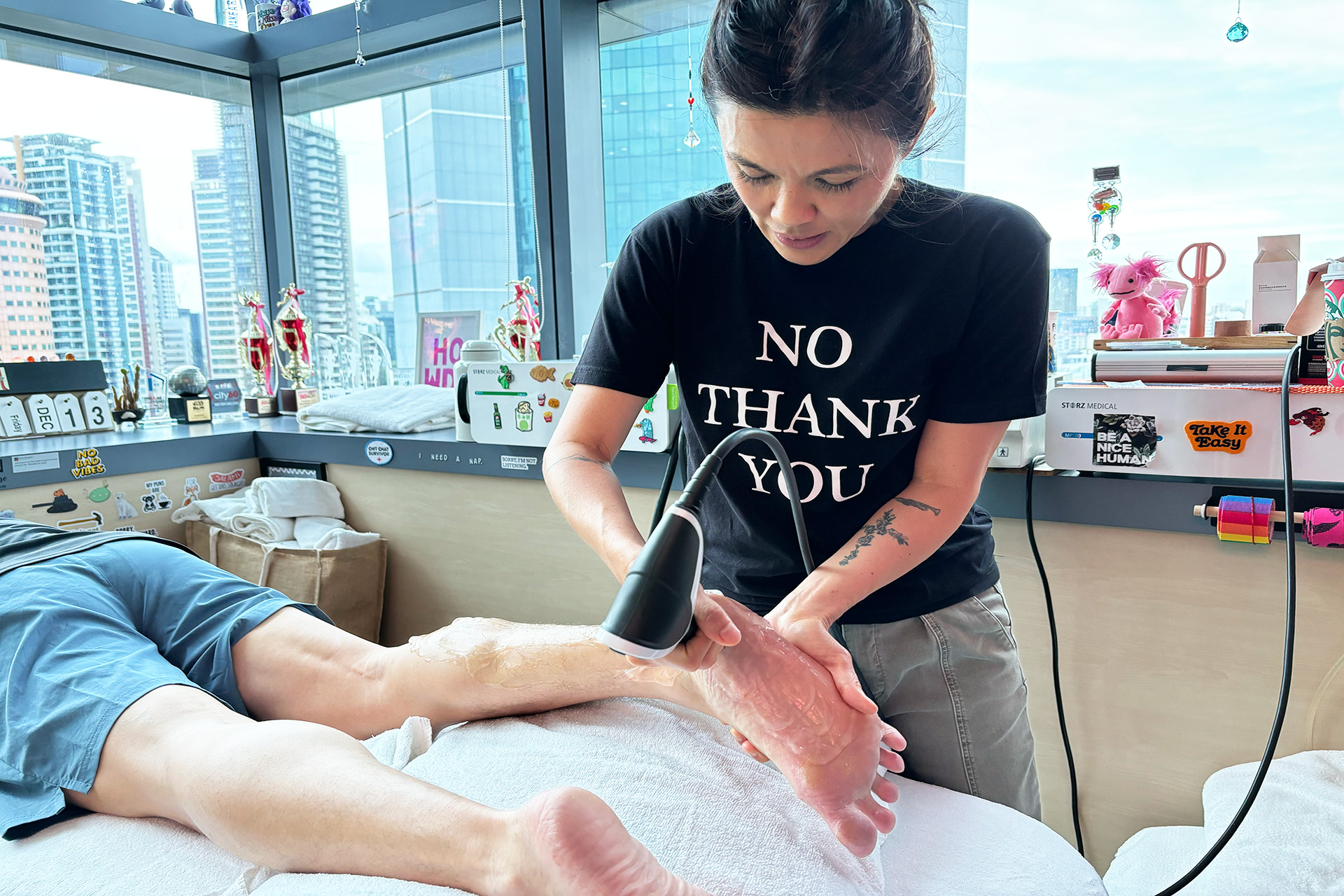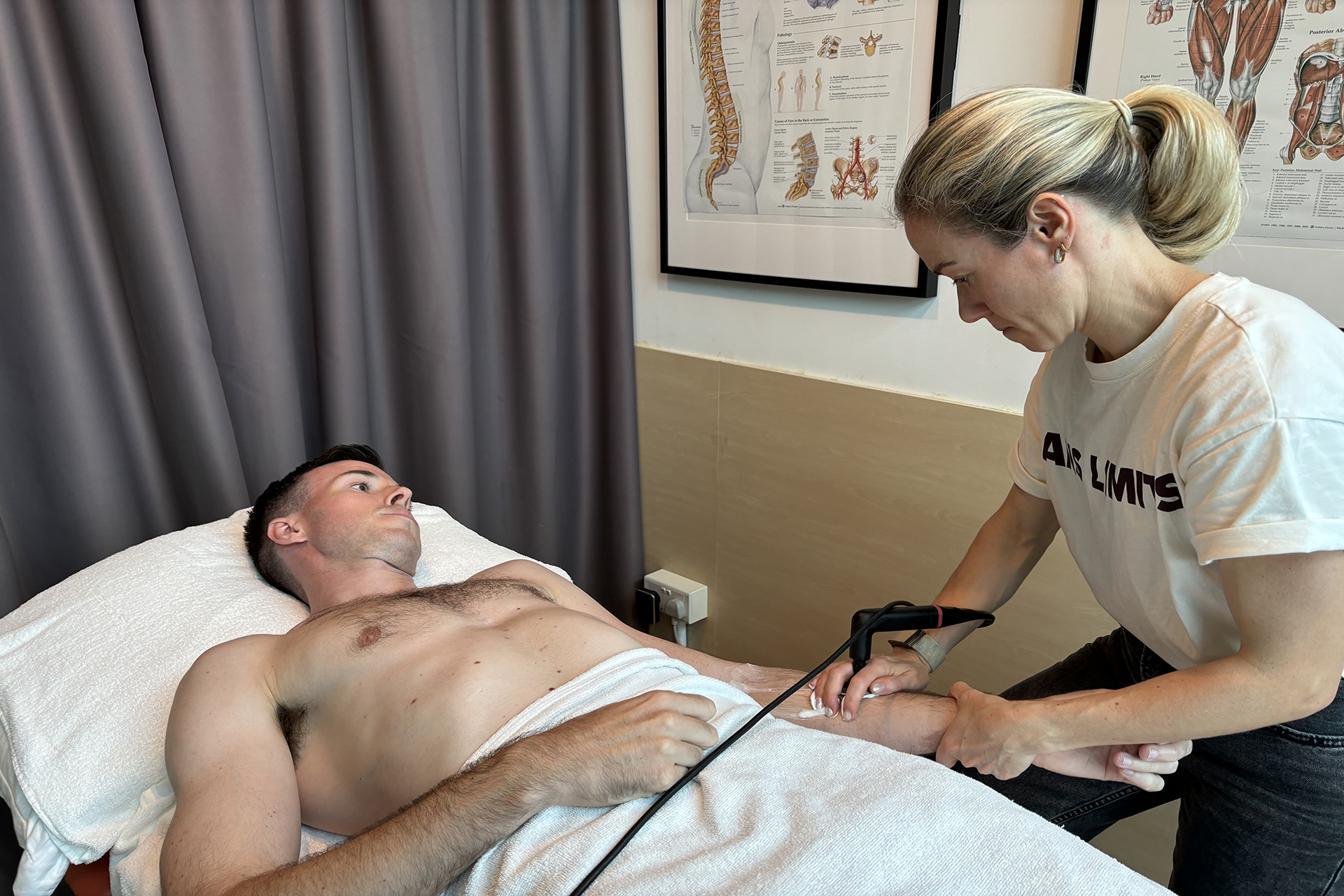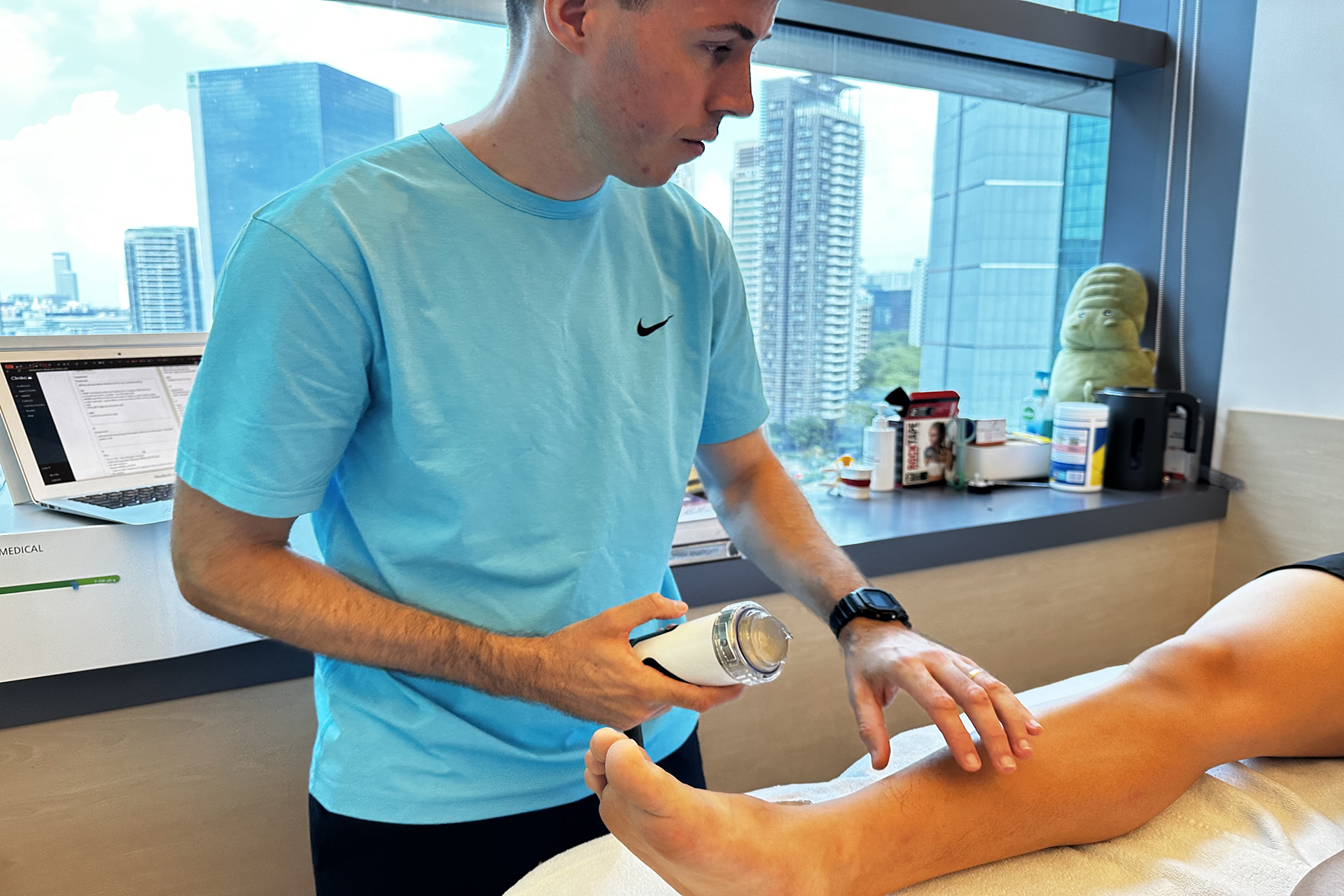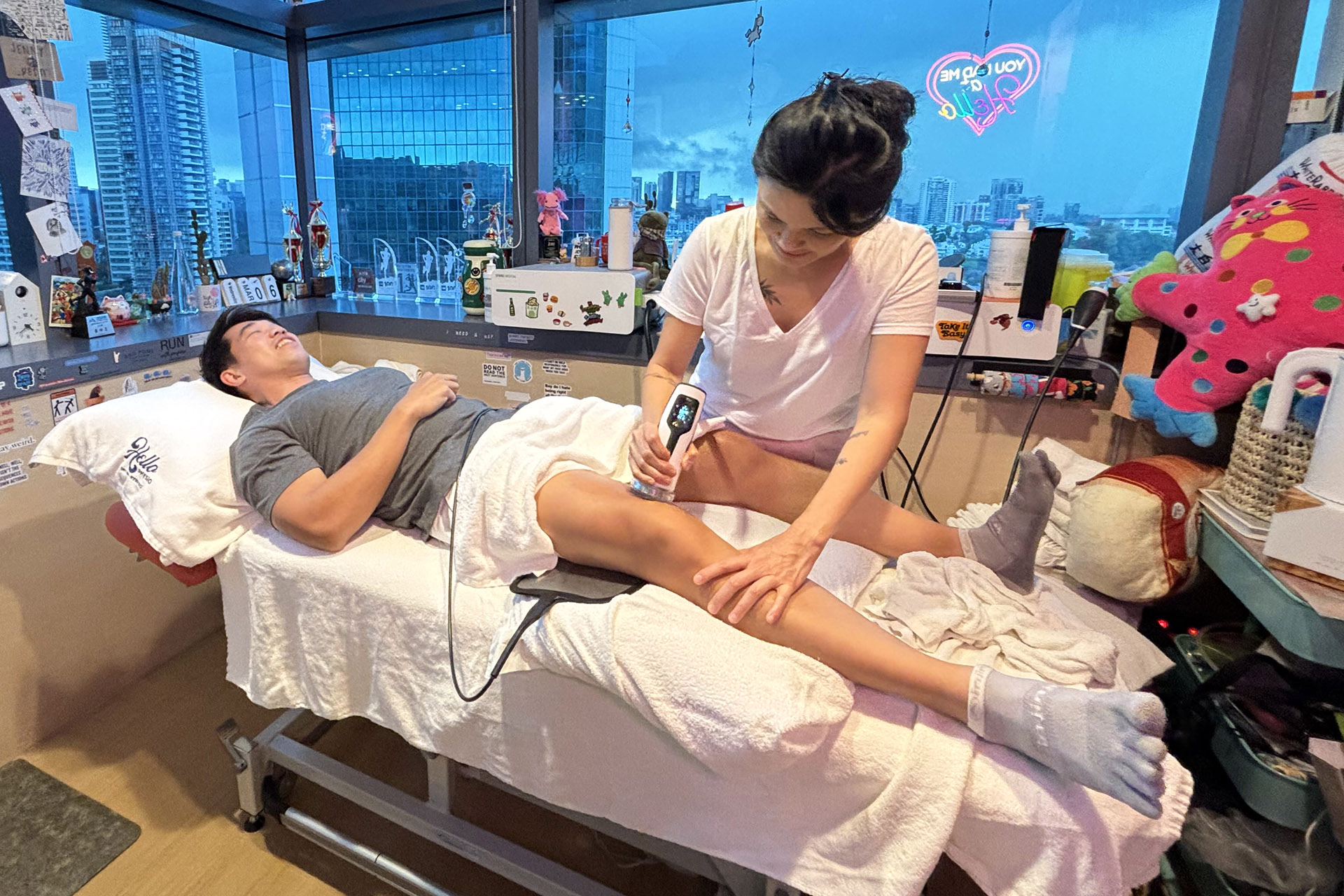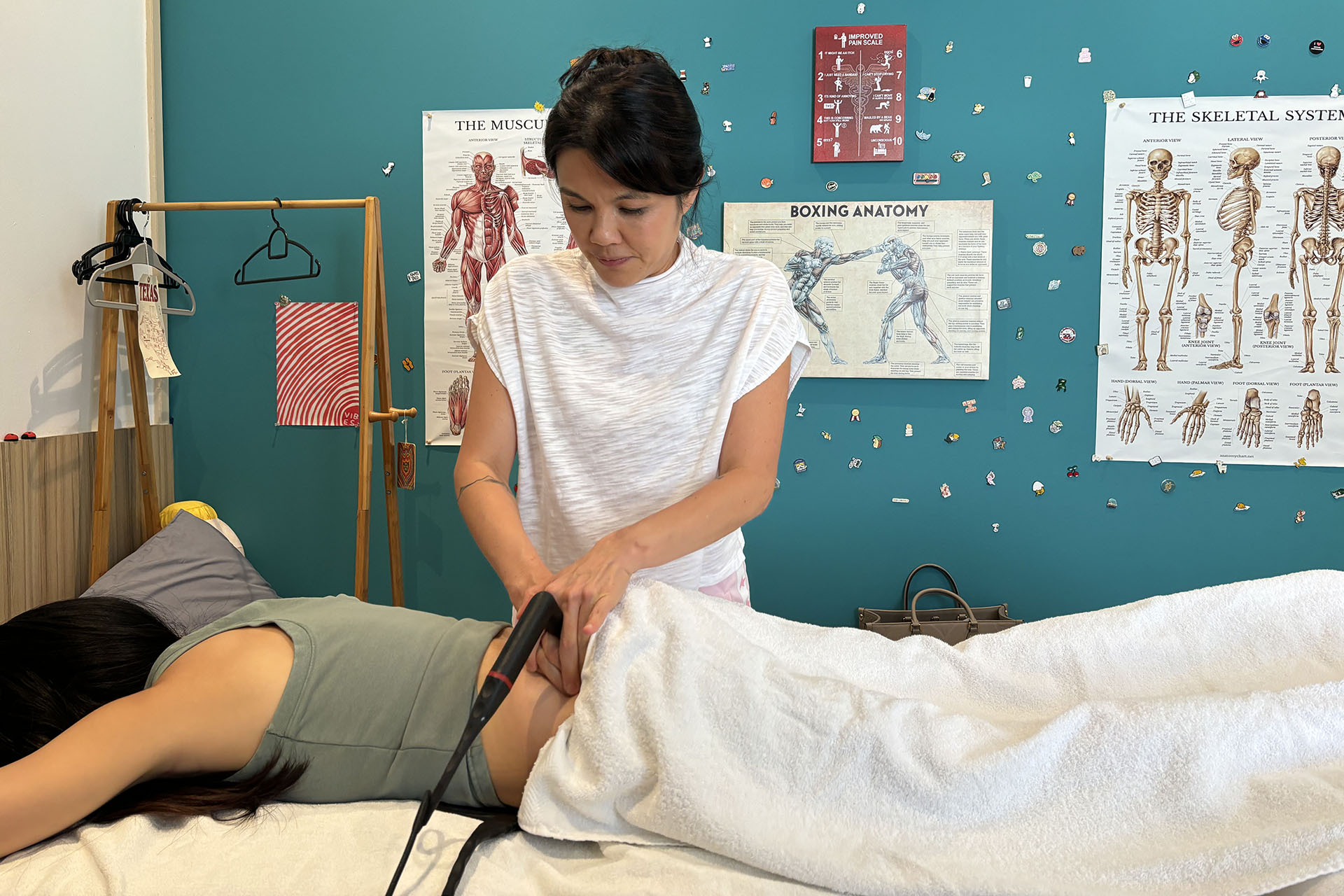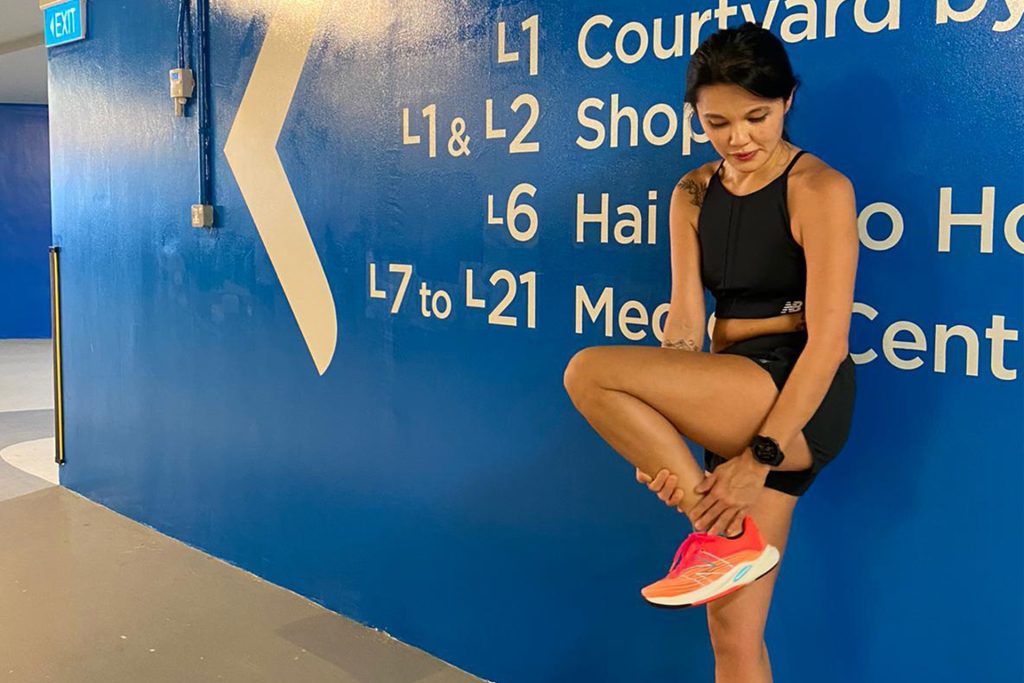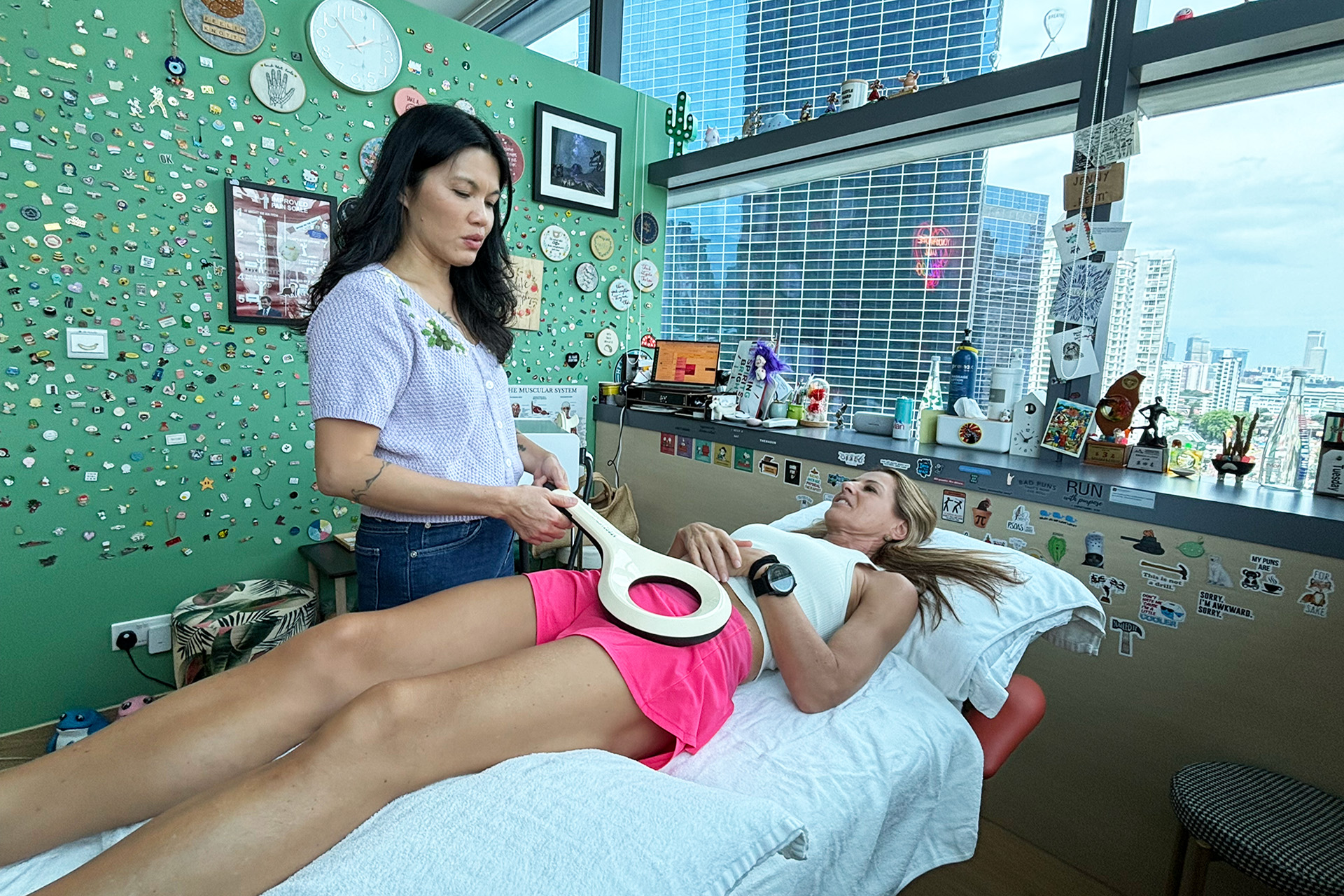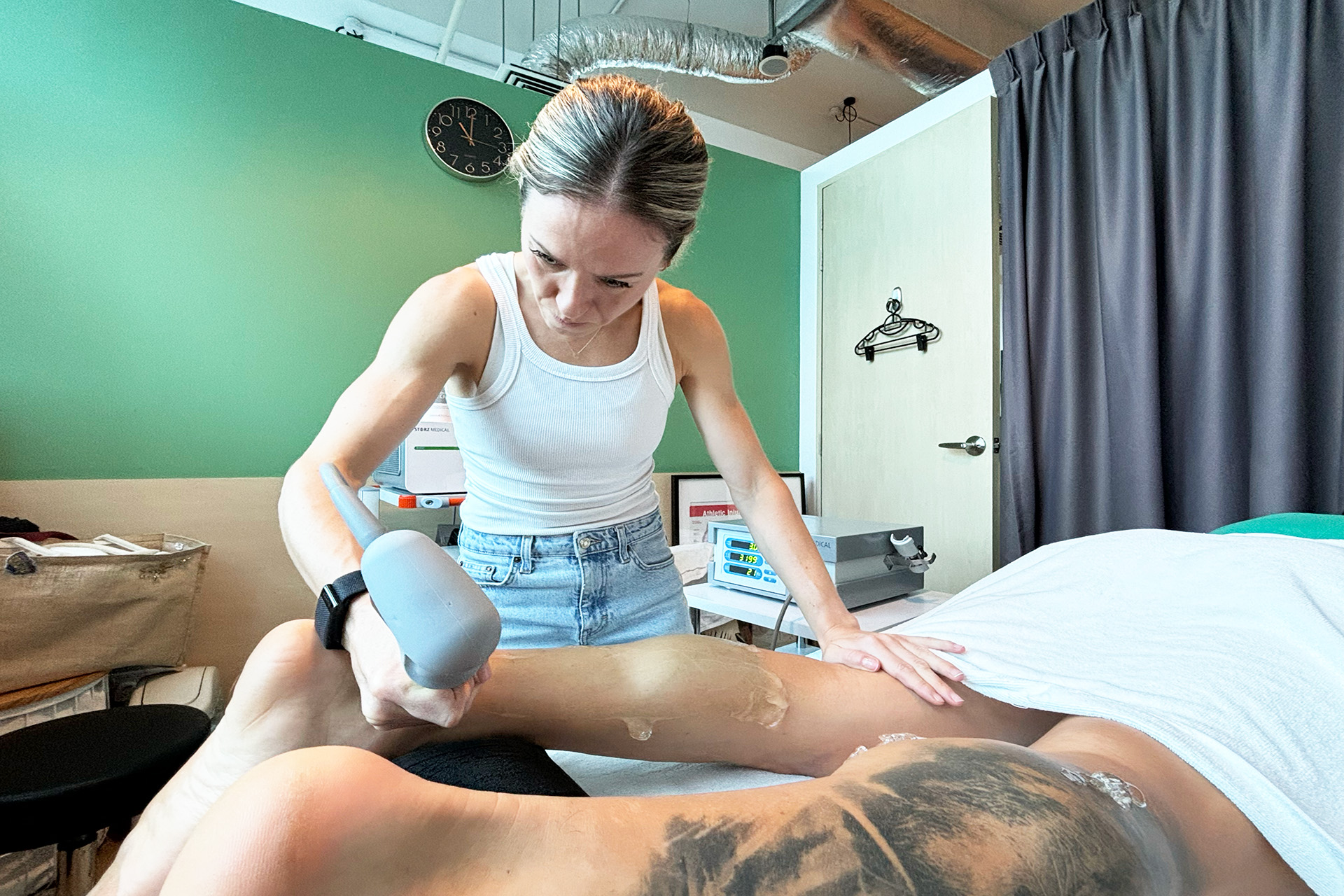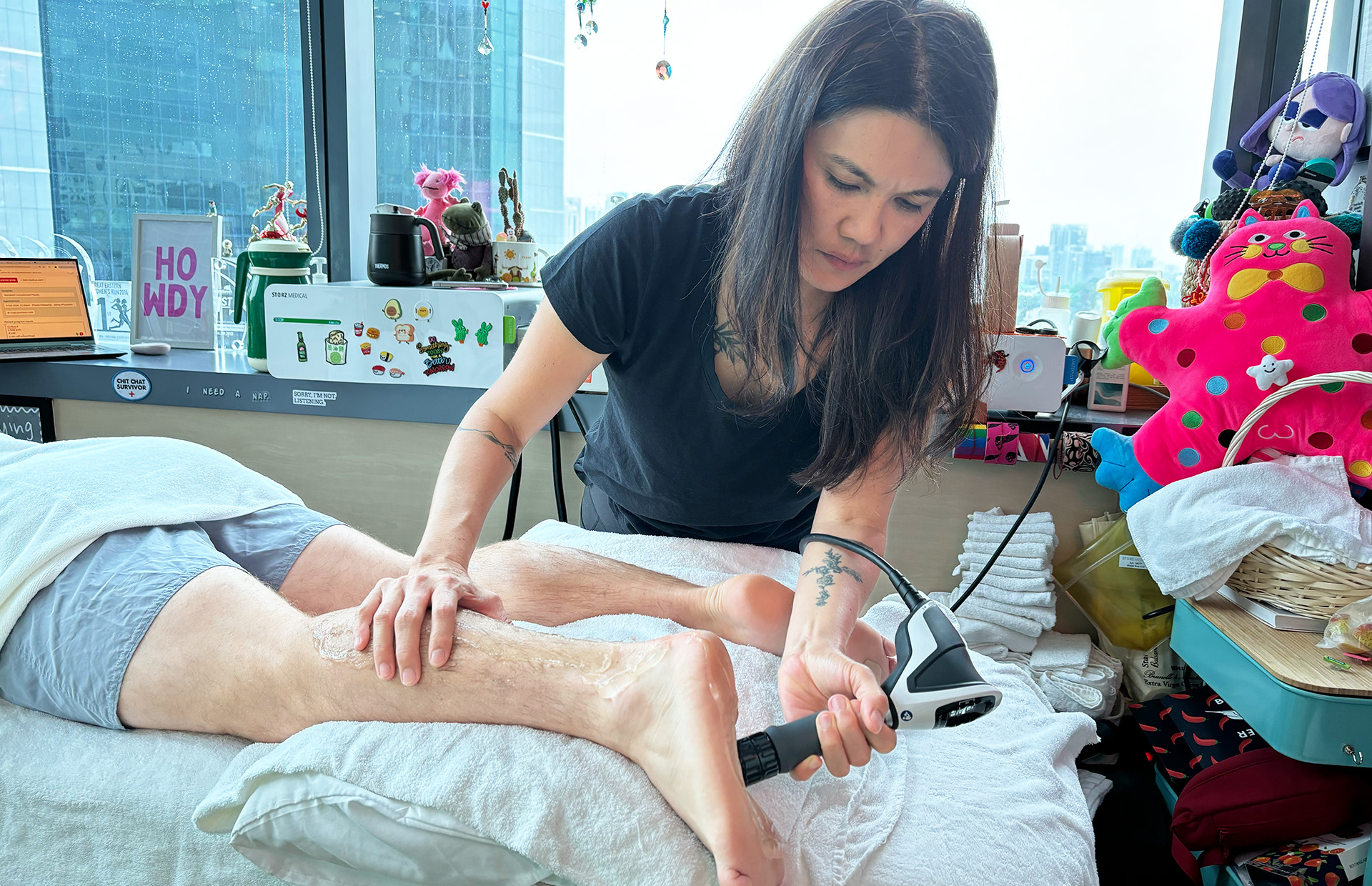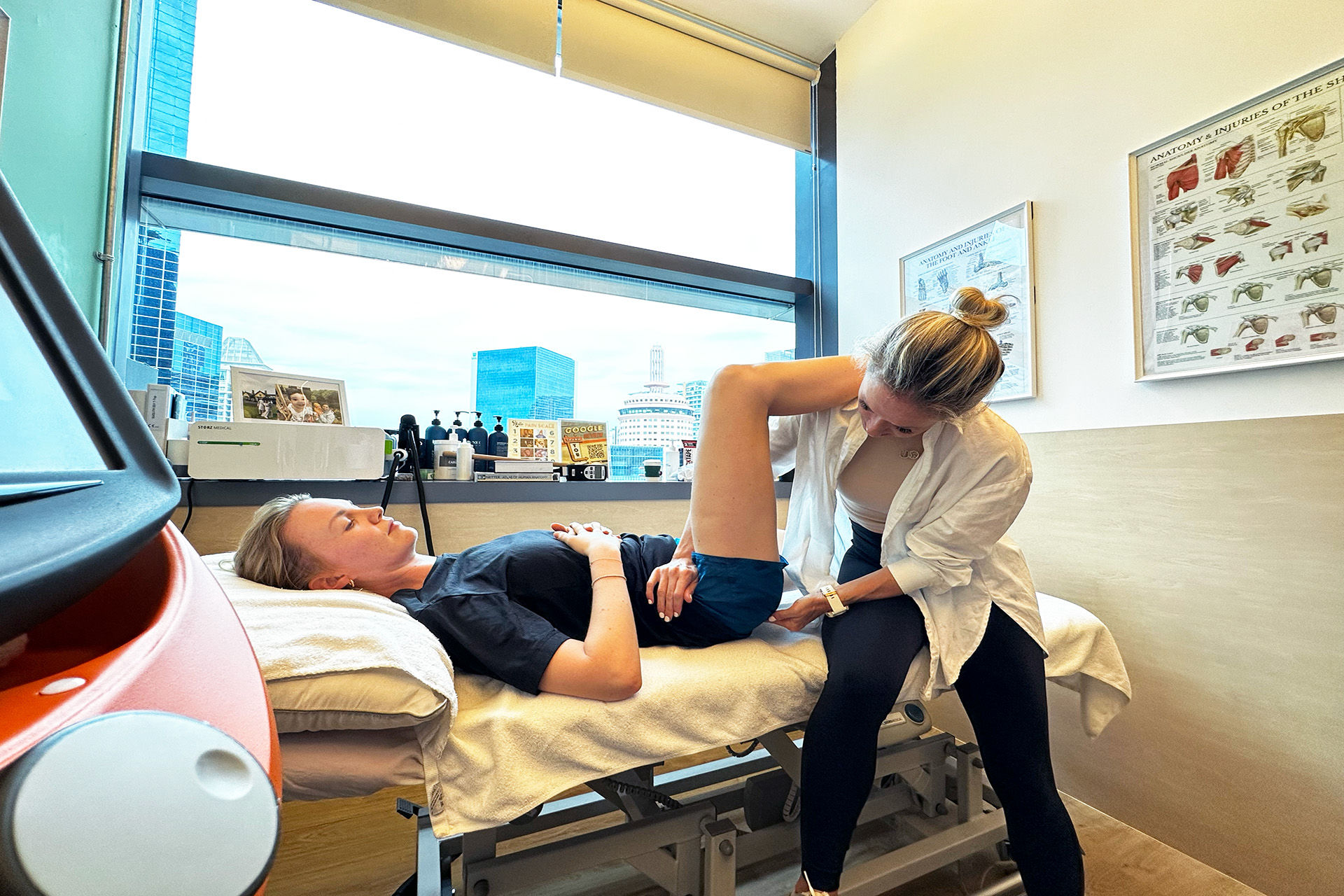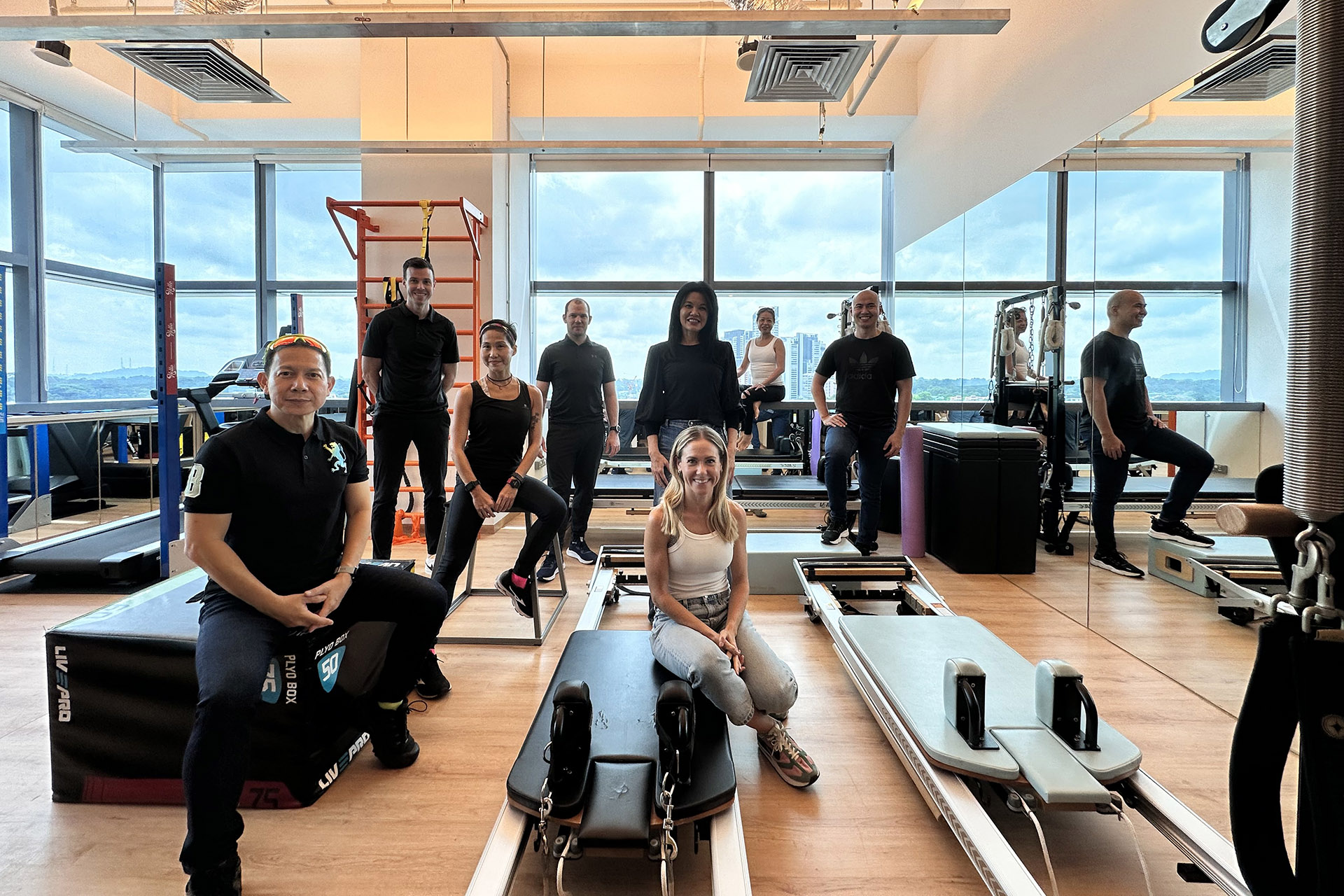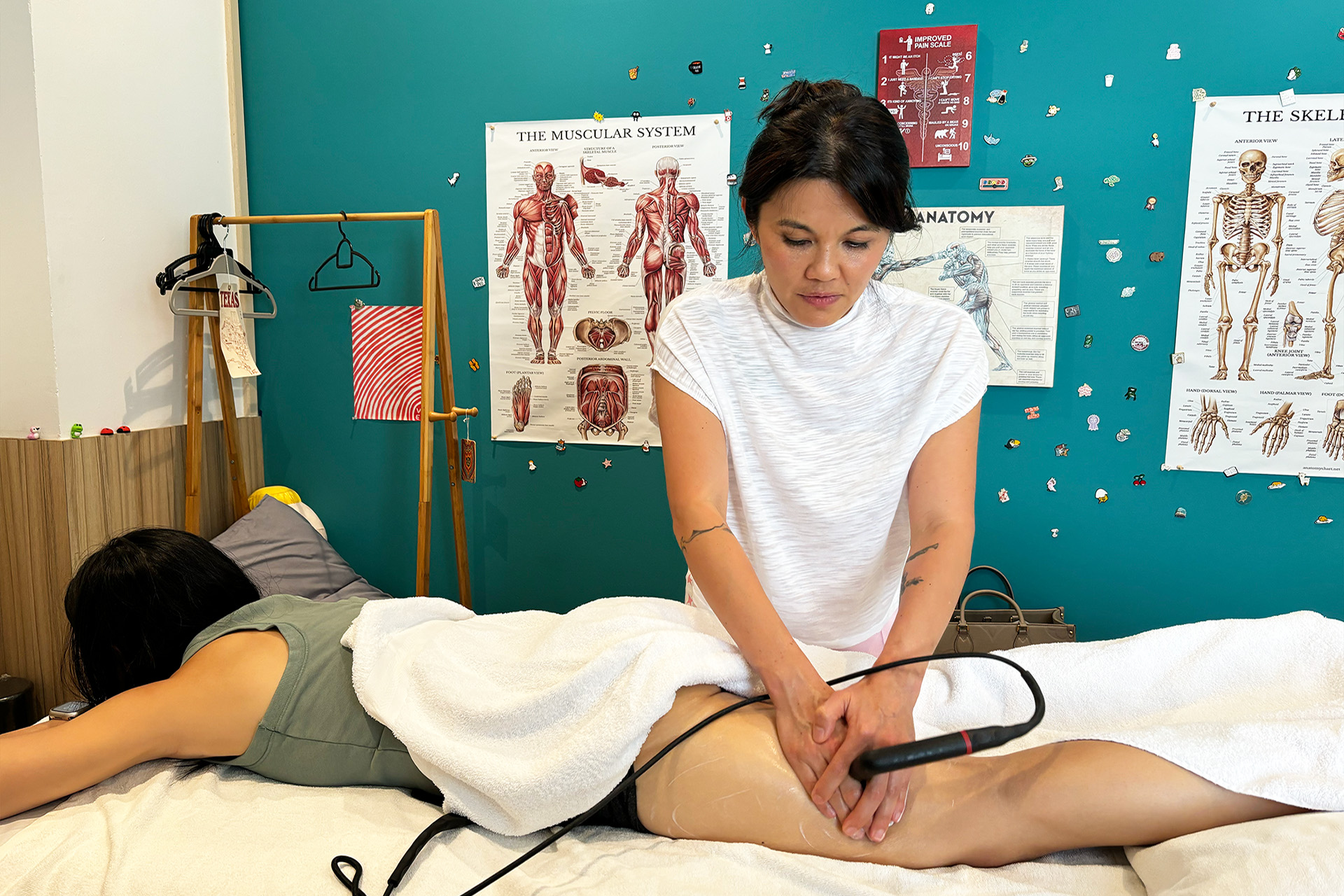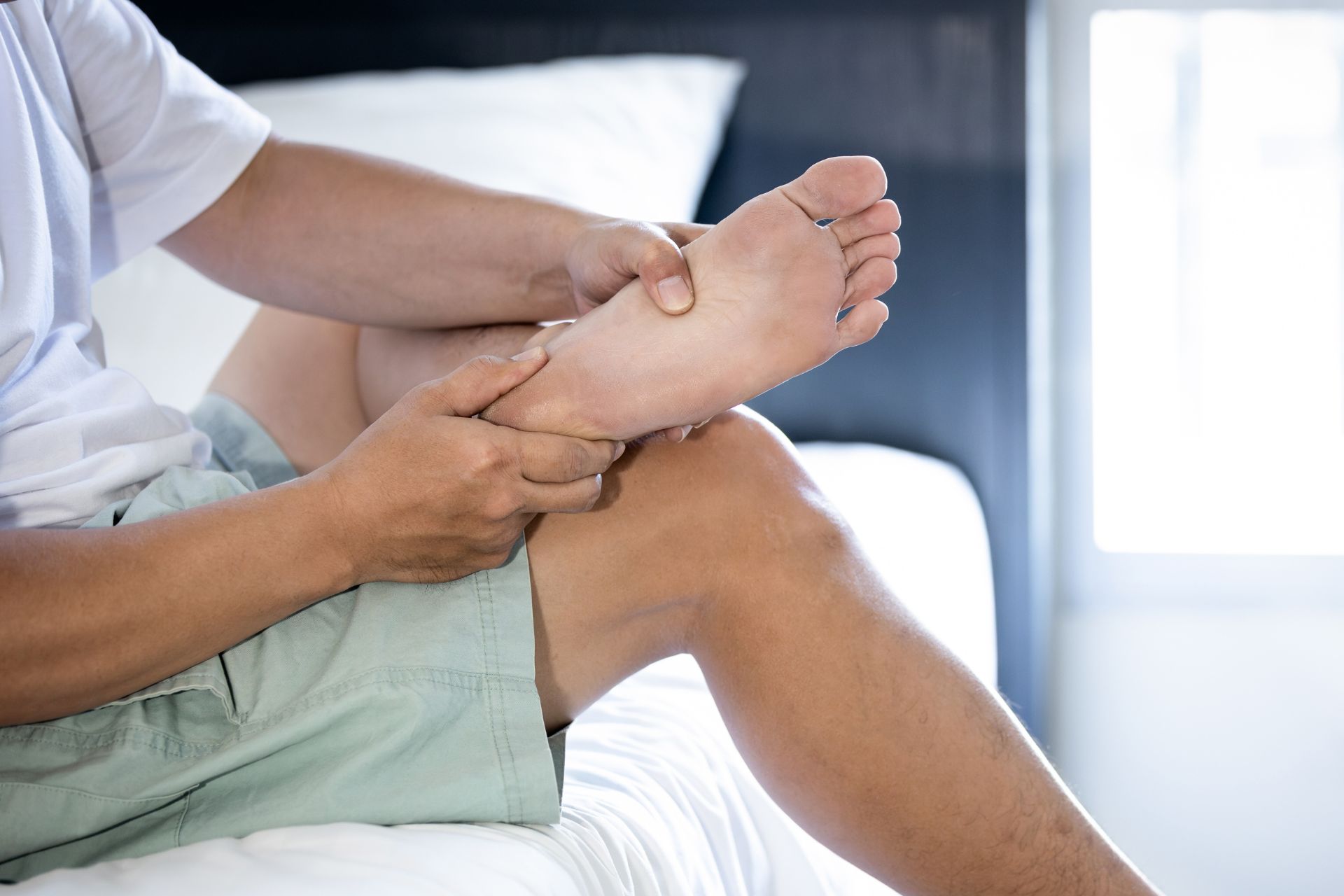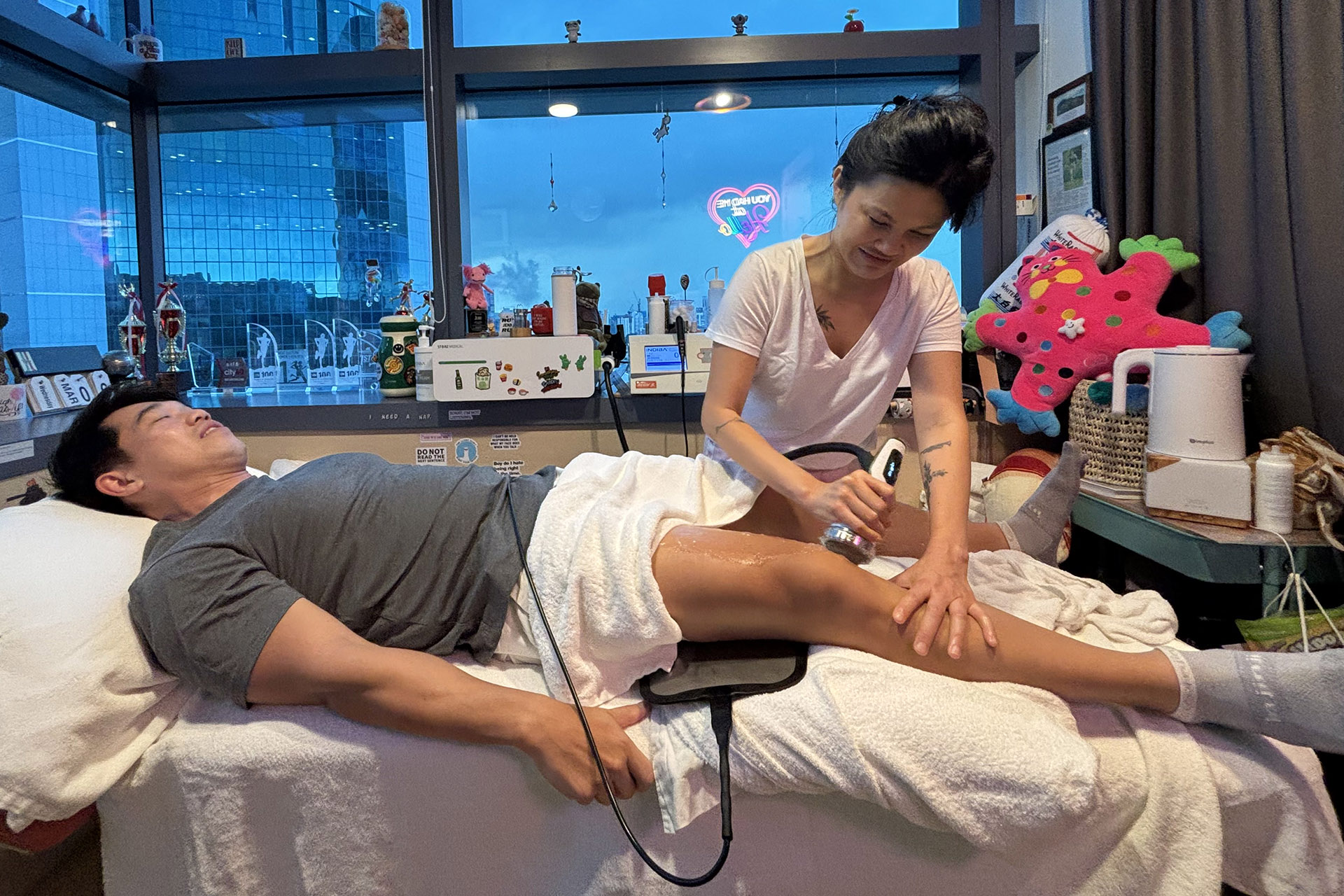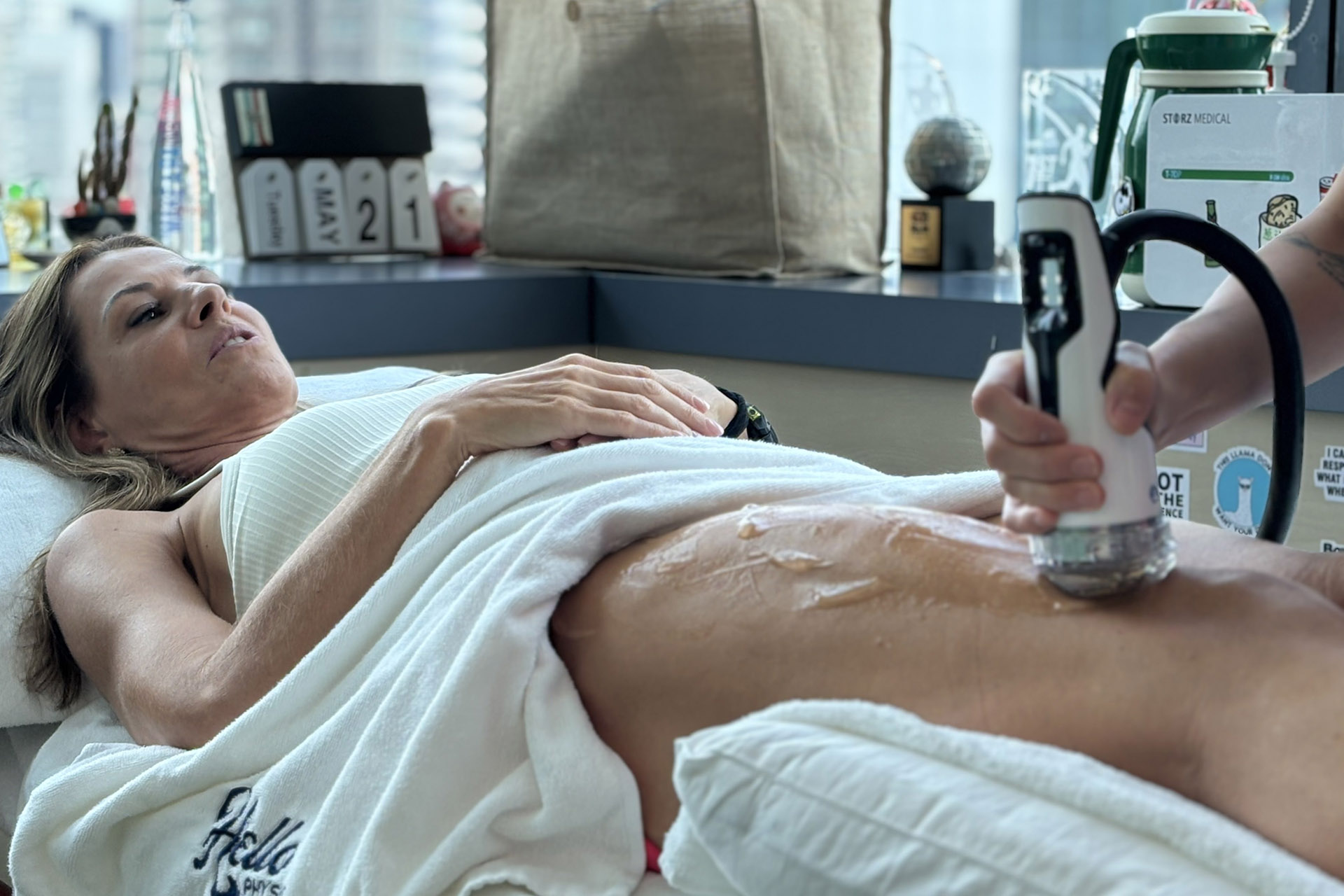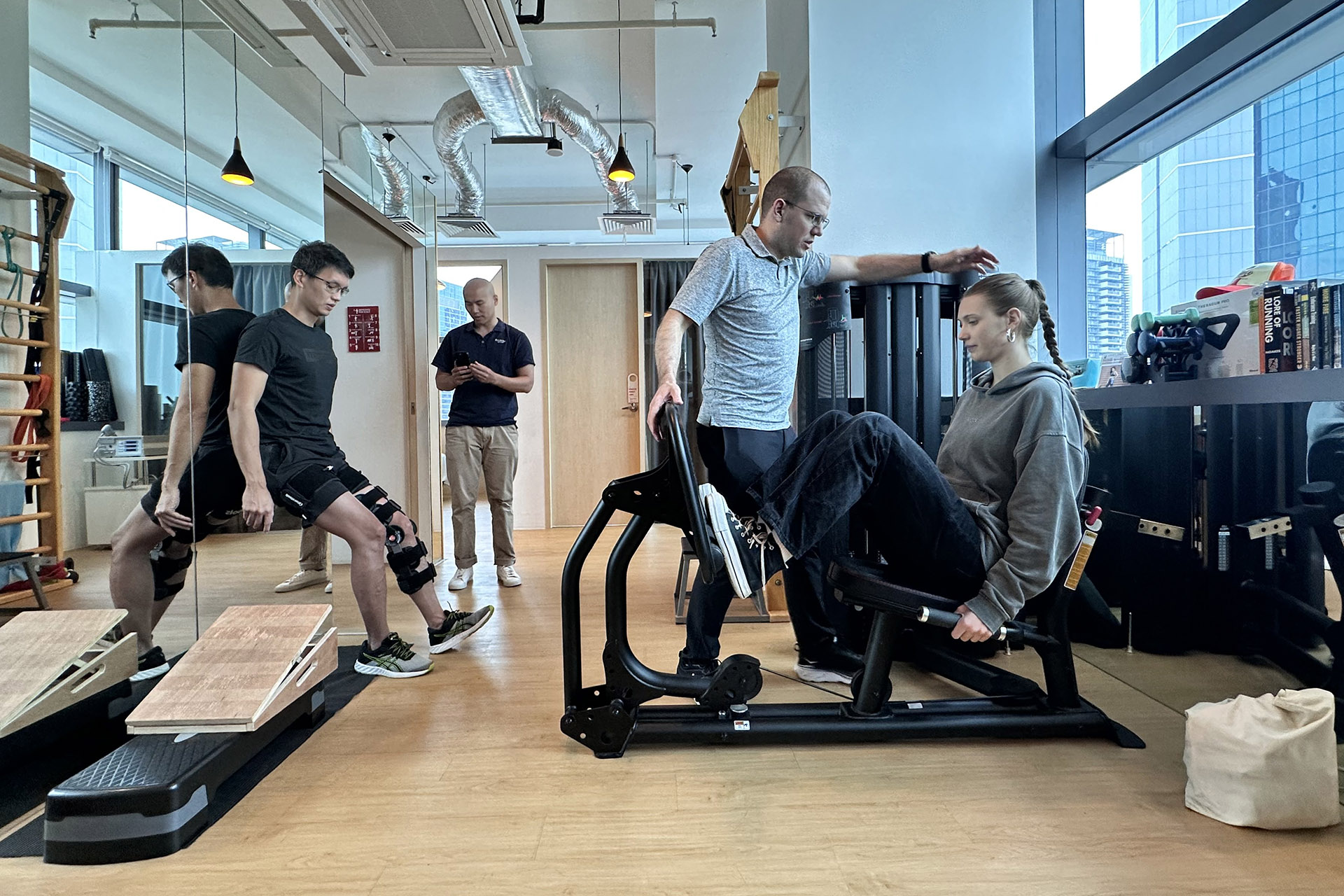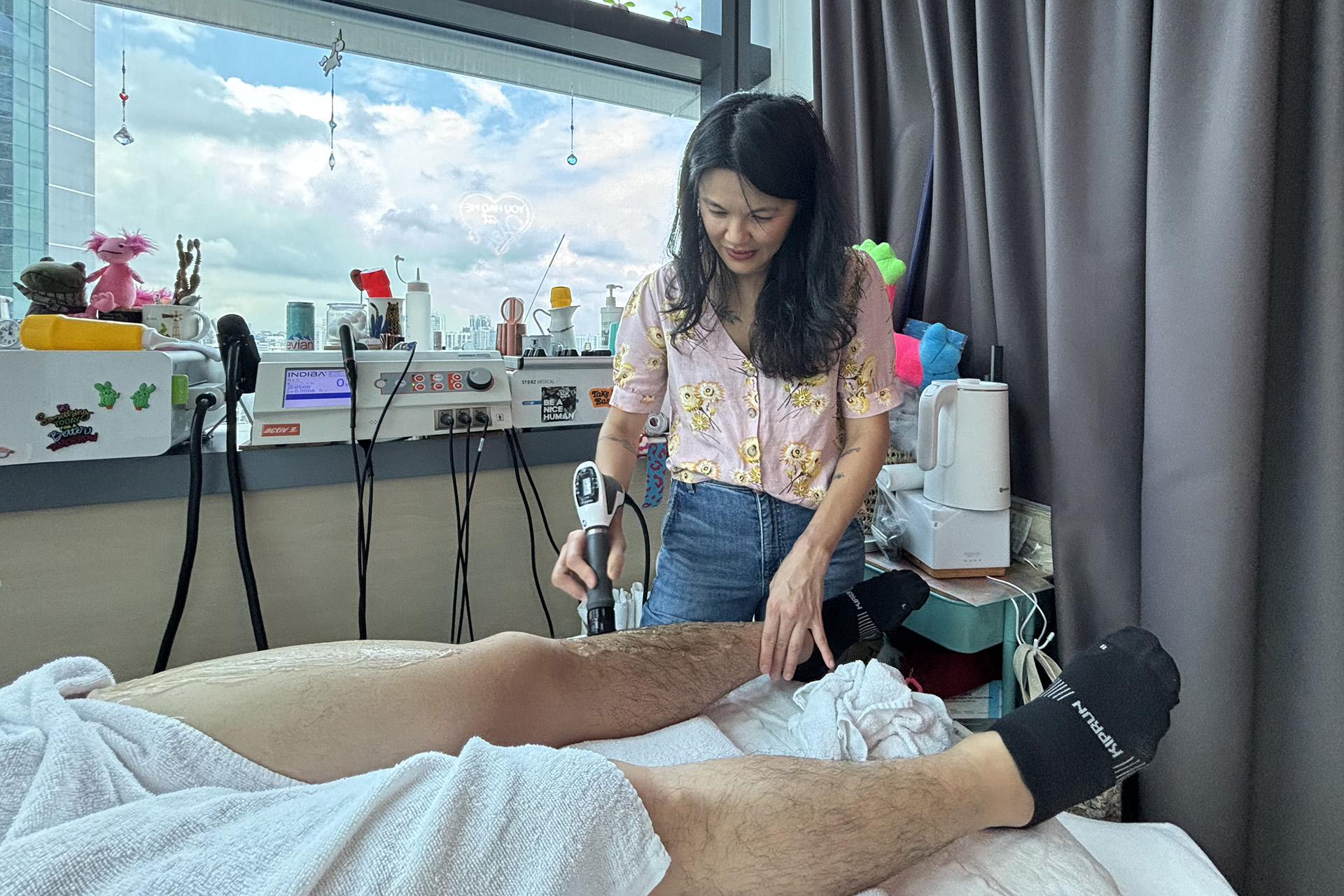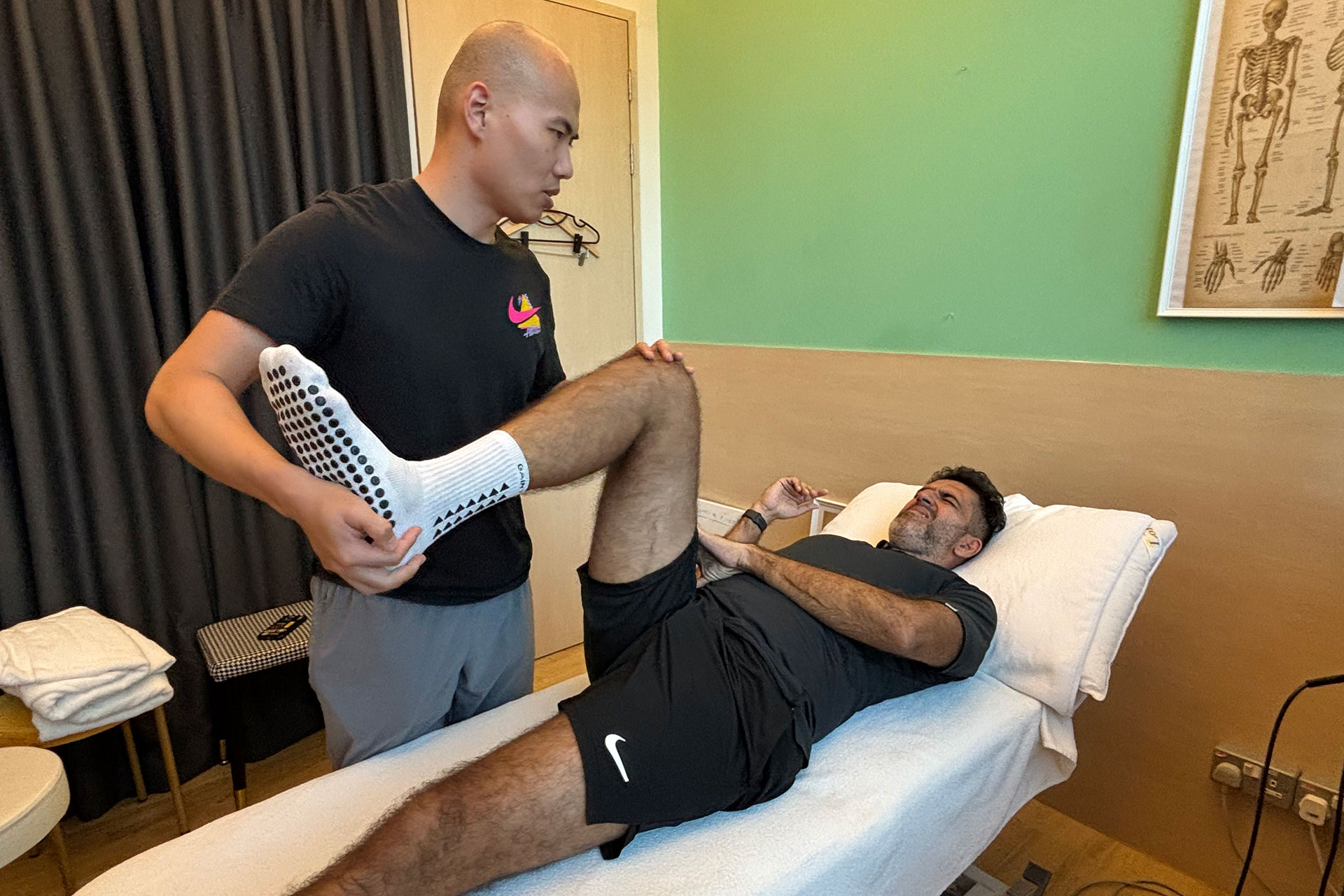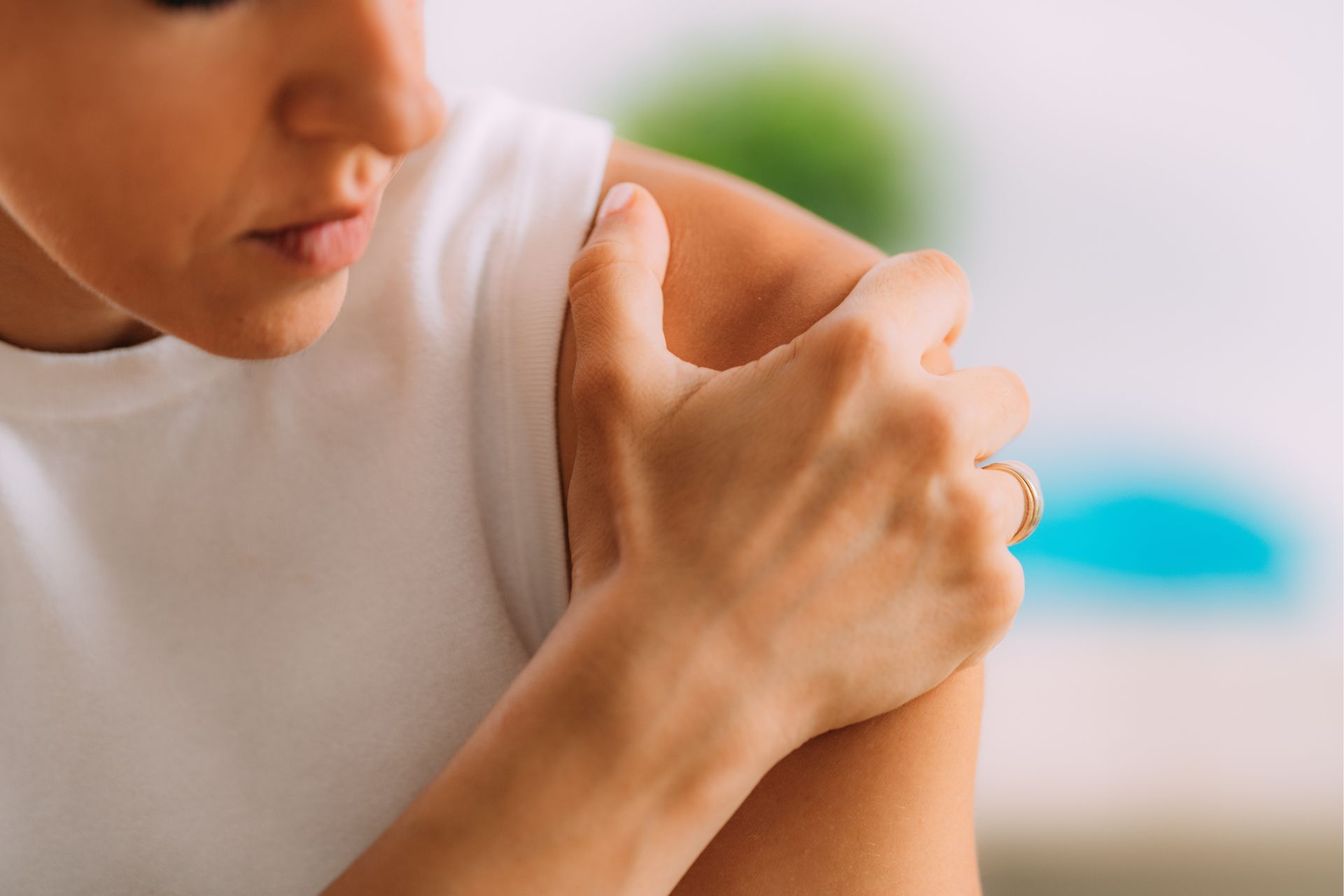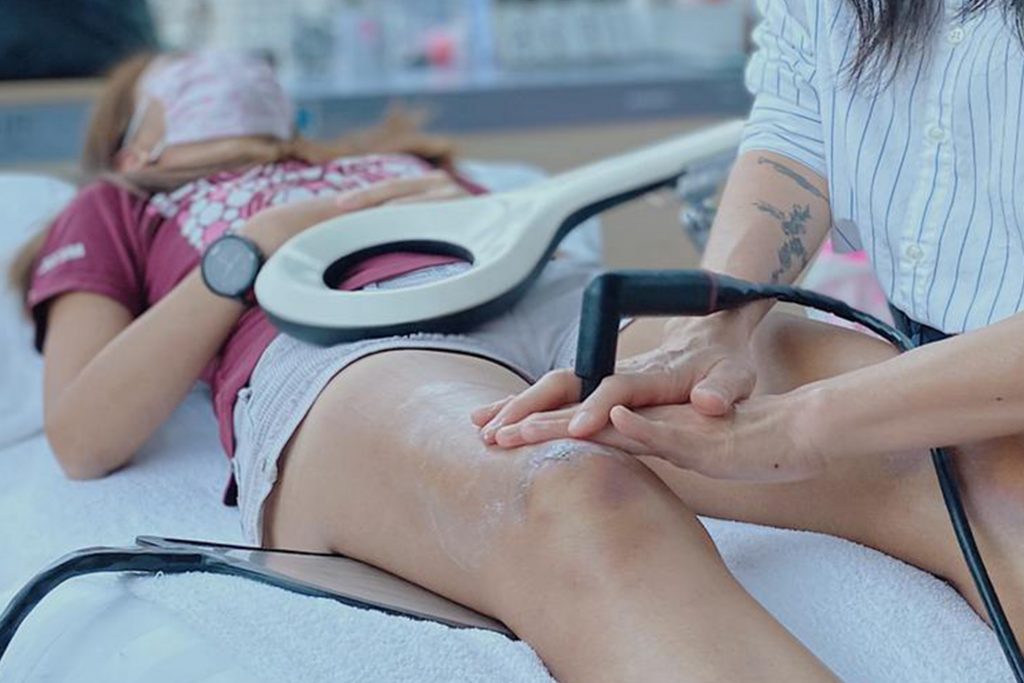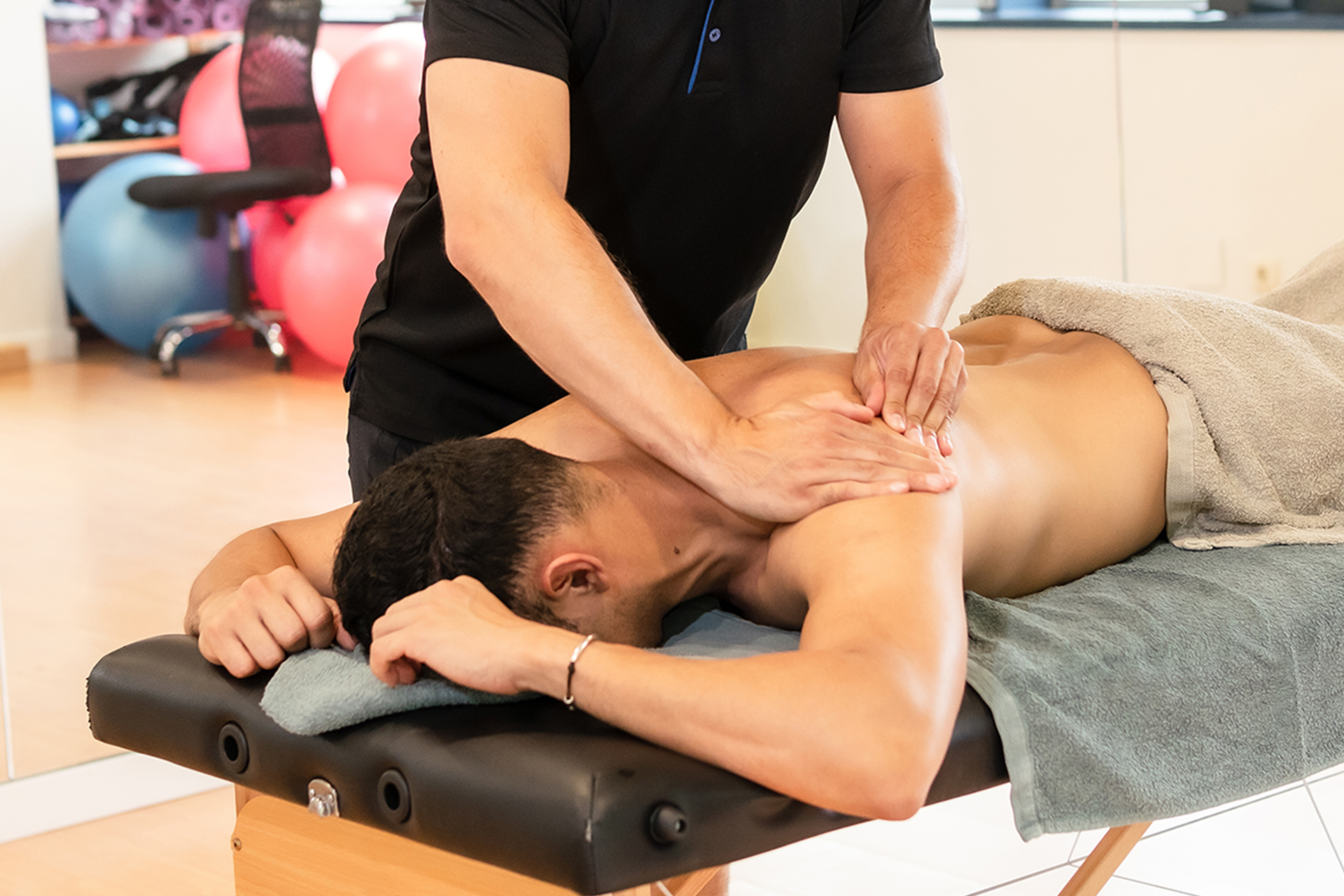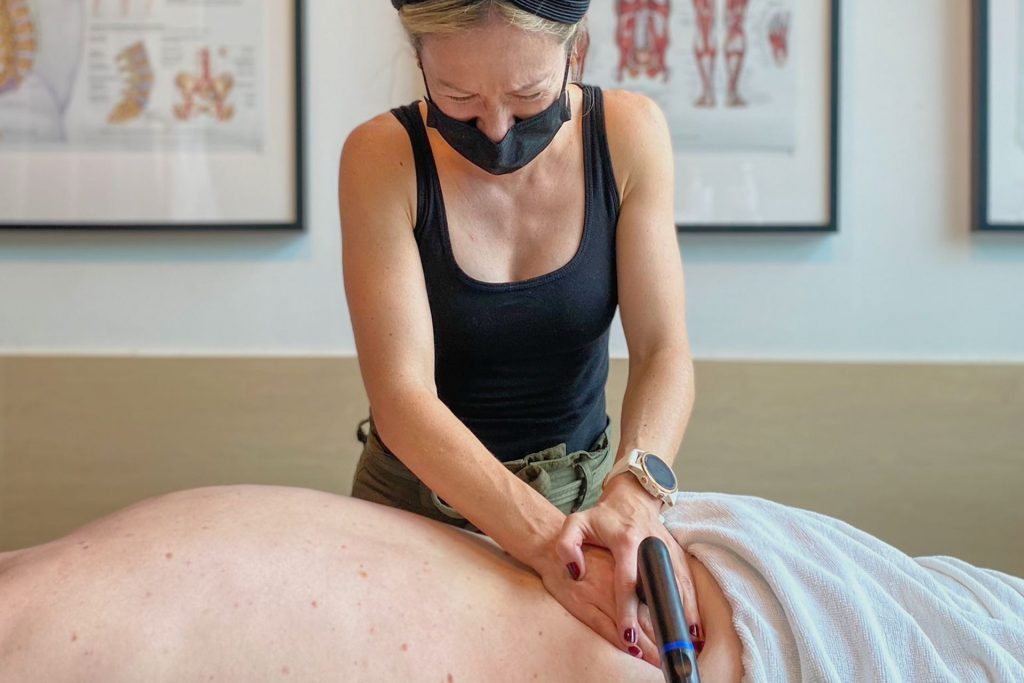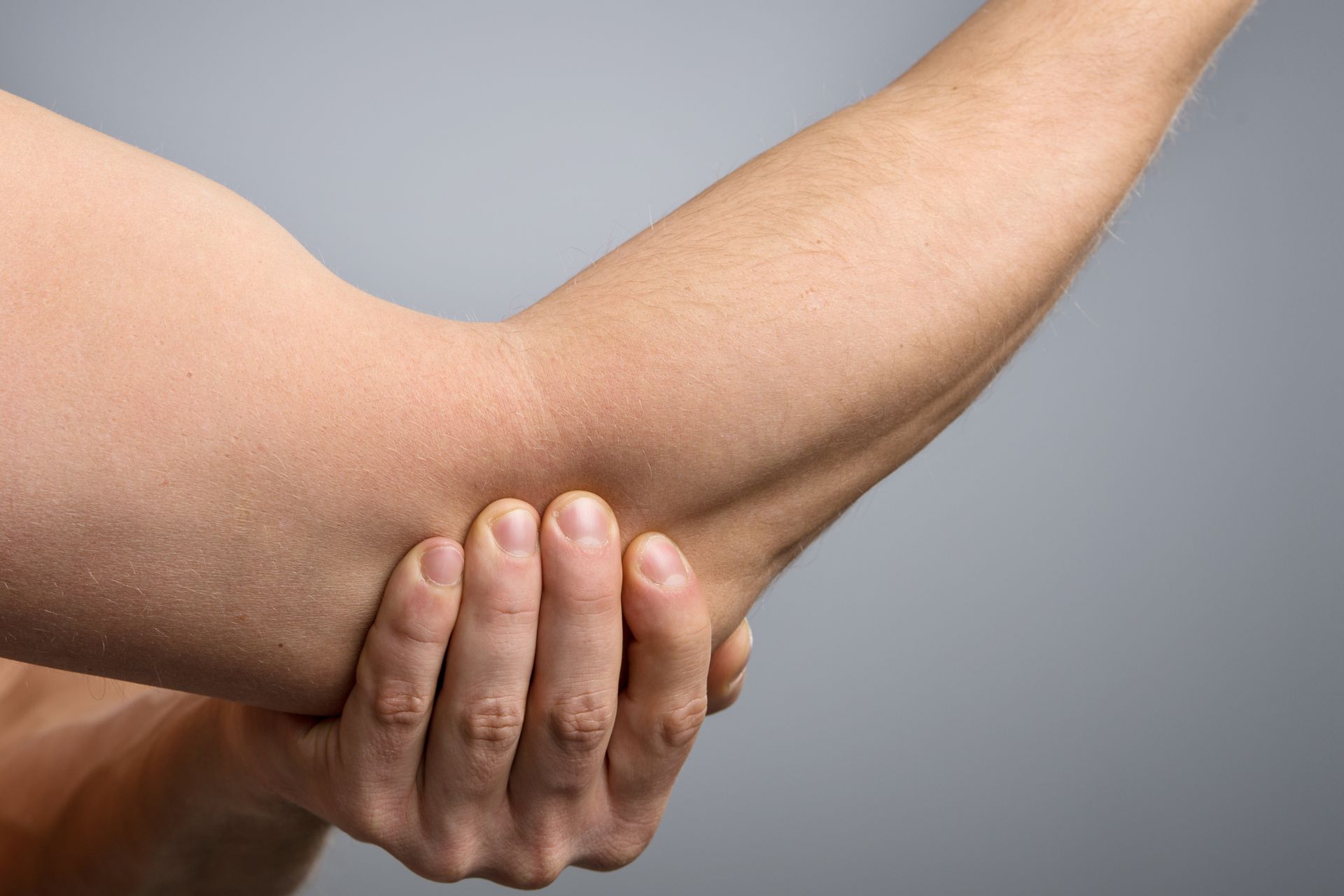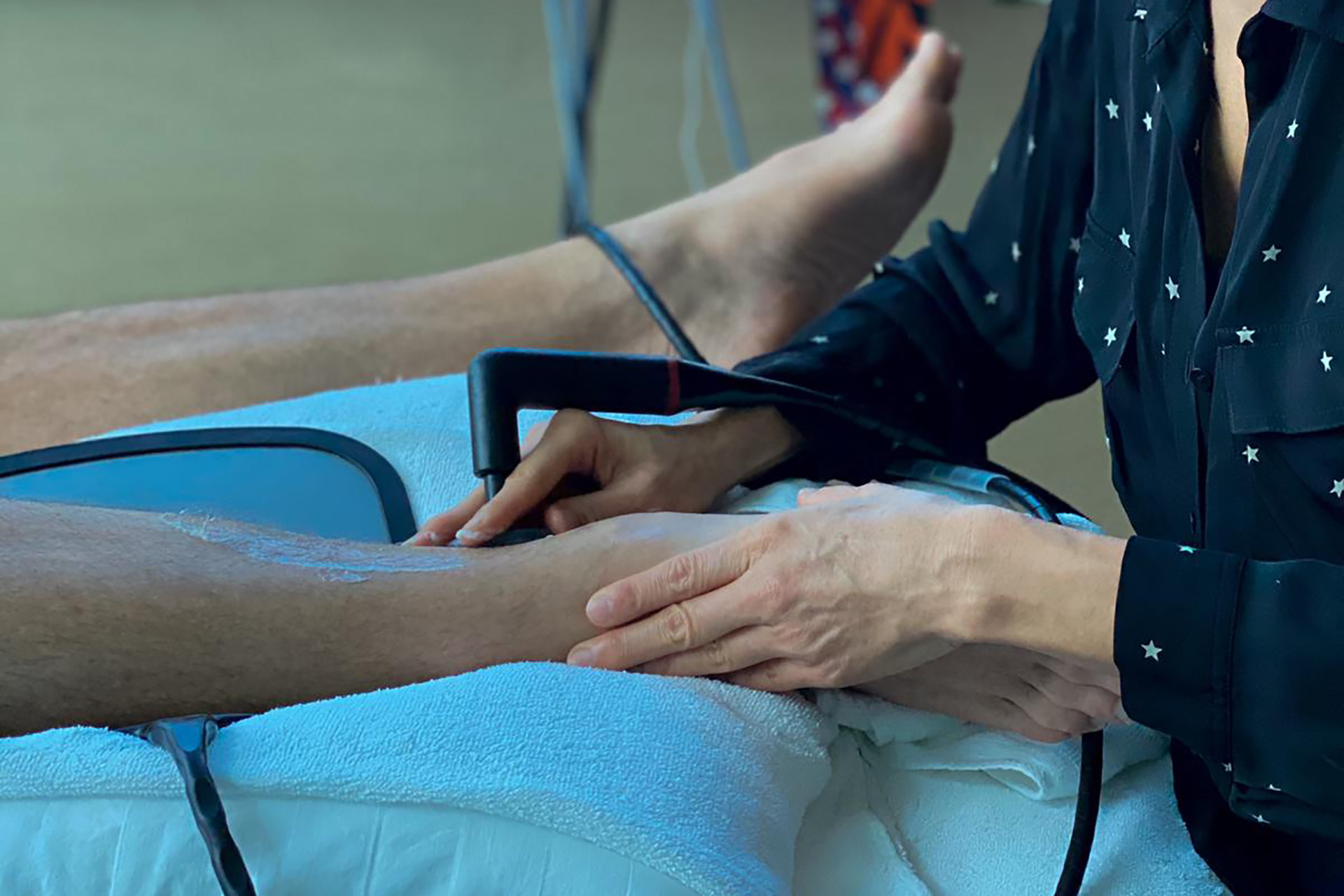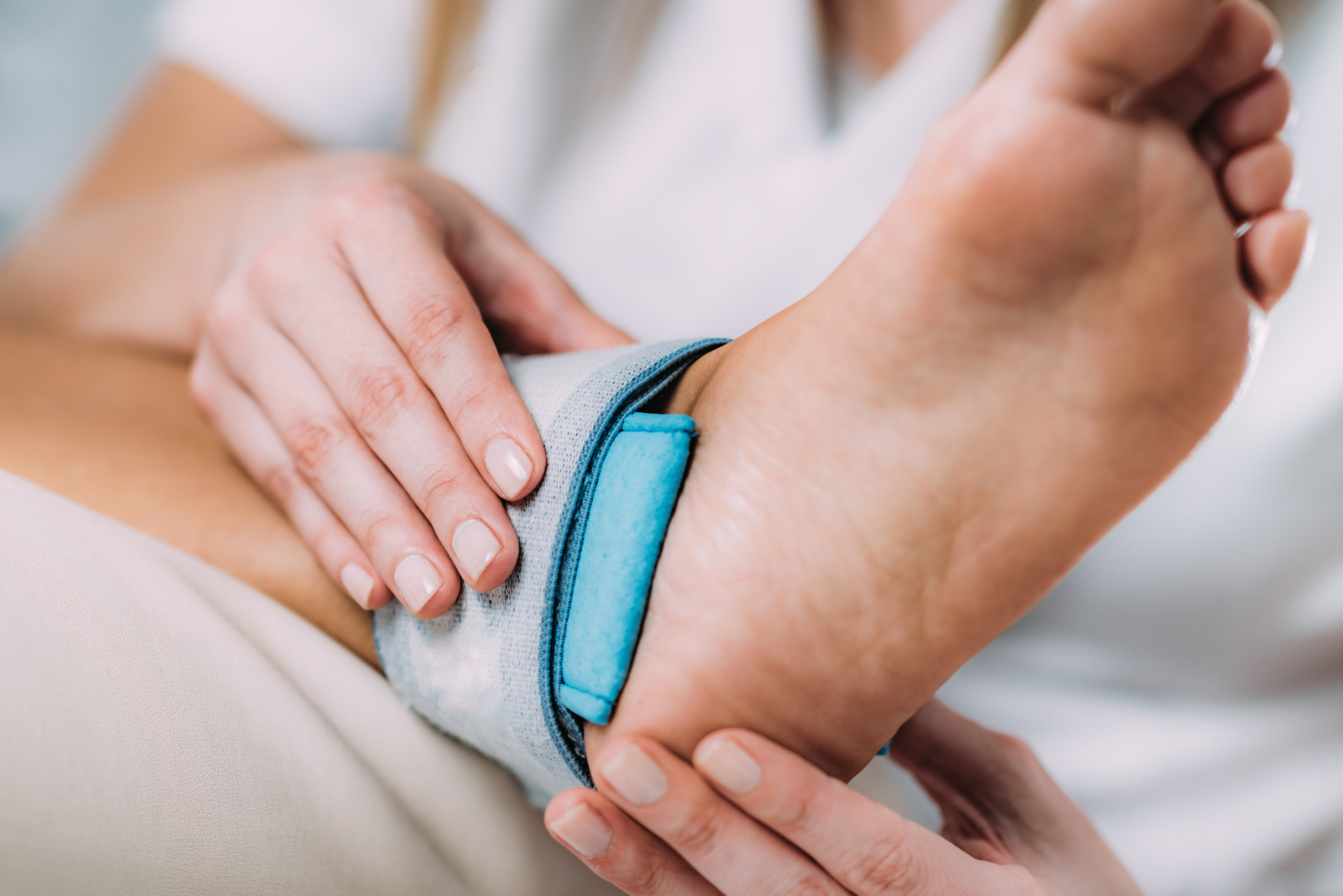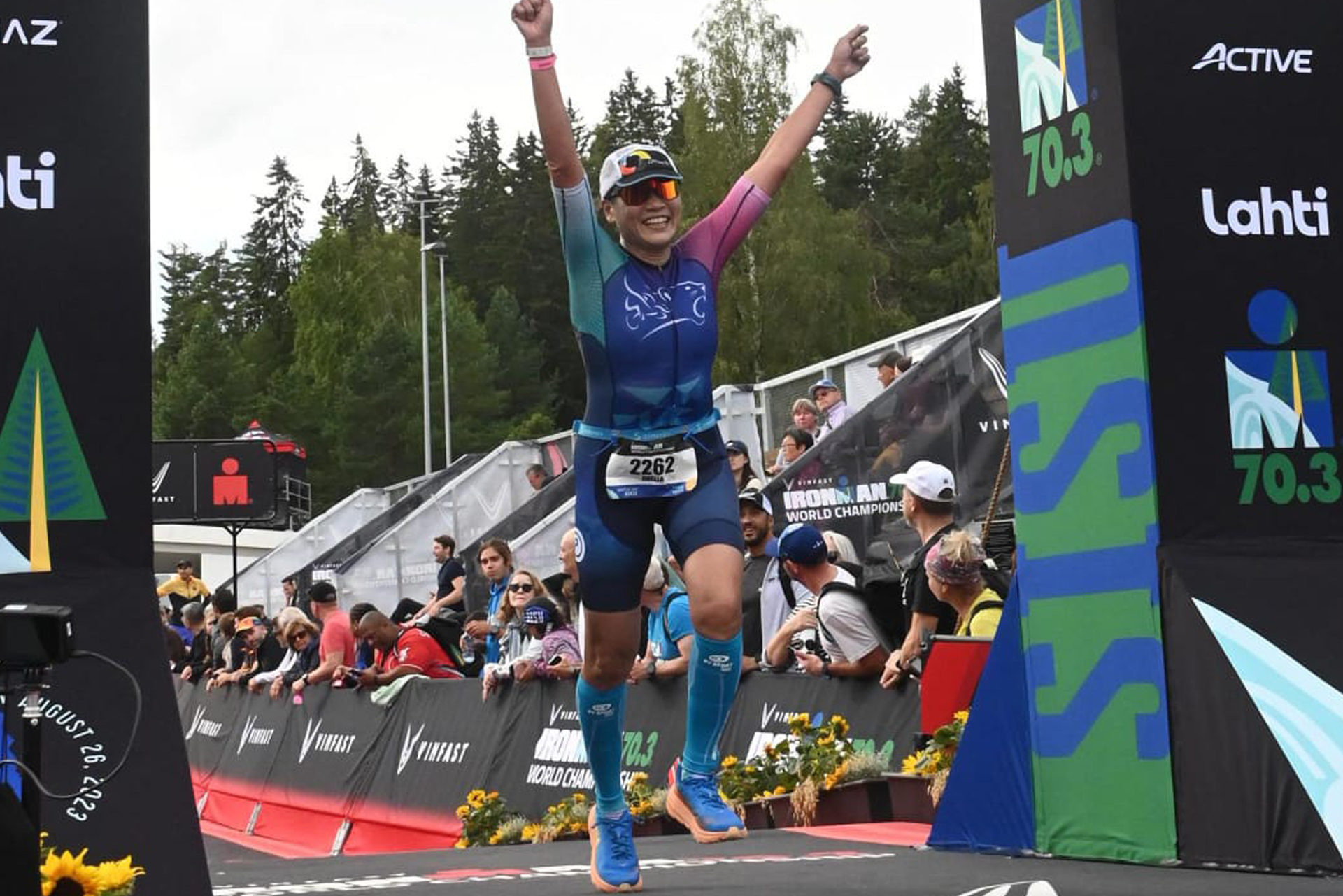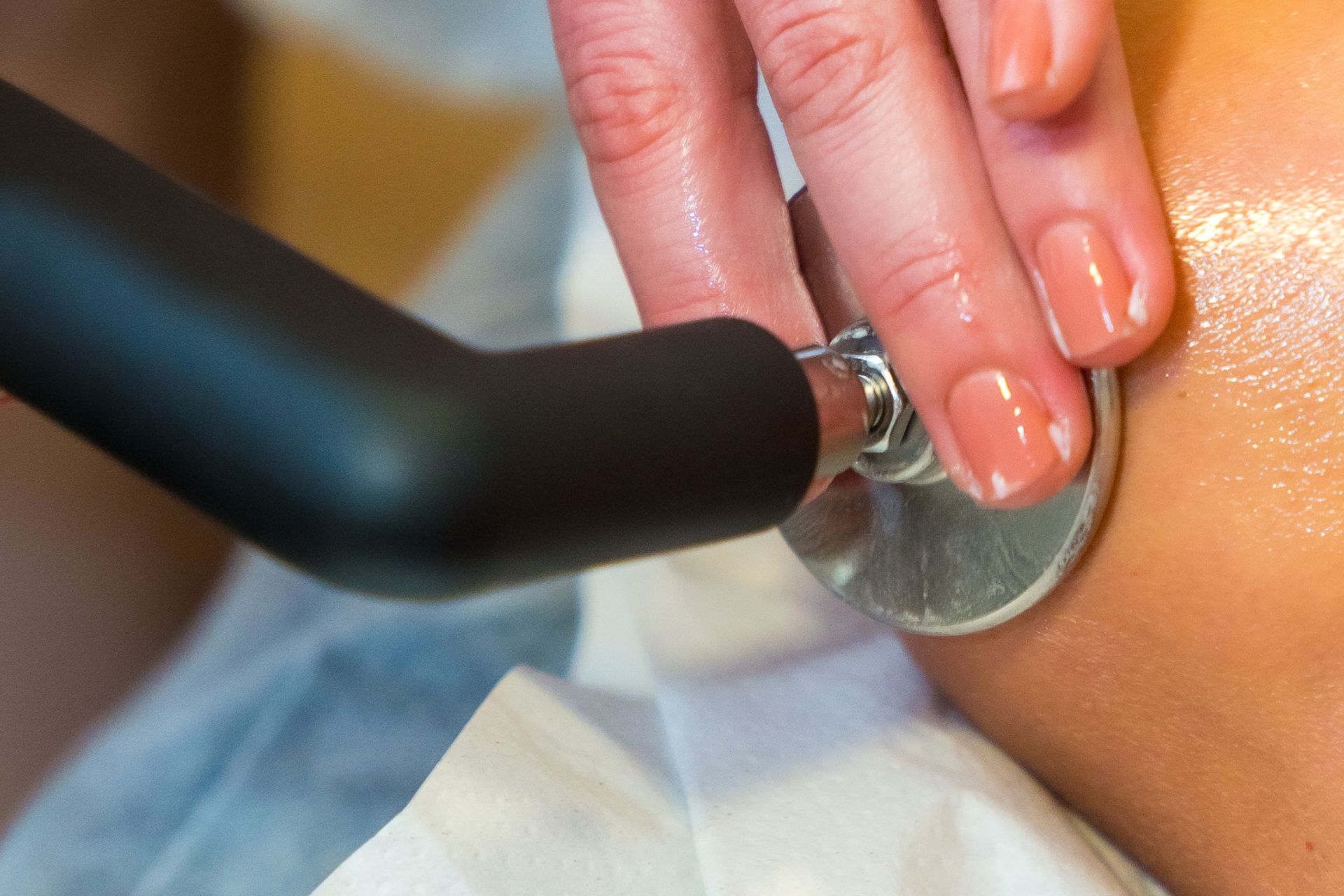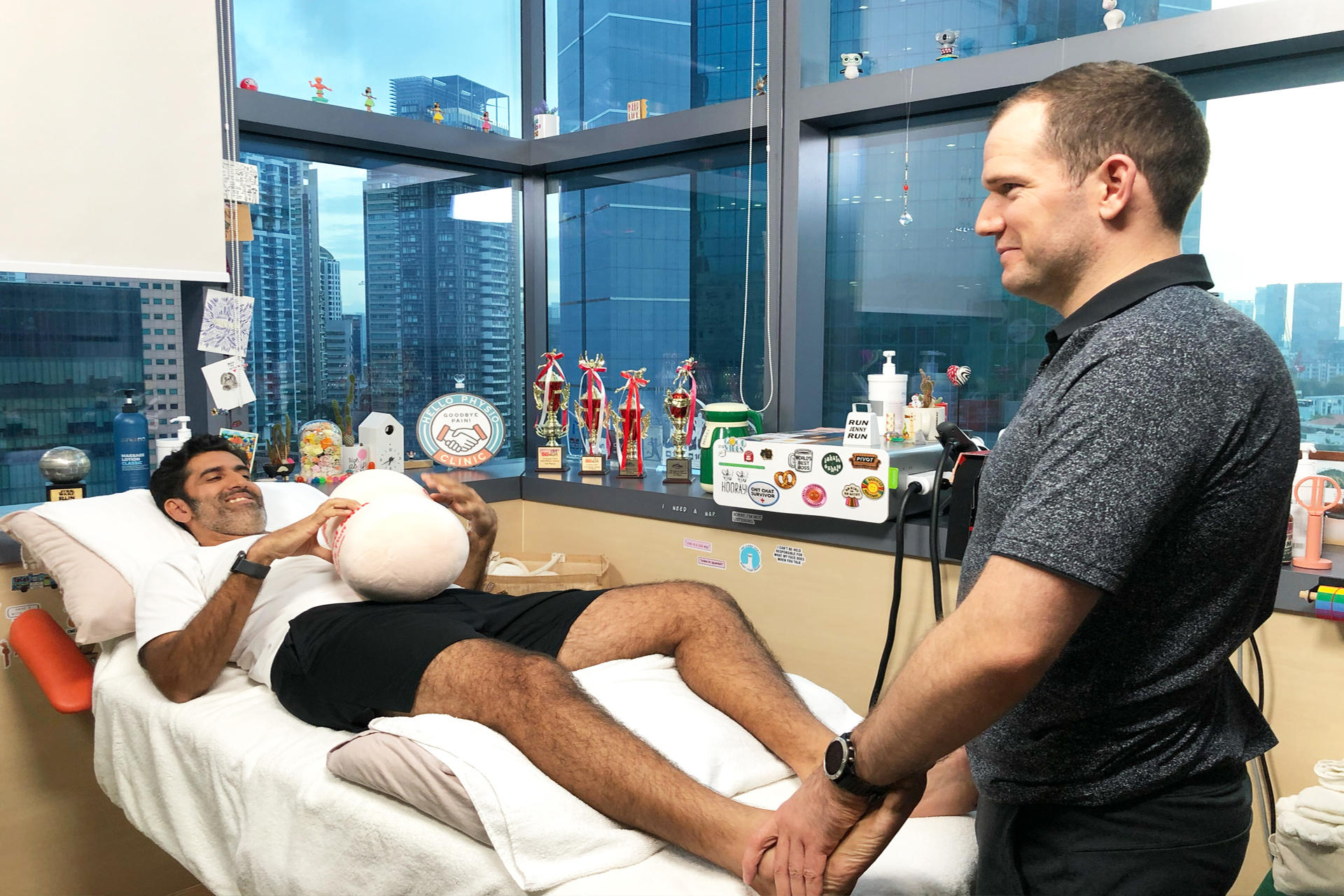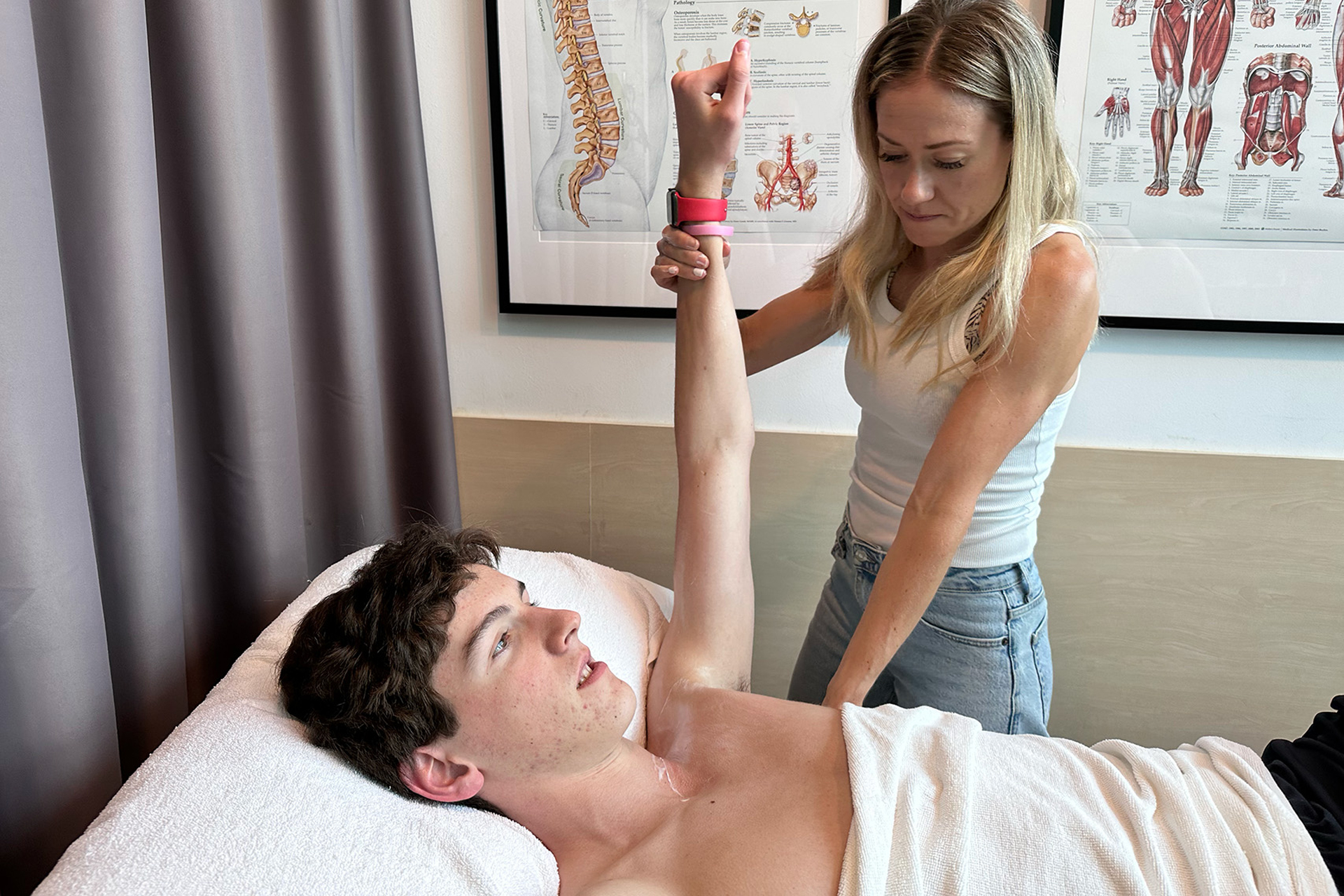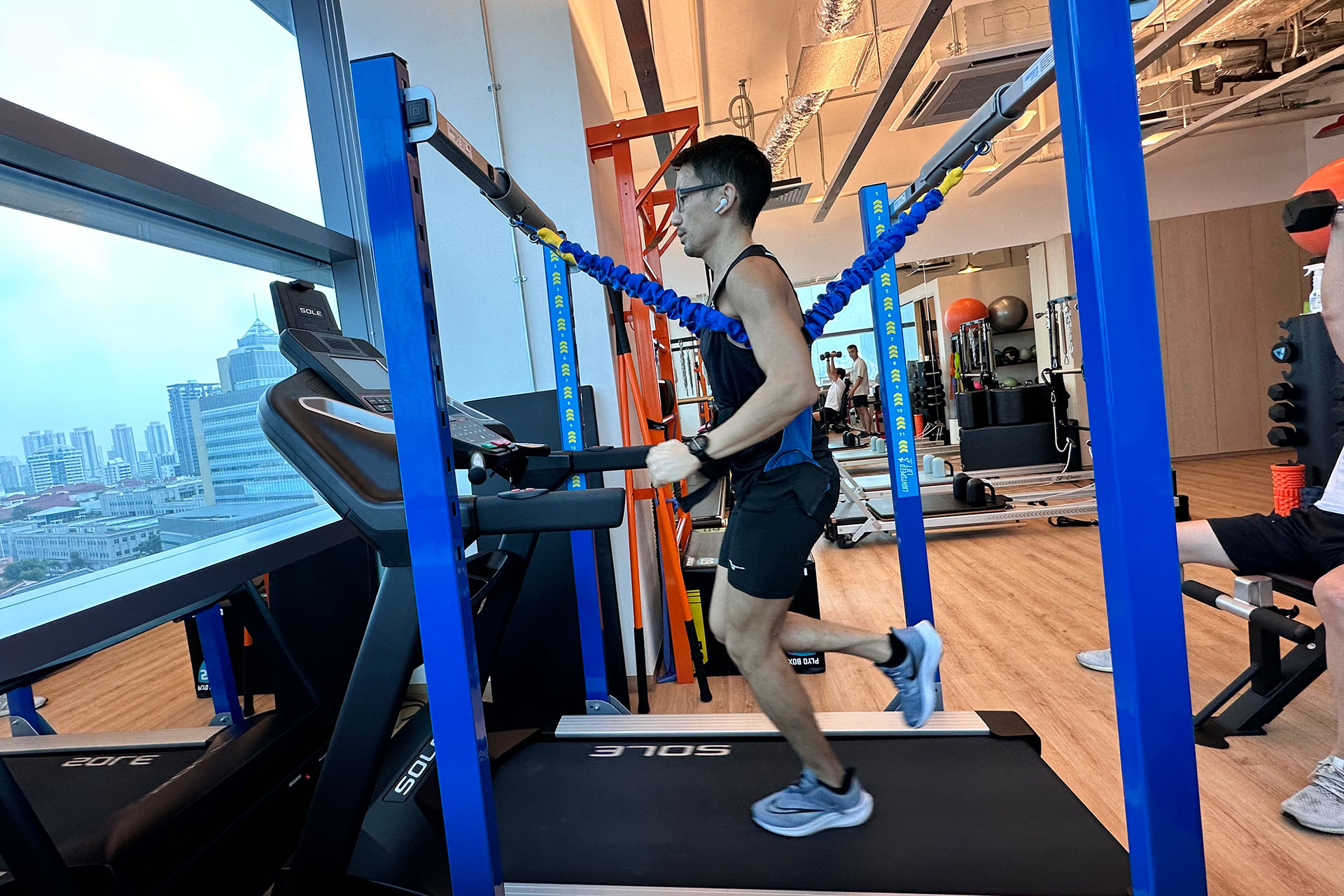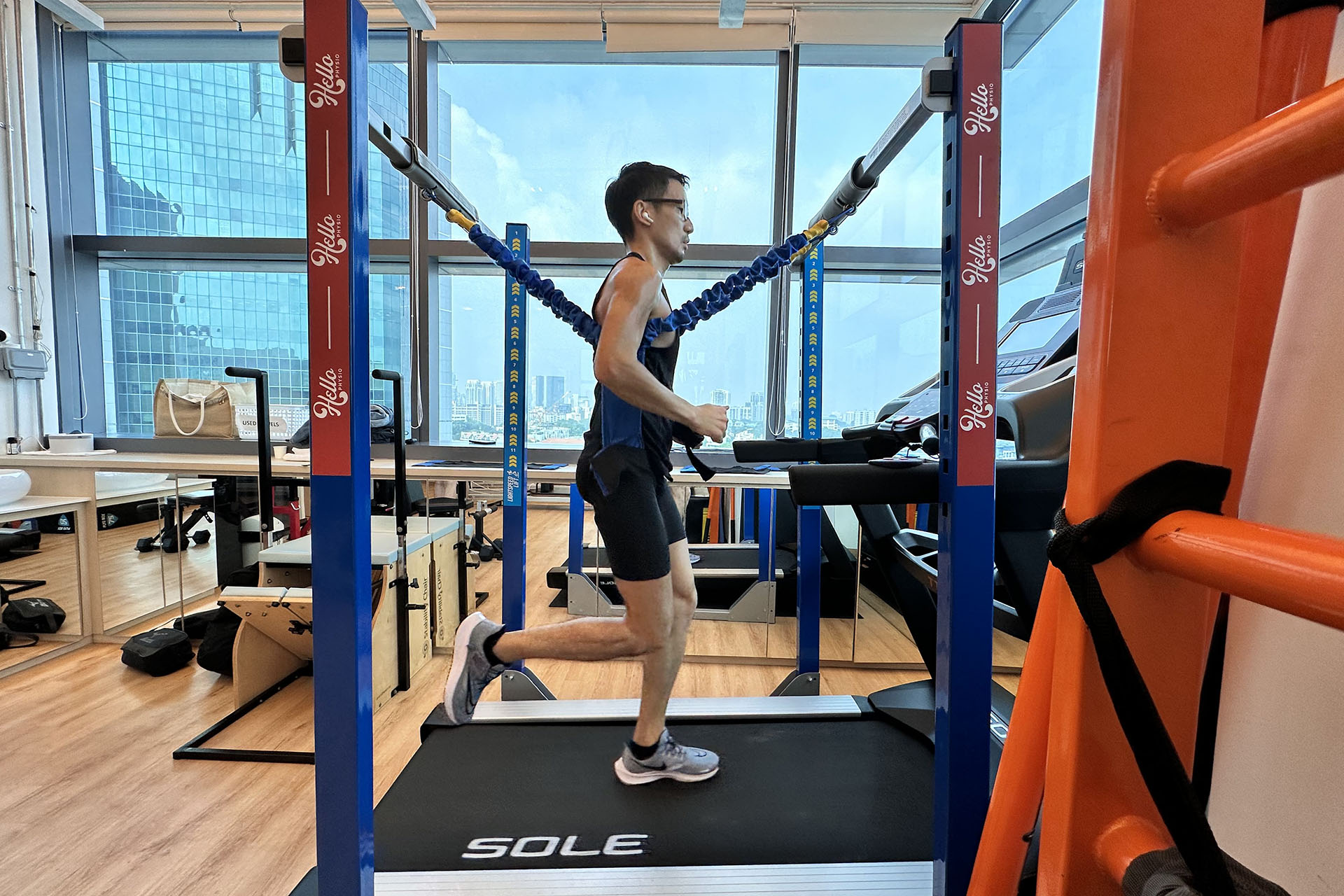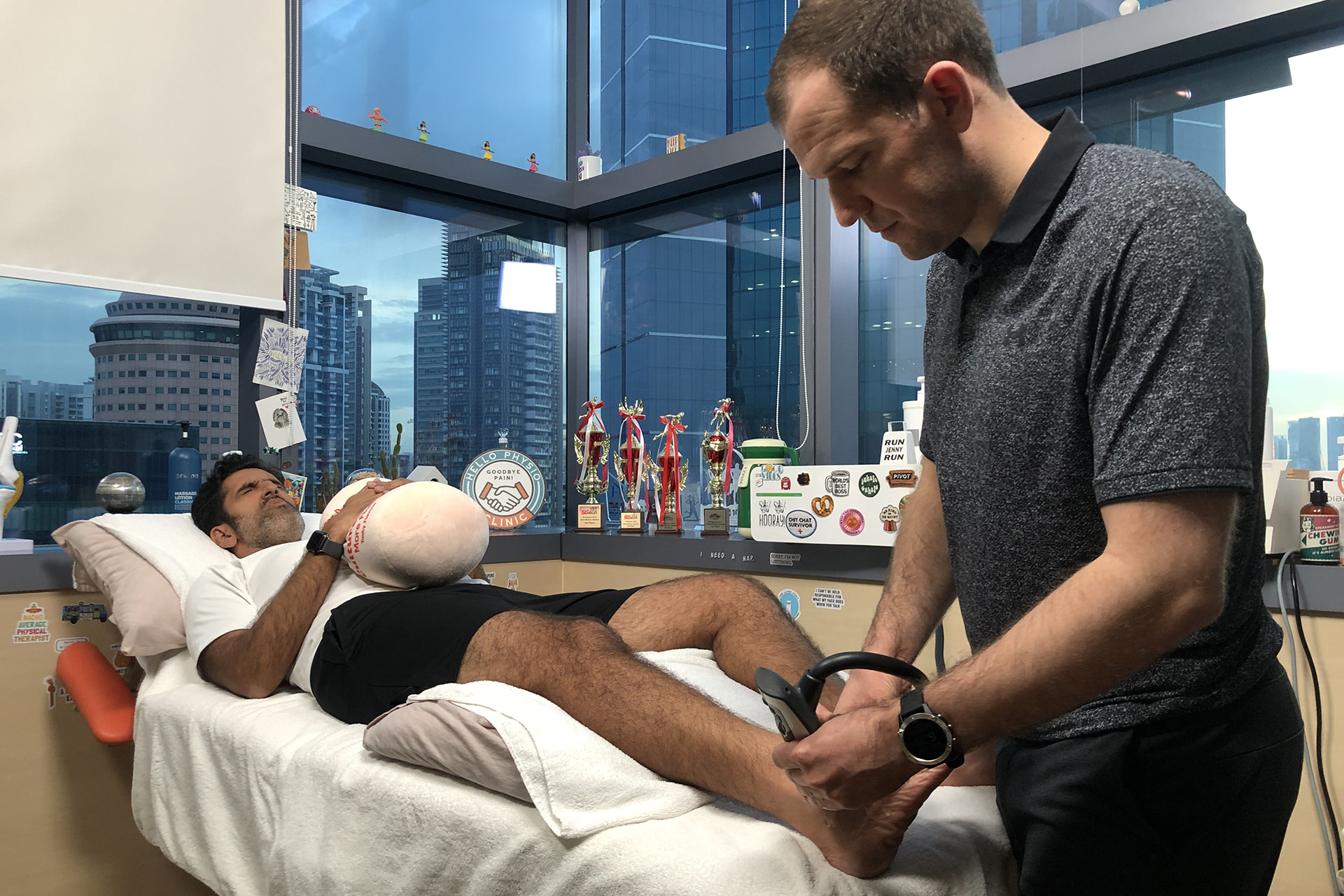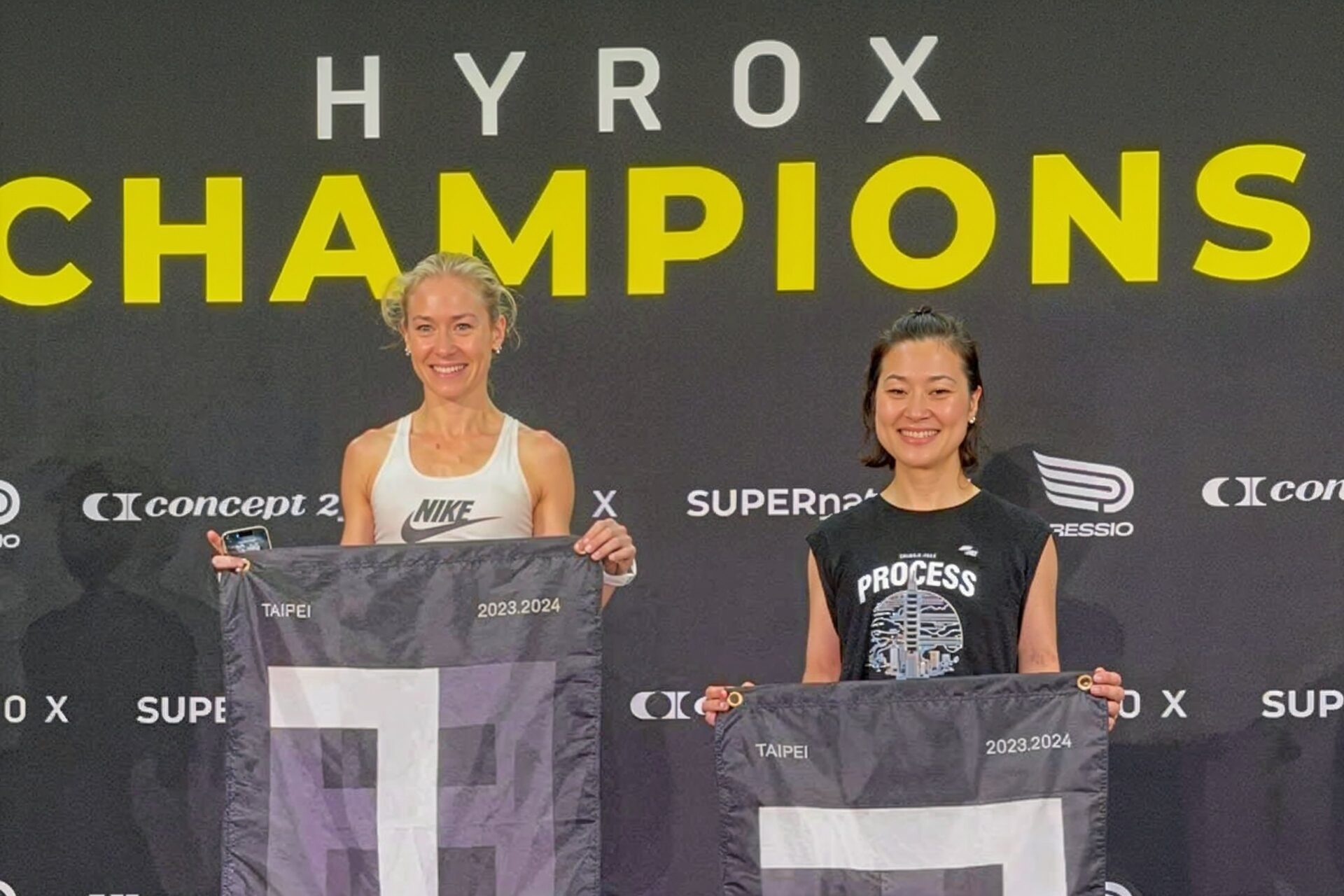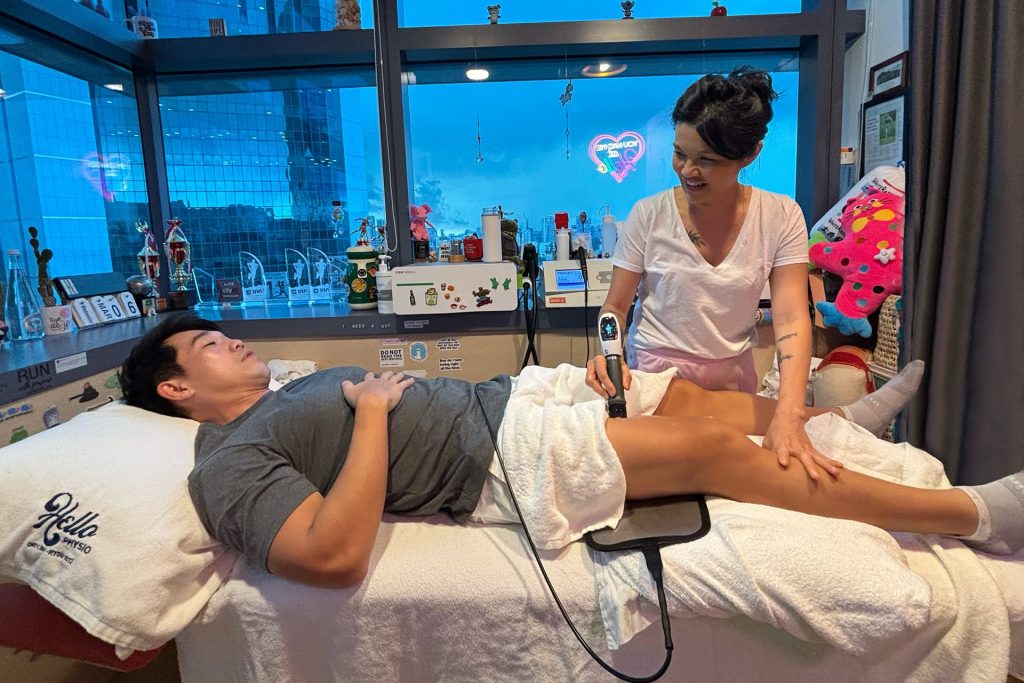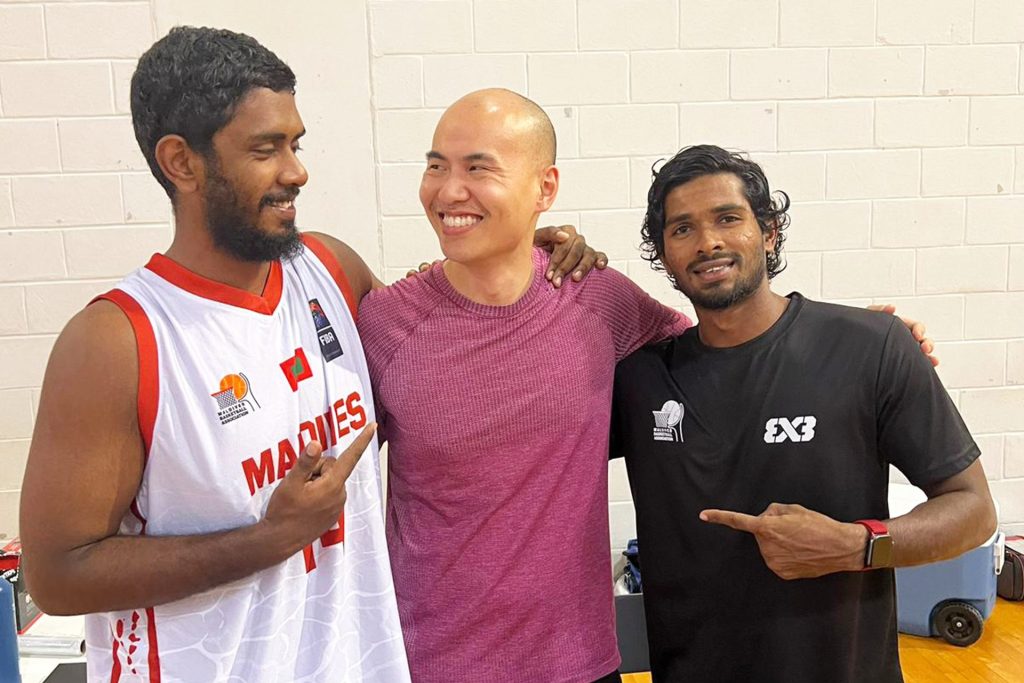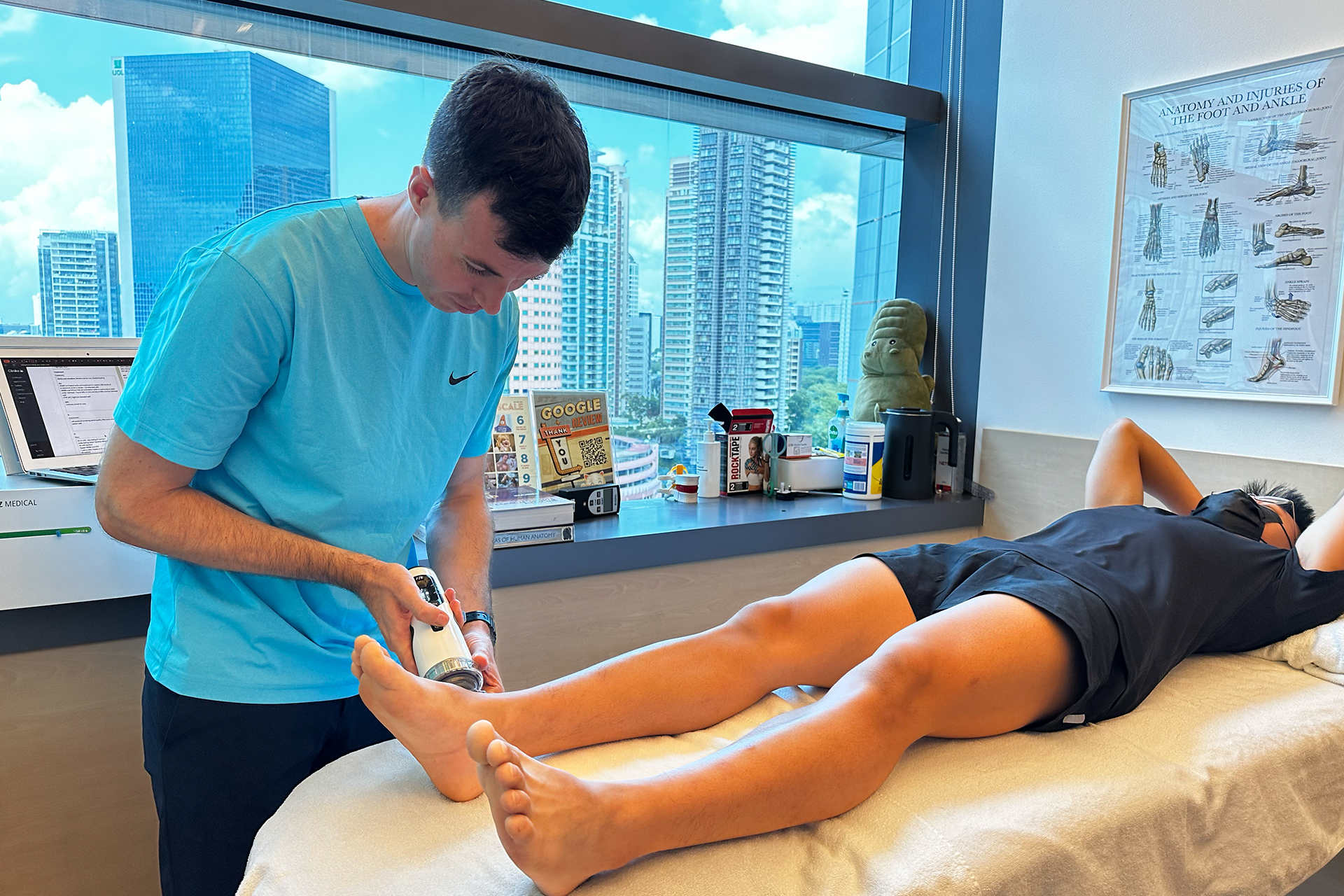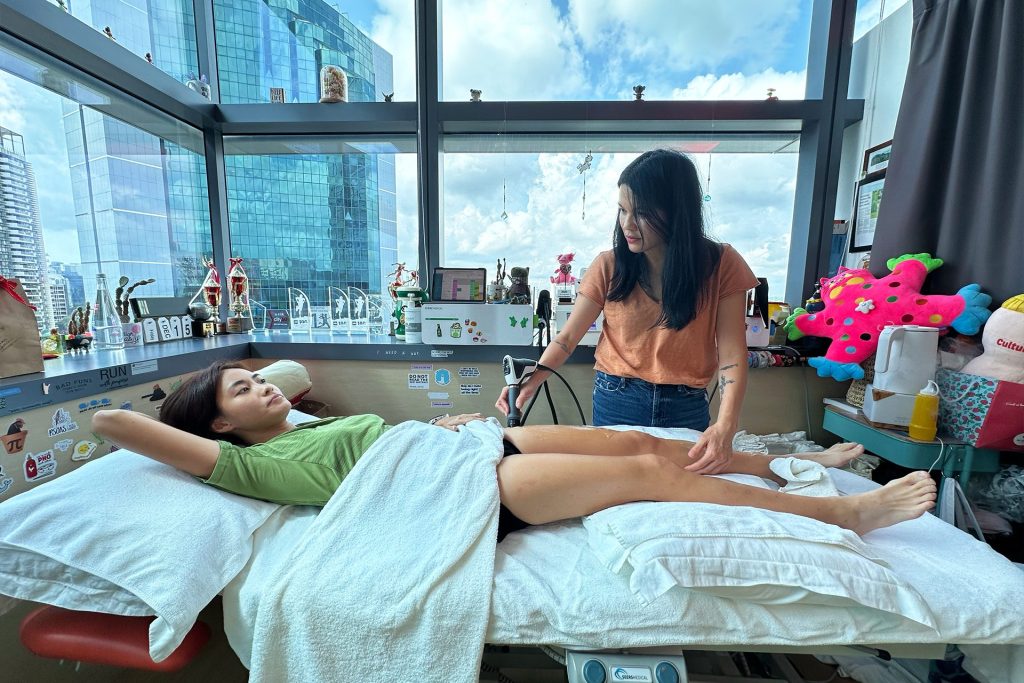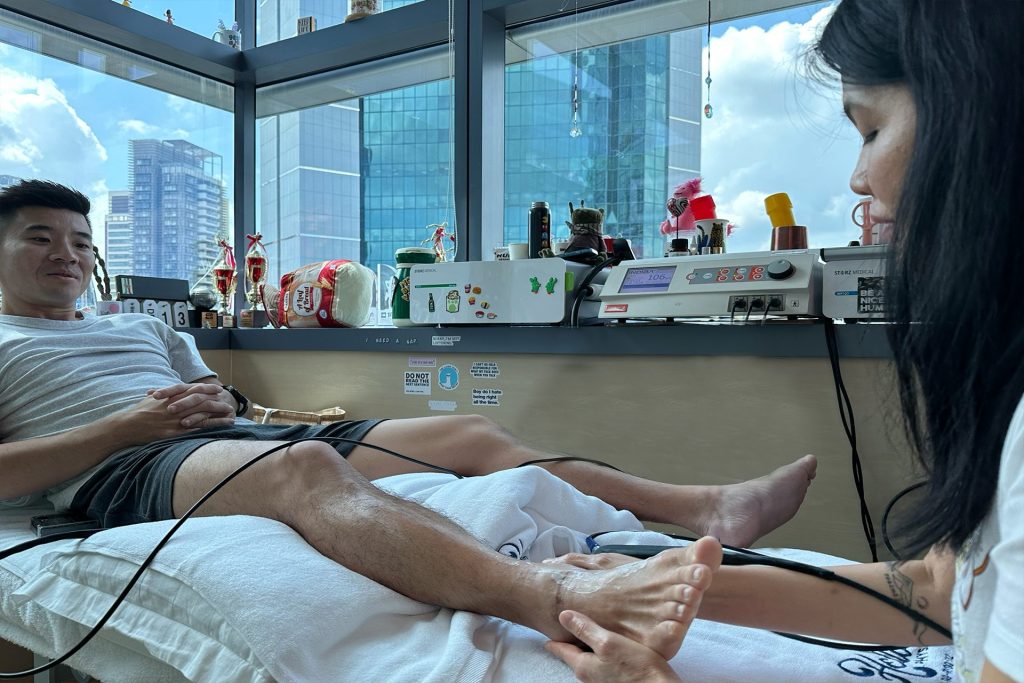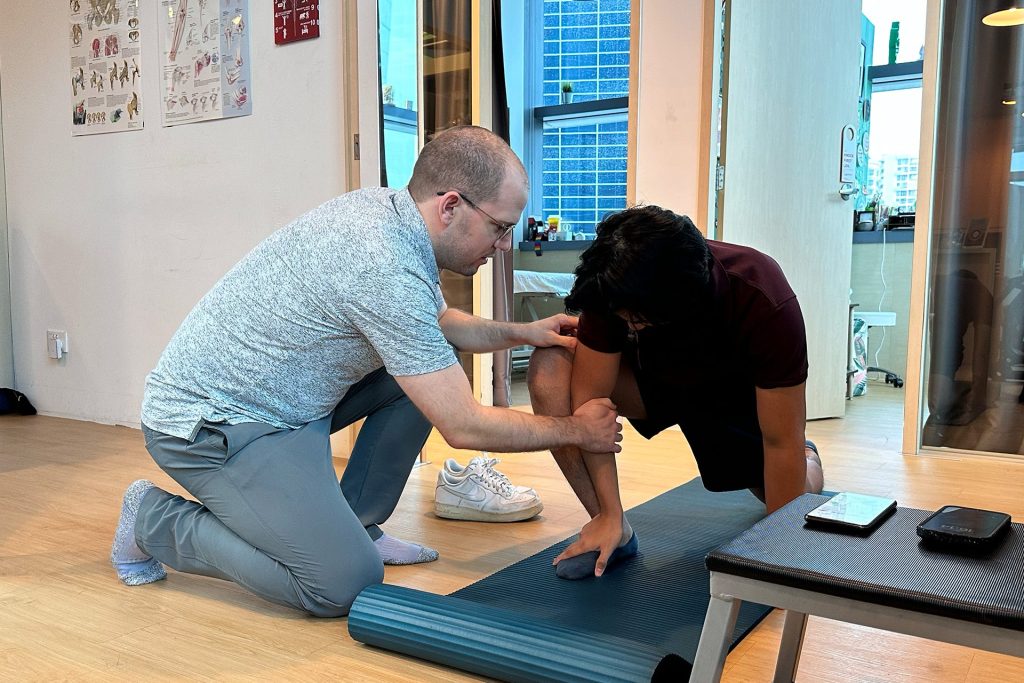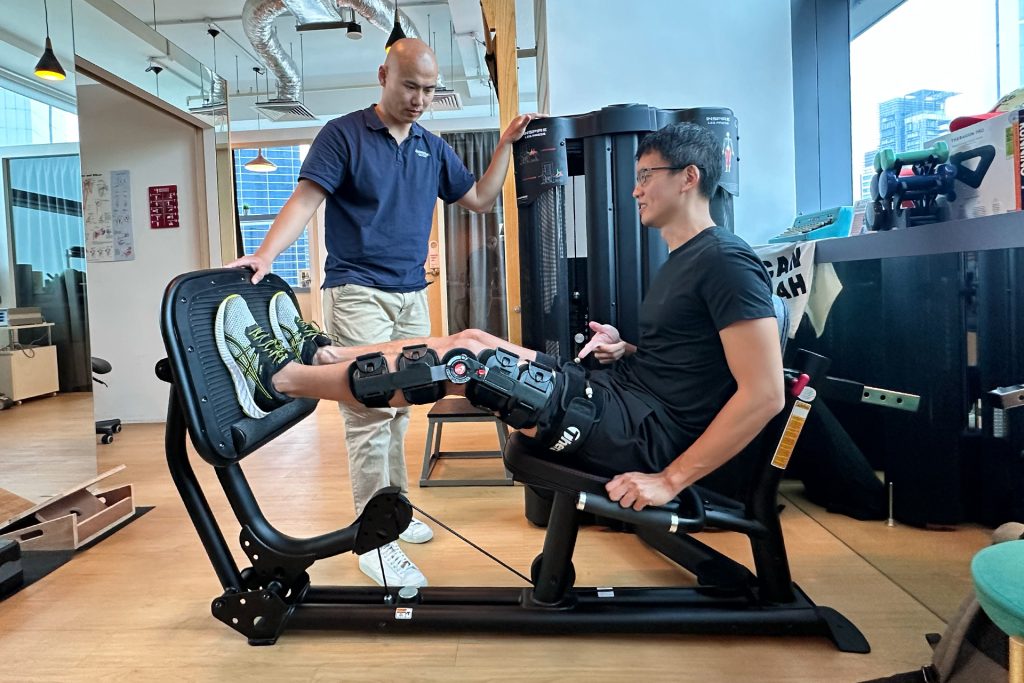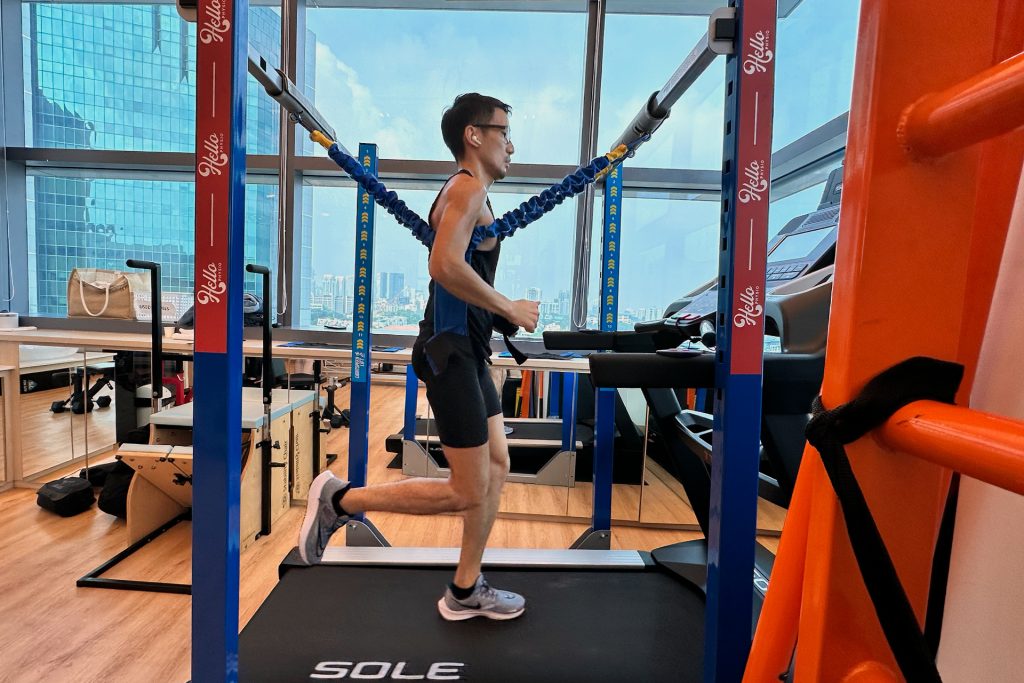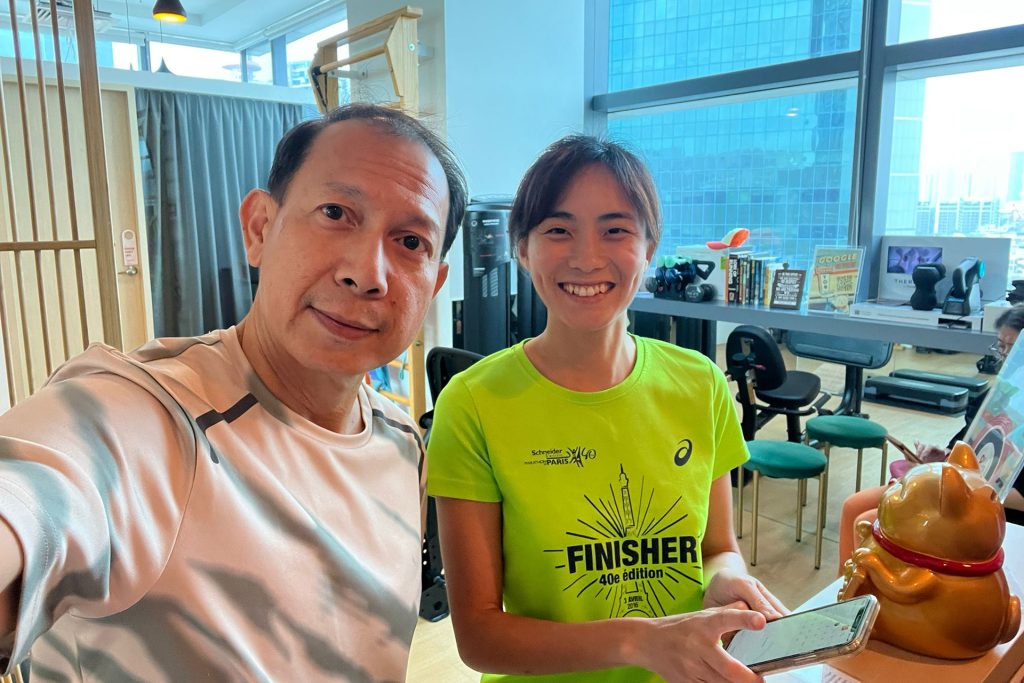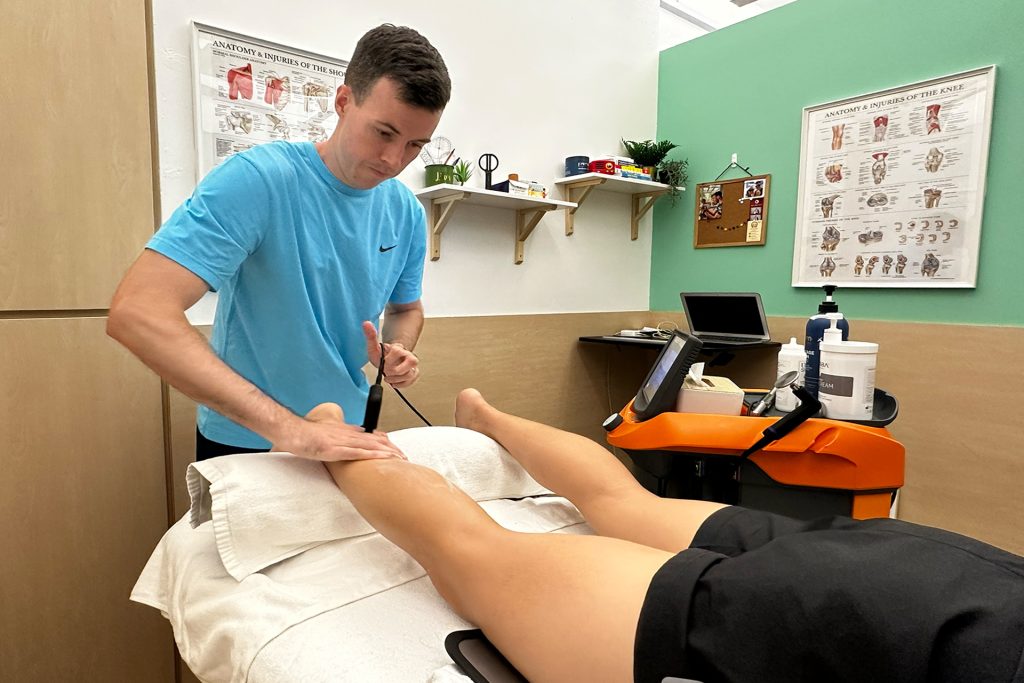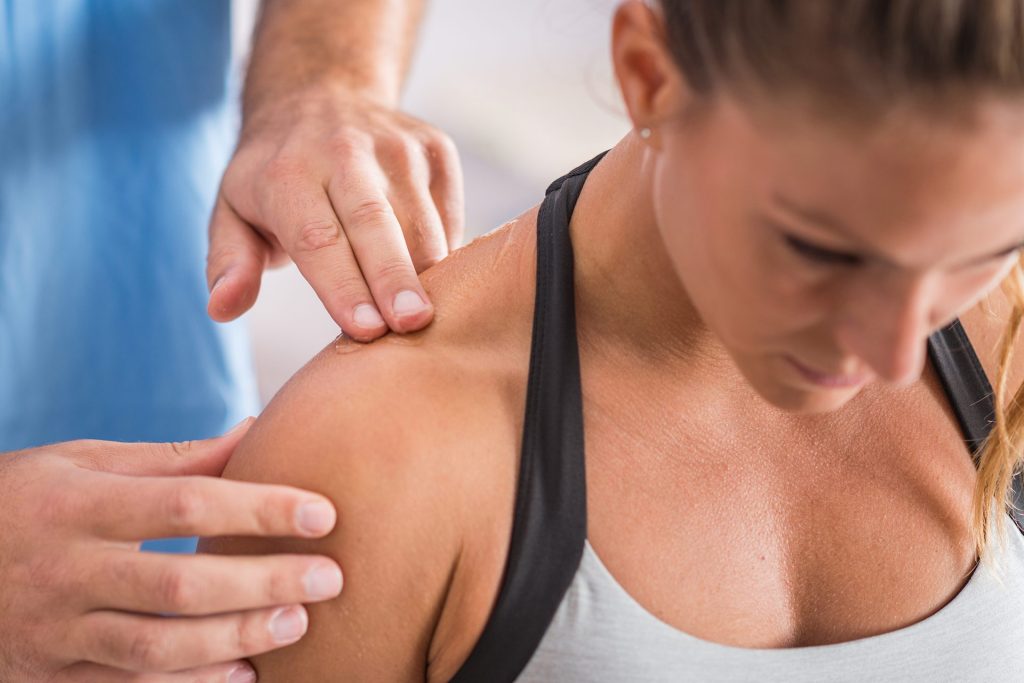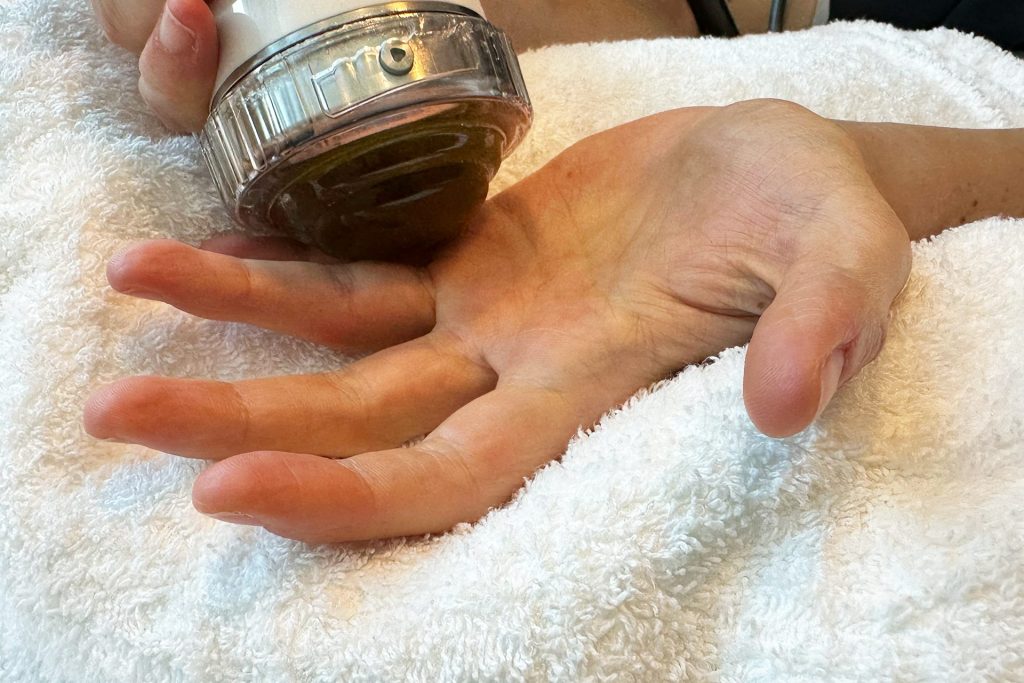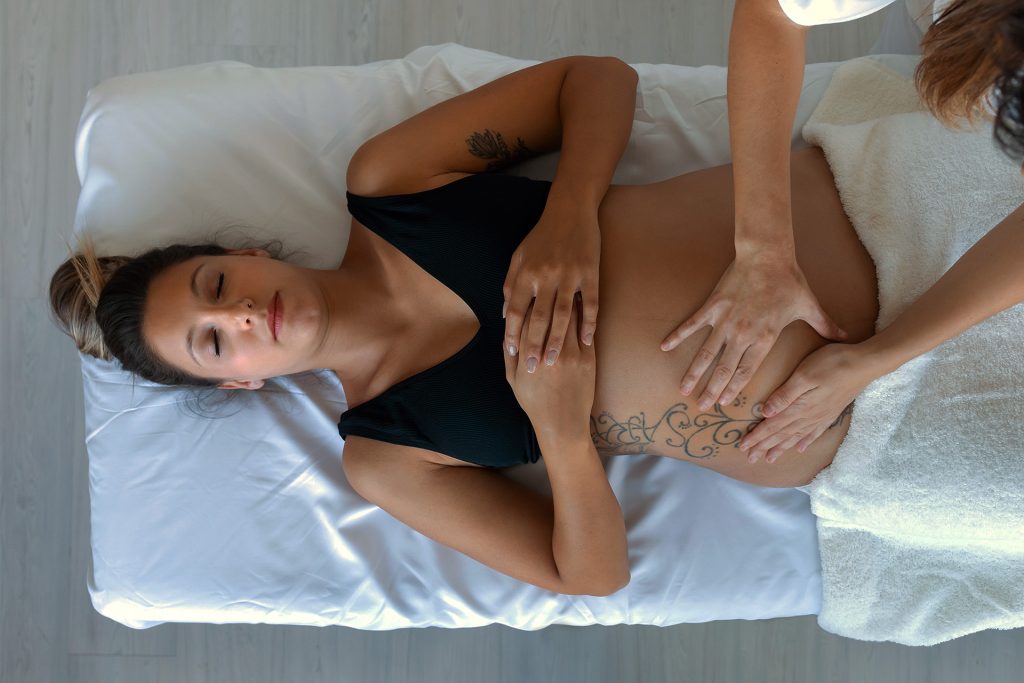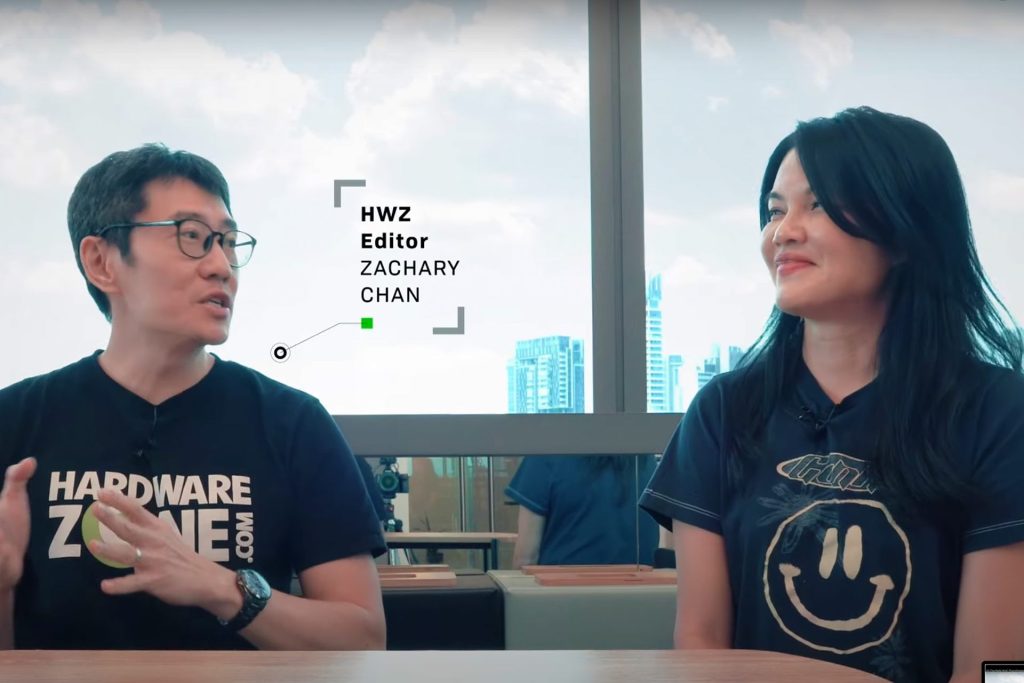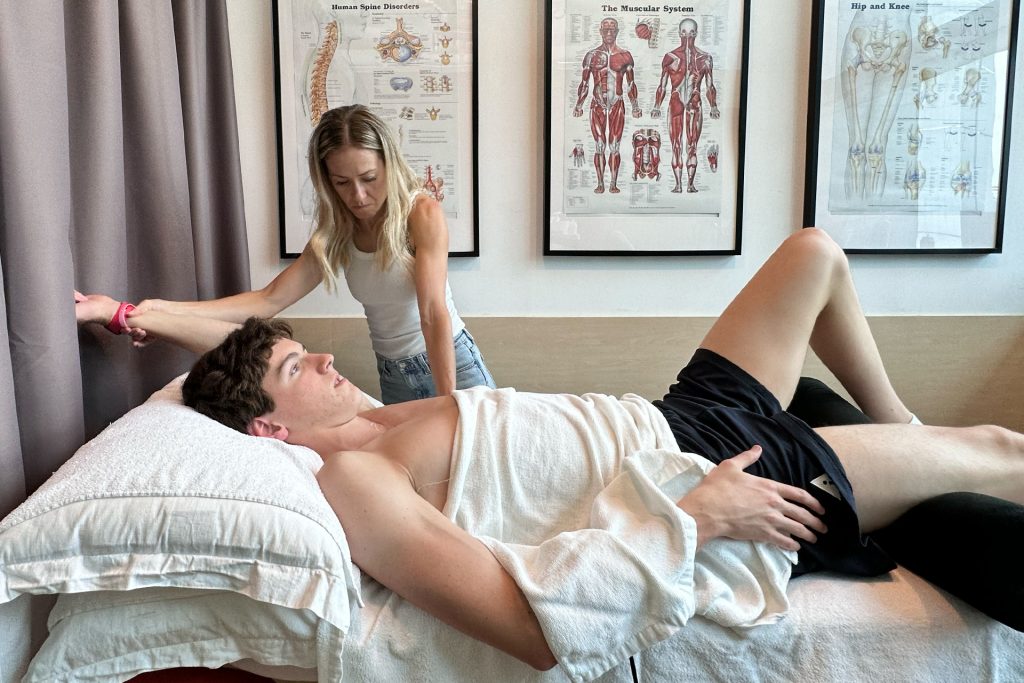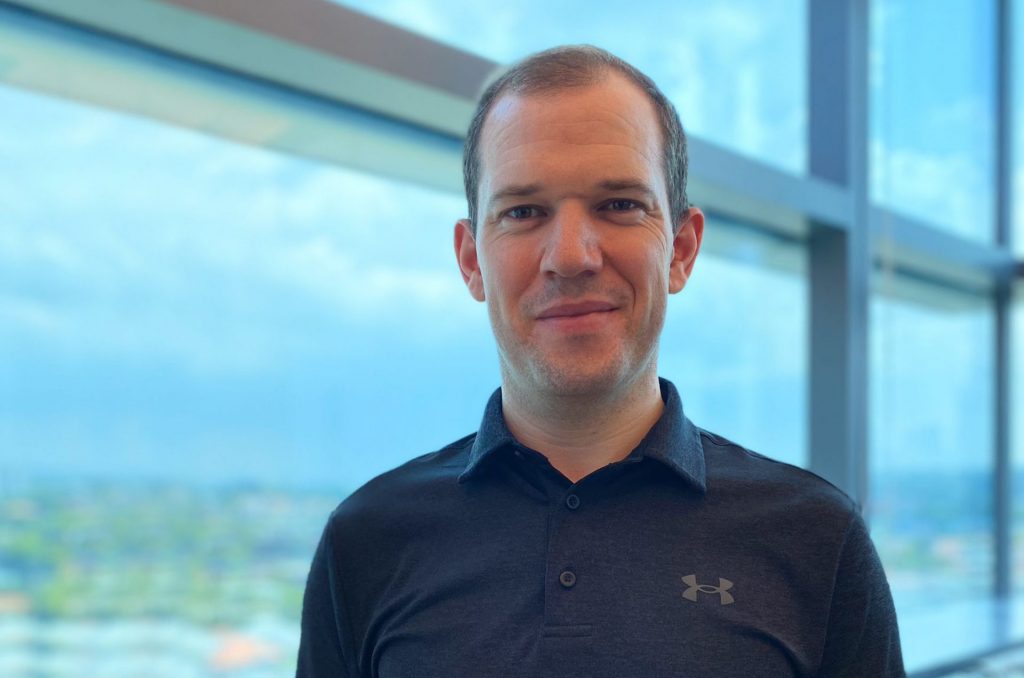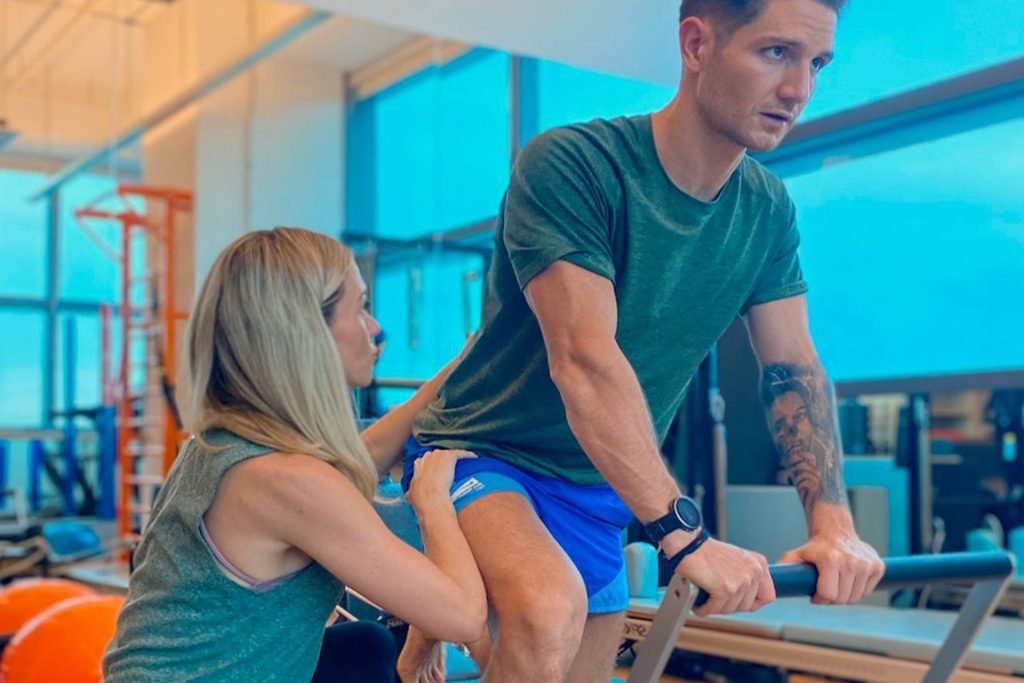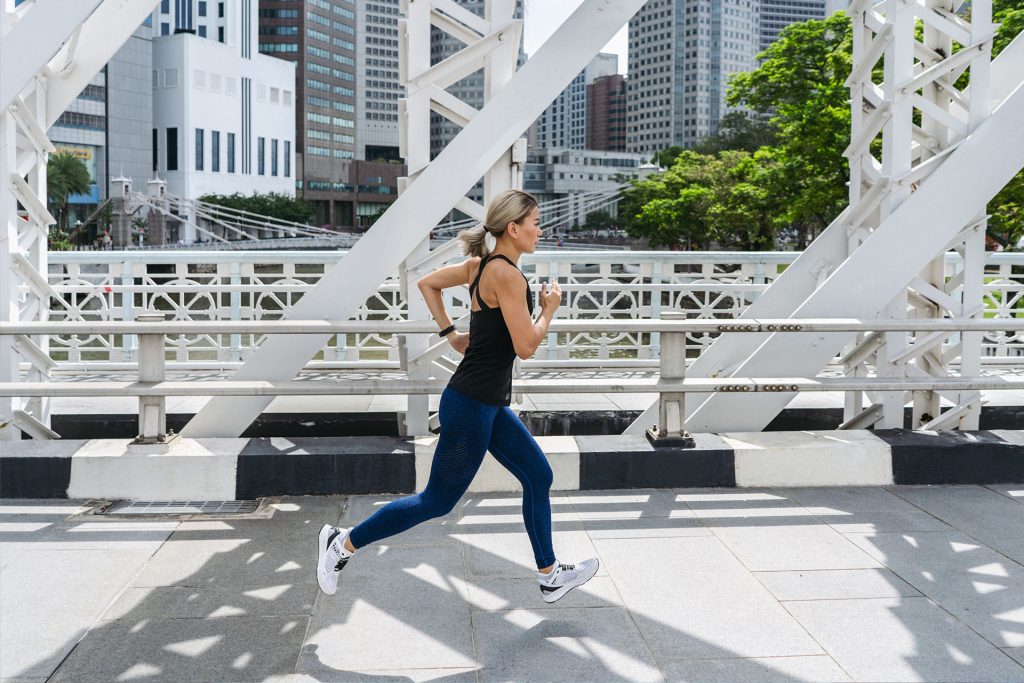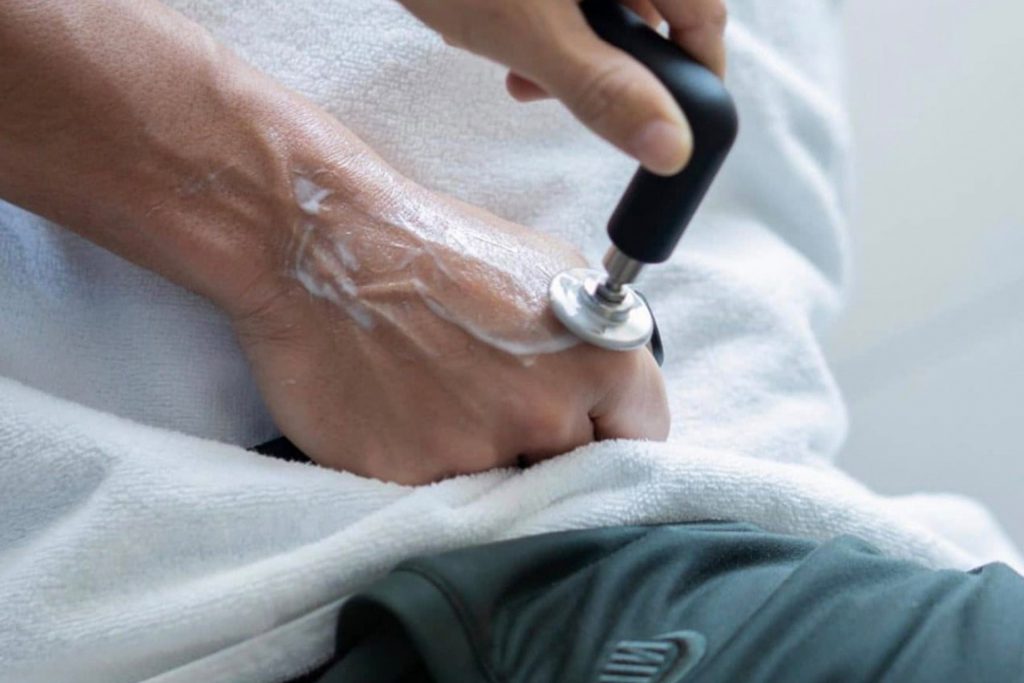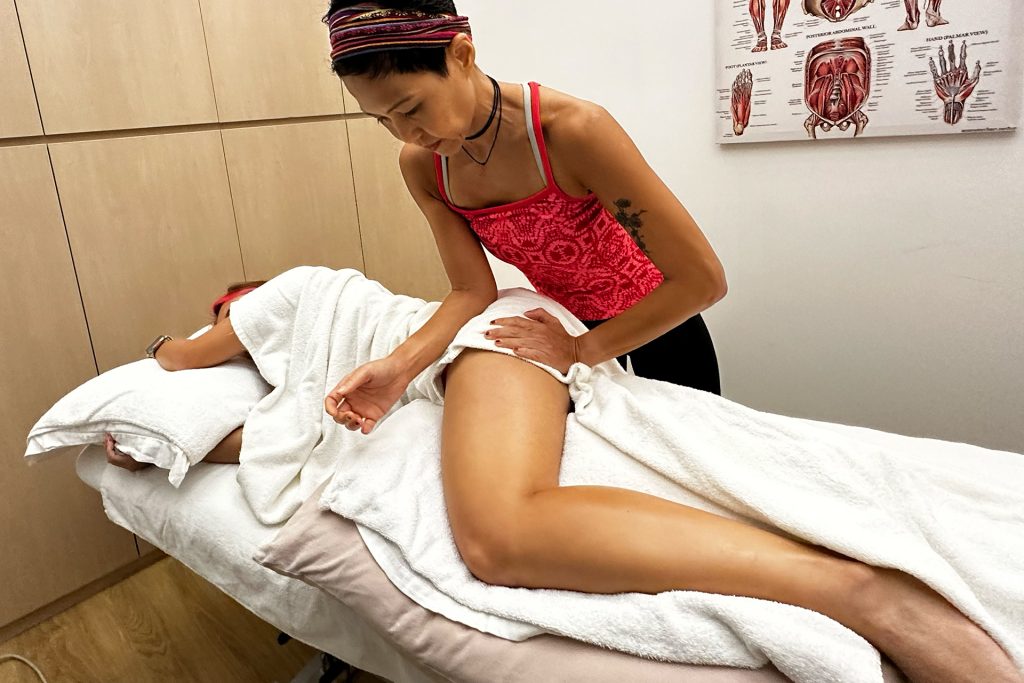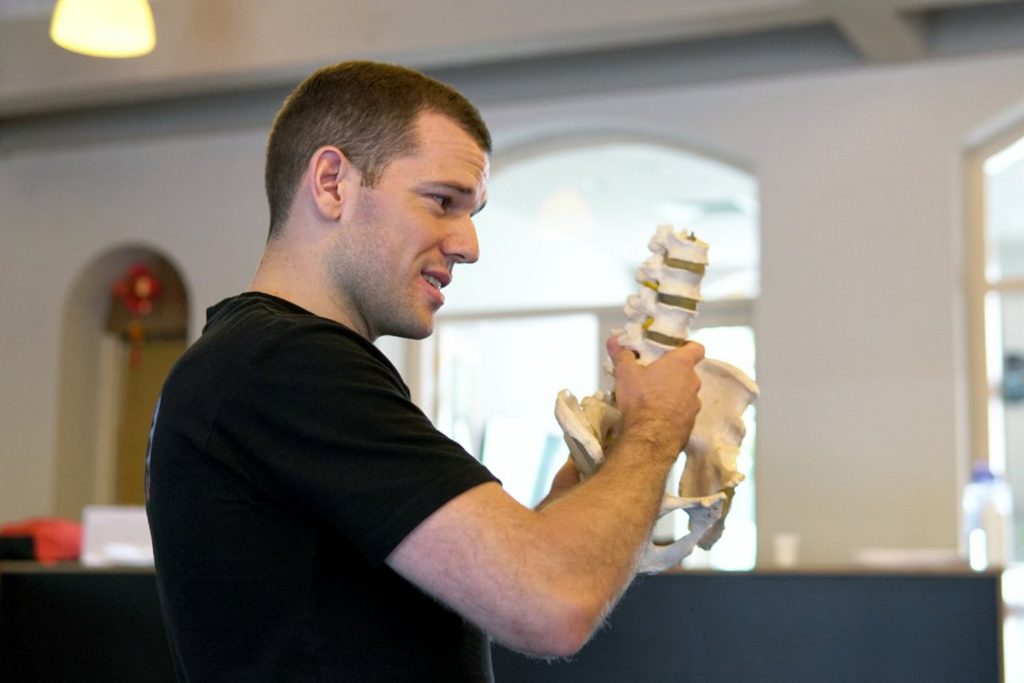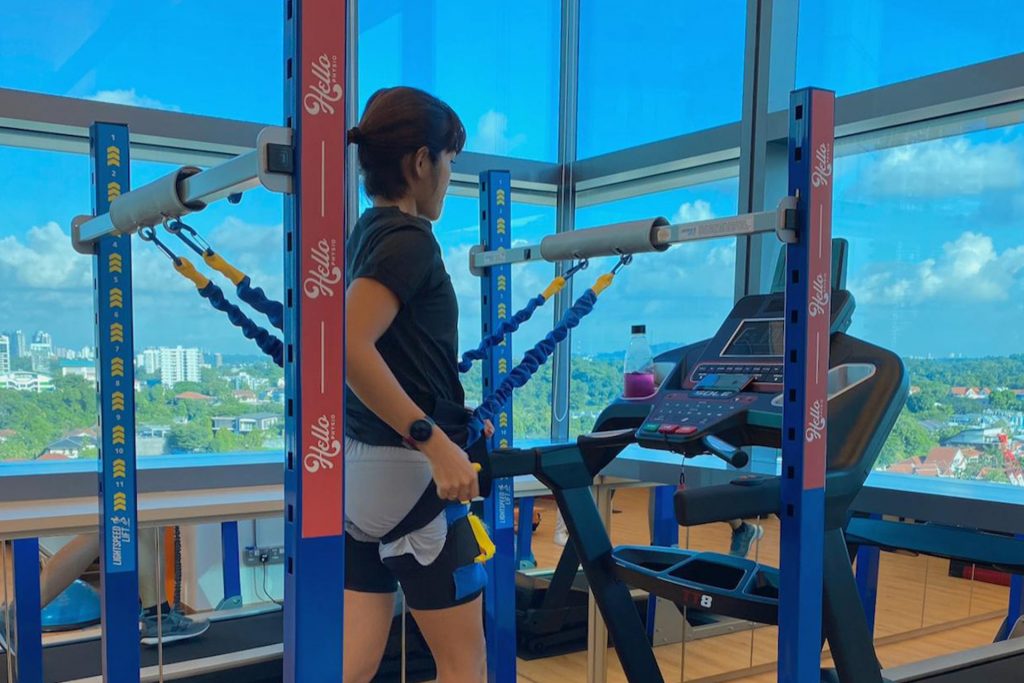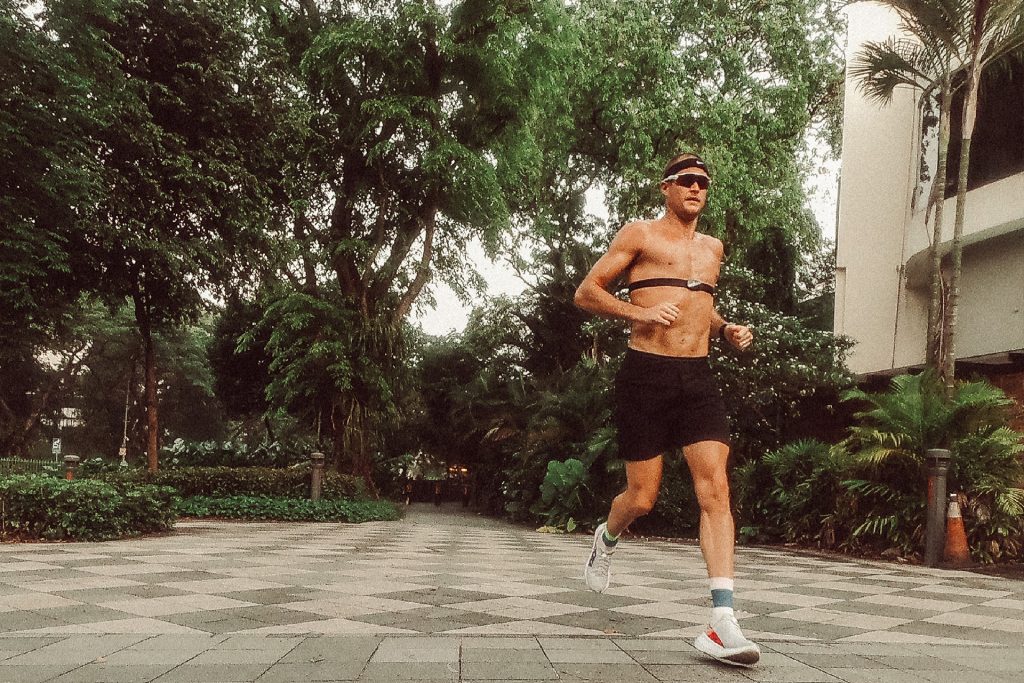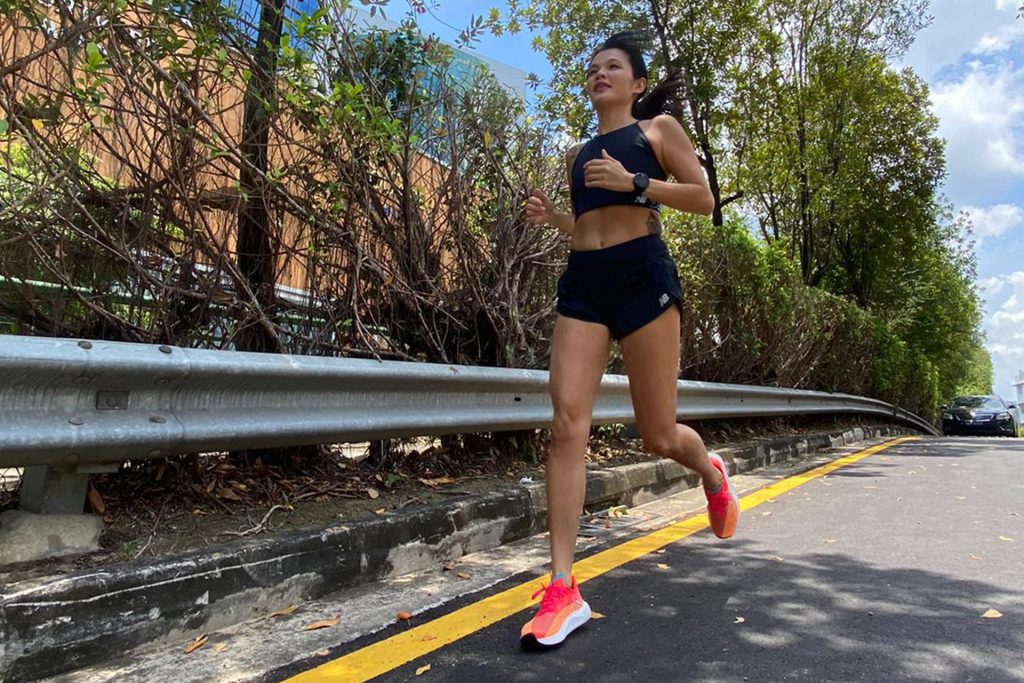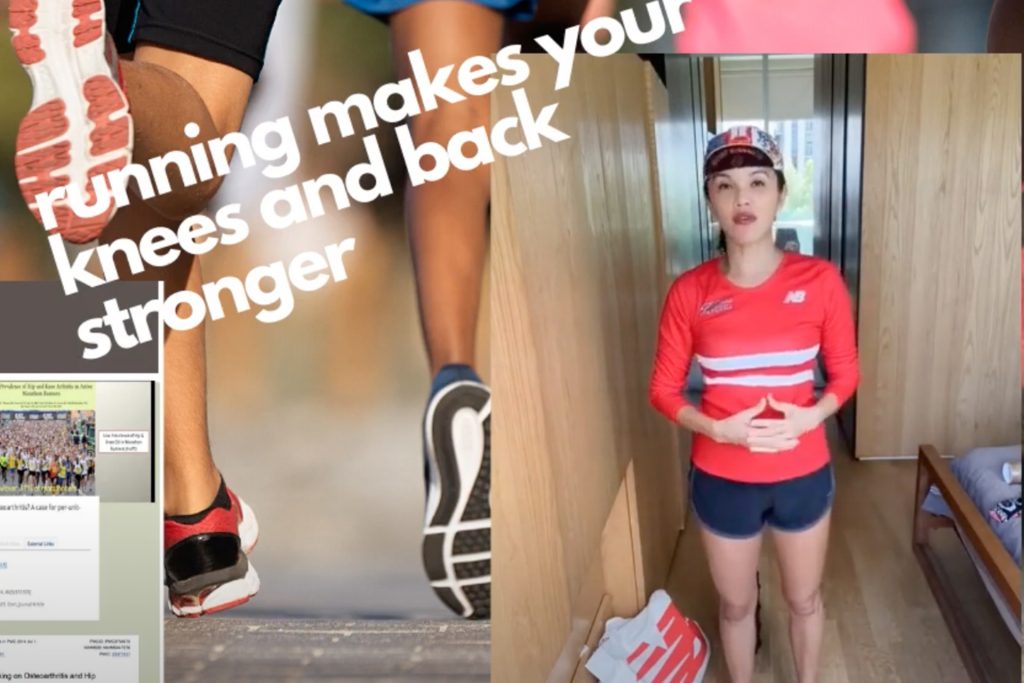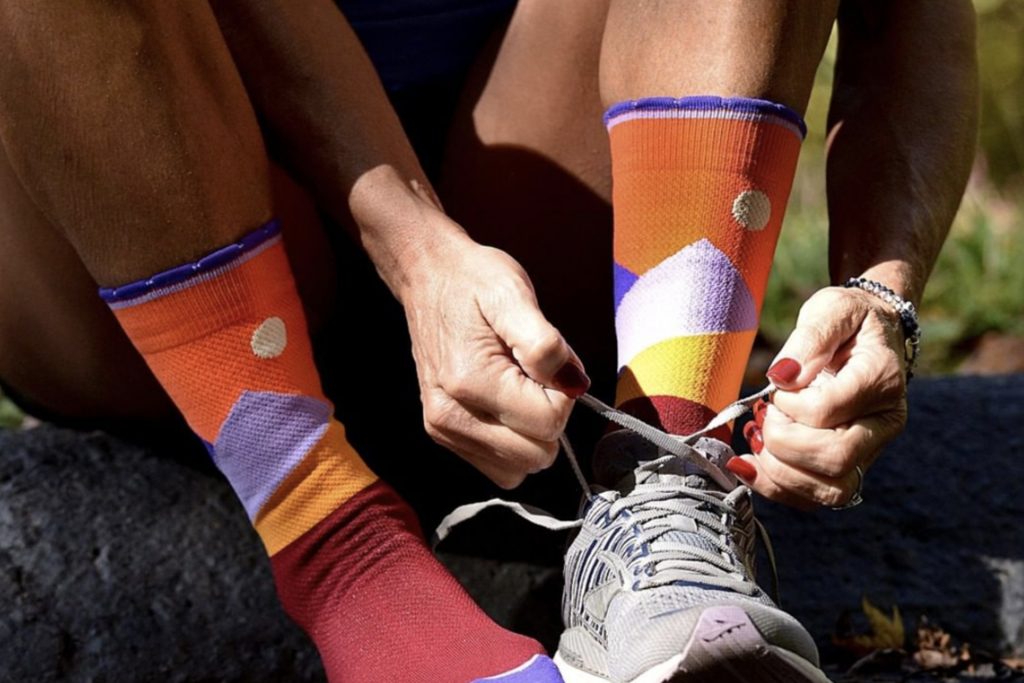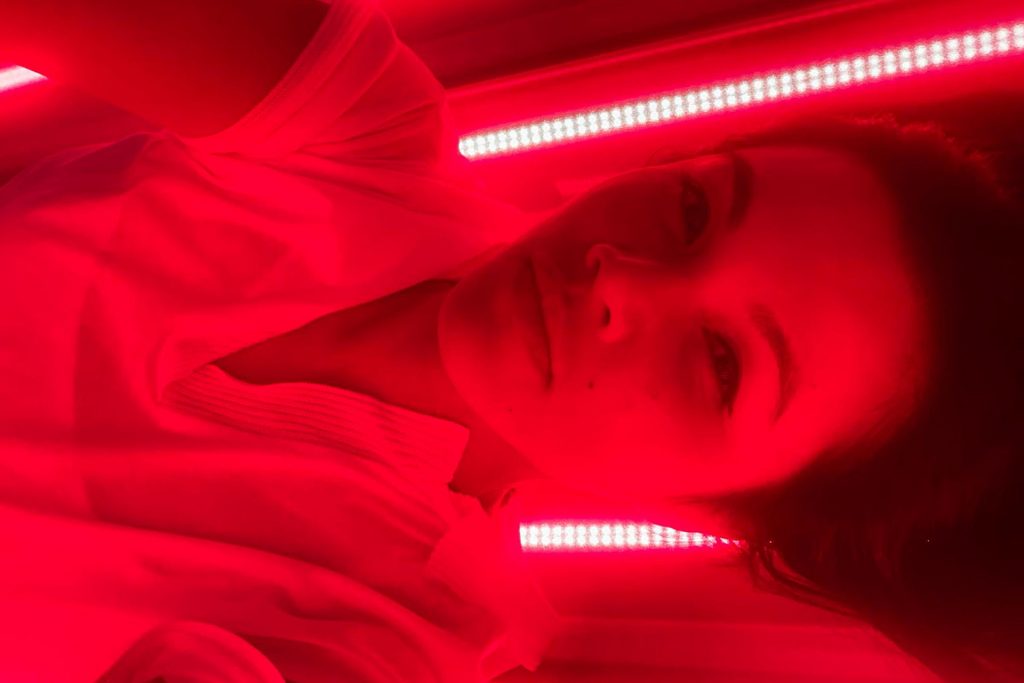Teeing Off: A Golfer’s Elbow Overview
Welcome to the world of golfer’s elbow, where mastering the nuances of your swing is just part of the game! Reducing the strain on the forearm muscles that attach to your inner elbow is crucial for achieving that perfect swing and avoiding the pain and frustration of a golfer’s elbow. So, let’s dive into how you can fine-tune your technique and keep those elbows in top shape with diverse golfer’s elbow treatments!
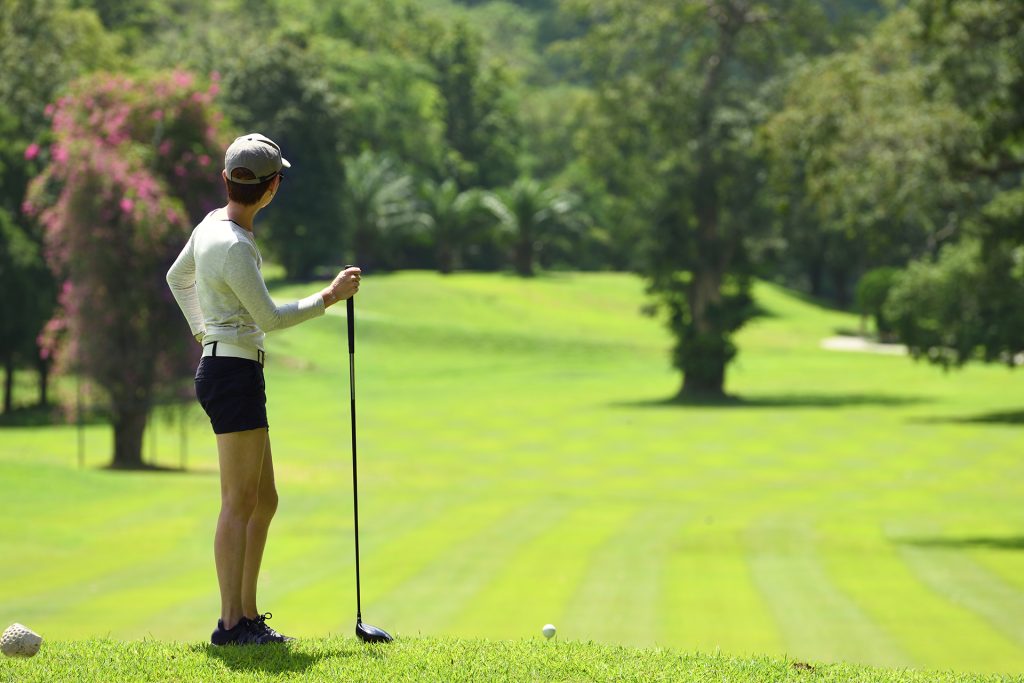
Spotting the Culprit: Decoding Golfer’s Elbow
Many tales from the golf course aren’t just about that impossible shot or the missed putt. Sometimes, they’re about a mysterious pain named golfer’s elbow, a term that’s gained traction beyond the greens. Strip away the name, and what are we left with?
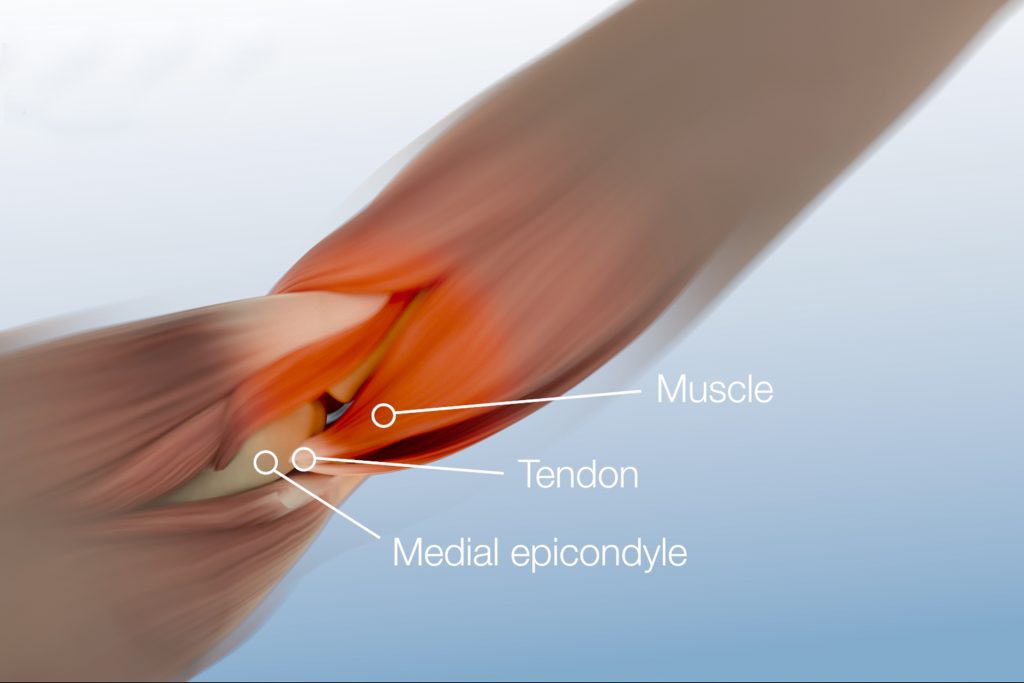
You might’ve heard it being called the ‘golfer’s elbow’ or by its medical term, medial epicondylitis. While it may sound like something only golfers get, this condition, despite its name, is not limited to only those who frequent the golf course. Yes, even non-golfers can get it!
But what is golfer’s elbow caused by?
Golfer’s elbow refers to the inflammation of the tendons that connect the forearm to the elbow. The pain typically centers around the bony bump inside the elbow, potentially radiating into the forearm.
How can you tell if that twinge after the 18th, or 9th, hole is just from an off-day or if it’s the real golfer’s elbow deal?
Golfer’s elbow symptoms go beyond just pain inside the elbow. They might include stiffness in the elbow and numbing sensations radiating to one or more fingers, usually the ring and little fingers.
There are a few other telltale signs to watch out for:
- An elbow that’s not too keen on moving in the morning.
- A sudden ‘weakling’ feeling in your hands or wrists (and no, it’s not because of that missed birdie putt).
- Maybe a tingle or two, especially towards your ring or little finger.
- And, if you find that pain acting up when you’re doing the simplest things — like shaking hands, turning a doorknob, or swinging that club — it might be time to get it checked.
Diagnosing the golfer’s elbow involves more than just recounting the patient’s symptoms. Our physical therapists often begin with a thorough review of the patient’s medical history, understanding your lifestyle and habits, followed by a physical examination. This might involve applying pressure to the affected area or asking the patient to flex their wrist. In cases where the diagnosis is ambiguous, therapists might recommend imaging tests, such as X-rays or MRIs, to rule out other potential conditions or get a clearer view of any tendon damage.
By the end of the evaluation, our team will better understand how to advise on a treatment plan that may include prescribed strengthening exercises, adjunctive treatments and potential lifestyle adjustments to get back to your A-game on the course.
Do I Have Golfer’s Elbow or Tennis Elbow?
You might wonder, “Isn’t that the same as tennis elbow?” Well, not quite.
A common mistake is to confuse golfer’s elbow with its counterpart, tennis elbow, which affects the outer part of the elbow.
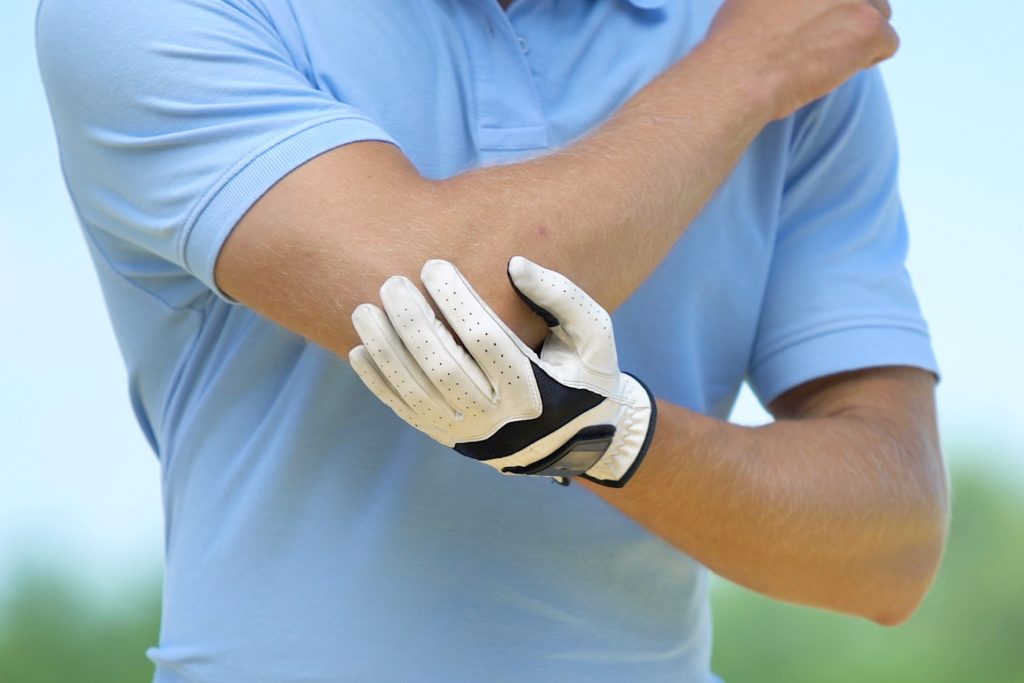
While both can be a real pain – literally! – and stem from overuse and repetitive motion, their point of origin and the nature of activities that lead to them differ. Tennis elbow typically stems from activities that require repeated wrist extension, affecting the outer elbow. In contrast, the etiology of golfer’s elbow is caused by activities that demand flexing the wrist for gripping onto something firmly, impacting the inner side.
Consulting with our sports physiotherapist will help determine whether you’re dealing with tennis or golfer’s elbow, and ensuring proper treatment for your dysfunction.
Behind the Swing: Origins of Golfer’s Elbow
Let’s journey into the backdrop of this all-too-familiar golfer’s gripe.
Every ailment has its origin story, and golfer’s elbow is no different. At its core, golfer’s elbow (or medial epicondylitis, to be more exacting!) is all about inflammation. Those tendons in your forearm, crucial for gripping and wrist flexion, can become inflamed from overuse or strain.
How does a golfer, even with the busiest schedules, land up with this condition? Often, it’s not just the amount of golf you play but also how you play it.
It’s tough to admit, but sometimes our beloved sport can be a pain — especially if we make some common swing mistakes. Here are a few missteps that can put you in the golfer’s elbow club:
- The Overzealous Grip: Squeezing that club like it owes you money? A too-tight grip increases the stress on your tendons.
- Improper Technique: A swing that’s more ‘hack’ than ‘grace’ can put undue pressure on the elbow.
- Overdoing It: While practice makes perfect, over-practicing with an already sore elbow won’t win you any medals—or birdies.
- Playing Through Pain: We admire the spirit, but sometimes, the best play is sitting out and healing.
Spotting and correcting these habits early can keep you on the course and off the injury list.
Swing Recovery: Treating Golfer’s Elbow with Physical Therapy
For those who live and breathe golf, that persistent elbow discomfort can throw off your game. It might not just be one off-kilter swing but the cumulative toll of many. Whether it stems from an isolated error or the gradual wear of repeated rounds, today’s golfer has a spectrum of conventional and modern remedies.
Physical therapy offers a remedy for golfer’s elbow. Adhering to prescribed exercises can spell the difference from persistent discomfort to a pain-free swing as a comprehensive therapeutic approach to getting rid of golfer’s elbow.
It’s more than just a treatment. It’s a journey that empowers individuals to grasp their body’s innate movements and self-healing capabilities by enhancing strength, flexibility, and mobility. Typical interventions encompass stretching, strengthening routines, hands-on therapy and adjustments in daily activities.
In a sport where the bounce of the ball can be influenced by the wind, the grass, and even the humidity, we understand the value of nature. The same goes for recovery. For some, relief from a golfer’s elbow comes not from a pill bottle but from age-old practices, be it natural treatments for golfer’s elbow such as Lymphatic Drainage or newer modalities such as dry needling, INDIBA Radiofrequency or Shockwave Therapy.
Book an Appointment
INDIBA®: A Deep Dive Into This Innovative Approach to Treat Golfer’s Elbow
INDIBA therapy might be beneficial in addressing inflammation from conditions like golfer’s elbow, primarily through its thermal actions. One of its significant effects is increasing blood flow. This increase in circulation speeds up the removal of inflammatory mediators and ensures more effective delivery of essential nutrients for tissue repair.
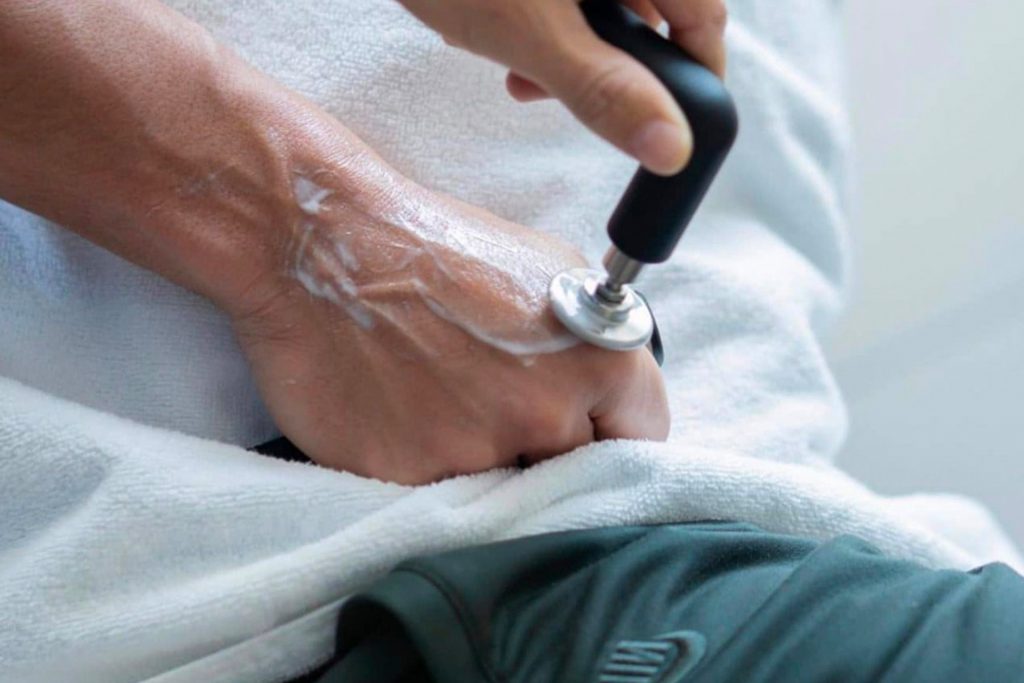
Moreover, INDIBA also has demonstrated its ability to alleviate pain in clinical research. It achieves this by influencing nerve endings and potentially modifying the pain signals relayed to the brain.
Alongside pain relief and cellular rejuvenation, the warmth produced by INDIBA increases tissue elasticity. This added flexibility proves beneficial, particularly before undergoing manual therapy or engaging in mobilization exercises, as it allows the tissues to become more pliable.
Beyond just the warmth, INDIBA’s athermal (or subthermal) effects play a pivotal role in healing. The non-invasive radiofrequency energy bolsters cellular activity, stimulating the natural tissue repair and regeneration processes. This results in enhanced tissue oxygenation and increased cell permeability, promoting an optimal exchange of oxygen and nutrients at the cellular level. This is especially vital in addressing the recurring microtears often seen in inflammatory conditions.
Additionally, stimulating collagen production — often considered an aesthetic treatment — is a crucial protein for maintaining tissue structure and integrity to aid in tendon repair as a golfer’s elbow treatment.
Book an Appointment
Shockwave Therapy for Chronic Golf Elbow Conditions
For every golfer who’s found themselves grimacing more at elbow pain than a missed putt, here’s a little insight. When we talk about ‘chronic’ golfer’s elbow, we are referring to symptoms that persist for an extended period, typically several months or longer, despite attempts at treatment or rest.
Unlike the brief aches we all get from a day of hauling groceries or overdoing garden work, chronic inflammation is like that relative who overstays their welcome: persistent, and sometimes, quite troublesome.
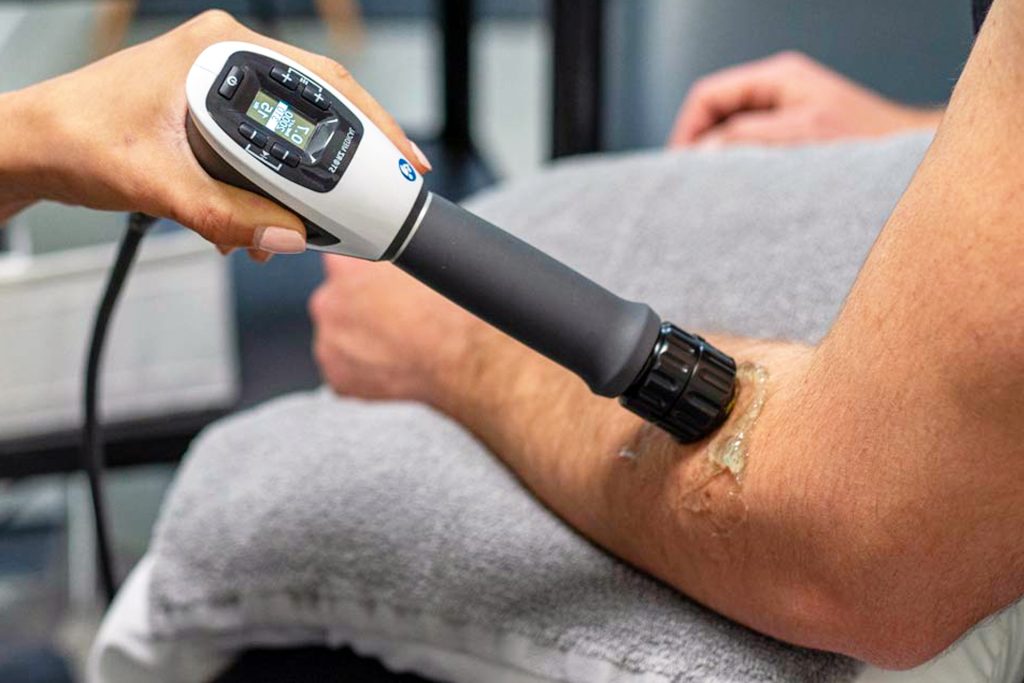
Over time, chronic inflammation can lead to degenerative changes in the affected tendon and muscles. Instead of healthy, aligned collagen fibers, the tendon may display disorganized, thickened or even thinned areas.
Here’s an interesting tidbit. As your body tries its best to heal itself, calcium may get deposited at the injury site. This natural response can be seen in various injuries, not just golfer’s elbow. But sometimes, our body’s natural response can exacerbate the already painful condition.
If our team identifies issues deep within the tendon or if previous treatments haven’t effectively addressed them, focal Shockwave Therapy may be the ideal choice due to its targeted, deep-penetrating capabilities. However, if the primary concern is addressing inflammation without calcifications, or if such calcifications are only surface-level, we might lean towards radial Shockwave Therapy as a solution on how to fix golfer’s elbow fast.
Both radial and focal Shockwave Therapies can benefit the golfer’s elbow. Still, the choice between them often depends on the specific characteristics of the patient’s condition and the presence or absence of calcifications.
Book an Appointment
Sports Massage Can Be An Essential Golfer’s Elbow Treatment
The passion for the game often comes with its physical challenges. The consistent strain on the forearm muscles can lead to debilitating pain, hindering performance and diminishing the joy of the sport.
Integrating sports massage into their routine can be a decisive step that extends beyond physical well-being, ensuring that the golfer’s elbow doesn’t come between you and your passion for the game.
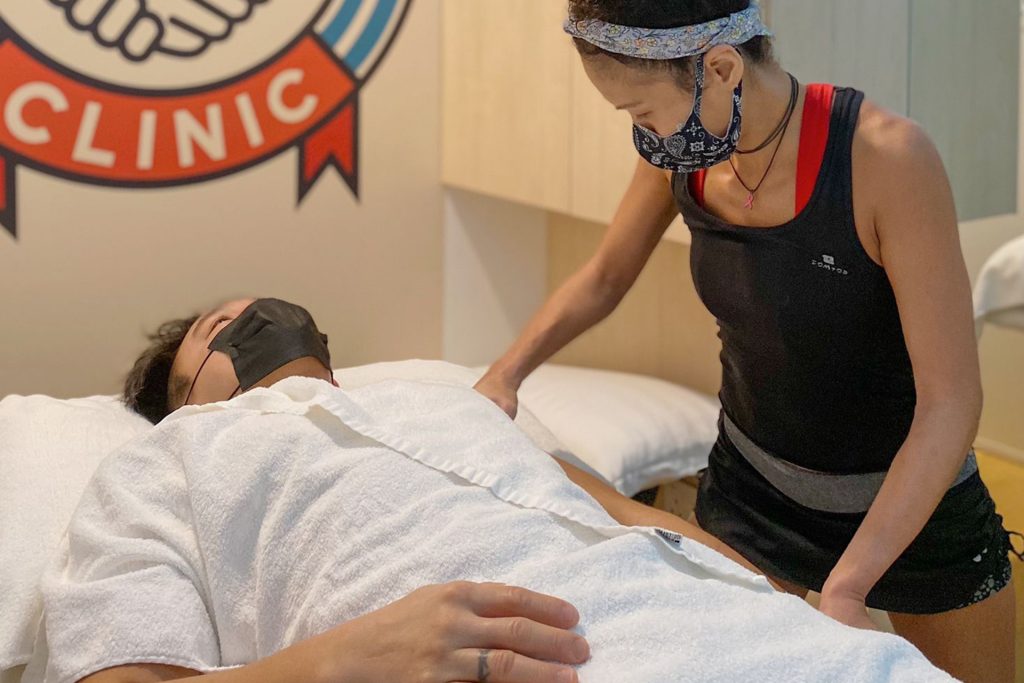
Sports massage is a targeted, therapeutic intervention designed to address the specific stresses and strains experienced by athletes. Unlike general massages, a sports massage by a trained therapist can alleviate tension, easing the medial triceps trigger point that’s often responsible for pain.
This targeted manipulation not only provides immediate relief but also aids in increasing blood circulation to the region. Enhanced blood flow accelerates the body’s natural healing processes, reducing inflammation and promoting muscle repair.
Furthermore, the proactive nature of sports massage cannot be understated. Regular sessions can serve as a measure to prevent golfer’s elbow, reducing the risk of re-injury by ensuring that muscles remain supple and tension-free. This proactive approach aids in the early detection of potential issues, allowing for timely intervention.
Dry Needling to Ease Muscles, Relieve Pain
Some patients with golfer’s elbow have found relief from pain and muscle tightness after undergoing dry needling. The idea is that by targeting trigger points or knots in the forearm muscles, which are commonly affected in golfer’s elbow, the treatment can help relax these muscles and alleviate associated pain.
Dry needling may help reduce pain and muscle tightness by interrupting the pain-spasm cycle, increasing blood flow to the targeted areas and stimulating the body’s natural pain-relieving chemicals, like endorphins.
By physically ‘breaking down’ knots or adhesions in the muscle tissue, it can be a valuable tool in treating the golfer’s elbow, as part of a broader therapeutic approach.
Reduce Inflammation with Manual Lymphatic Drainage for Golfer’s Elbow
Beyond the skin lies the lymphatic system, a crucial but often underappreciated component of our well-being. For those battling the persistent discomfort of golfer’s elbow, lymphatic therapy offers a novel approach.
It’s not just about short-term relief. This therapy aims to tackle inflammation at its root, providing both comfort and healing.
The lymphatic system is essential for immune system function. It filters and removes waste products, cellular debris, excess fluids and bacteria. In conditions like golfer’s elbow, where there’s inflammation, the involved tissue will accumulate waste products and inflammatory mediators. Lymphatic drainage aids in the efficient removal of these waste products. Doing so helps reduce the inflammation, which is the root cause of the pain and discomfort.
The lymphatic system might not get the spotlight often, but when it comes to battling golfer’s elbow, it can be your unsung hero. It’s like having a caddie for your body, guiding you away from inflammation and straight to relief.
How Long Does It Take Golfer’s Elbow To Heal?
Golfer’s elbow healing time varies based on severity: mild cases often resolve in 3 to 6 weeks with rest and conservative treatment, while moderate to severe, or chronic instances can take several months and might require surgical intervention,
Regardless of how long recovery might take, scheduling a consultation with our physiotherapy team is essential. They can offer valuable insights and guidance on managing activities, ensuring you don’t inadvertently exacerbate the condition and help prevent its recurrence.
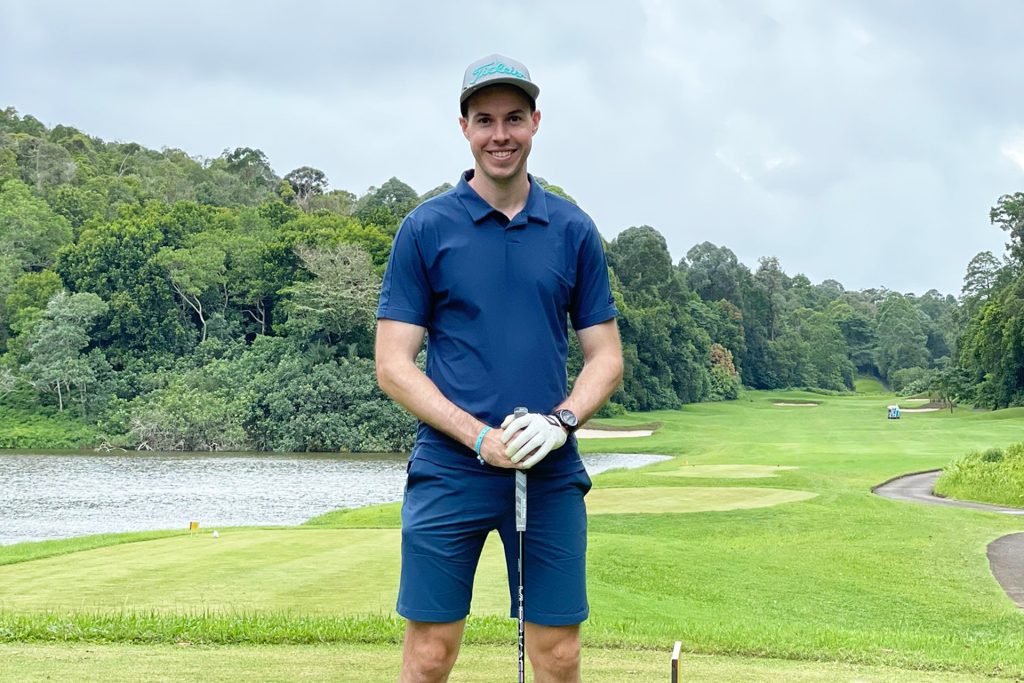
Hailing from the emerald landscapes of Ireland, Liam Mc Ginley enjoys the finesse of golfing greens and is also a senior physiotherapist at HelloPhysio. With a niche expertise in shoulder, knee, foot and ankle ailments, he brings a wealth of knowledge from treating athletes and guiding post-operative patients through rehabilitation. If you’re experiencing golfer’s elbow, schedule a consultation with Liam today.

